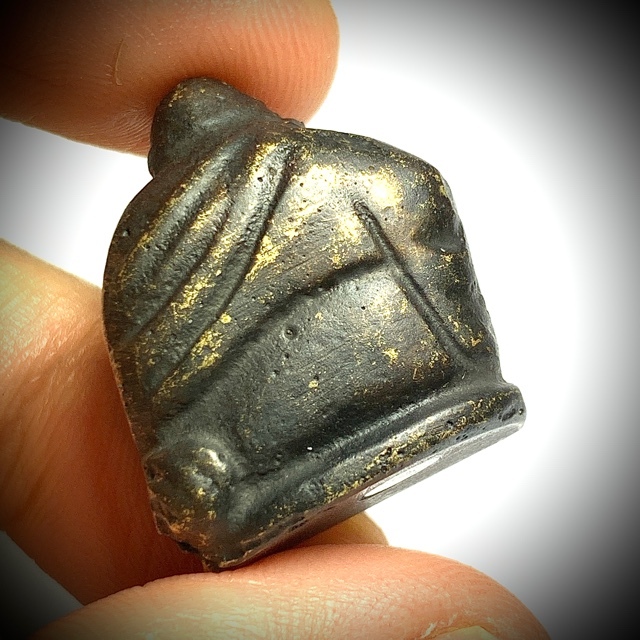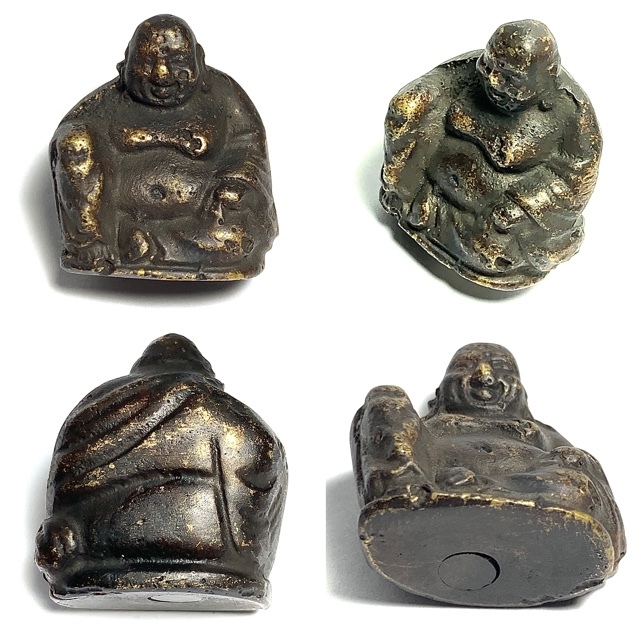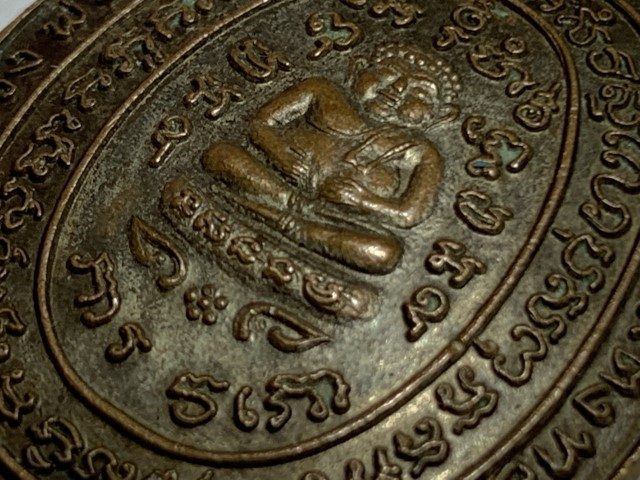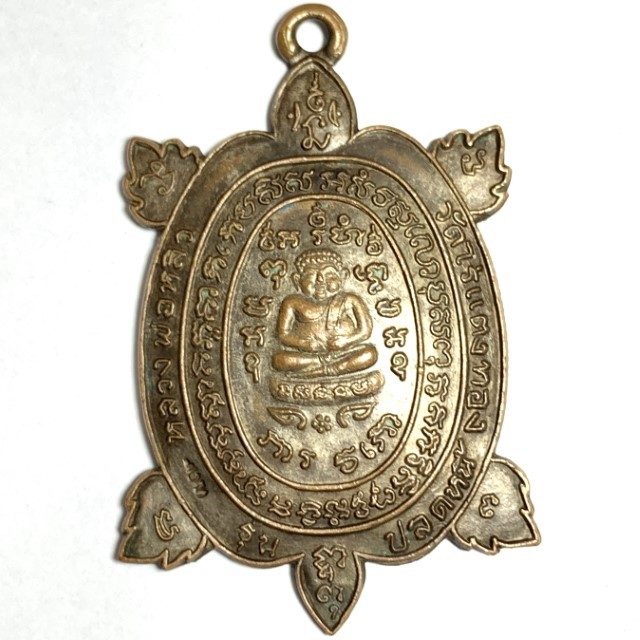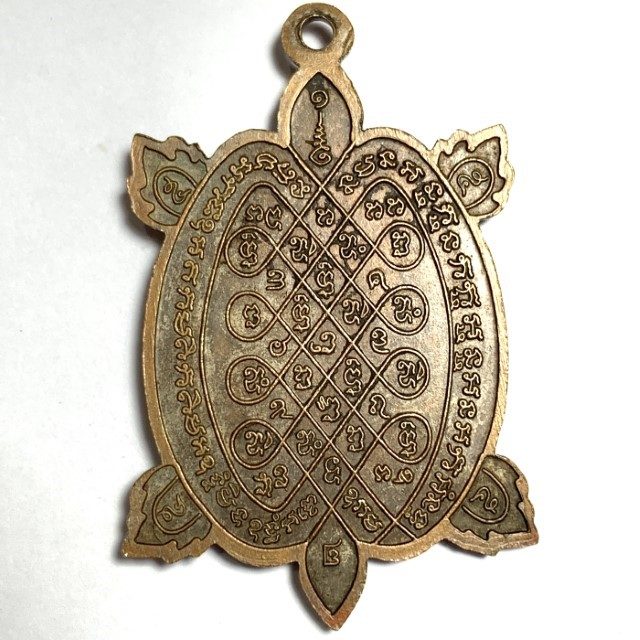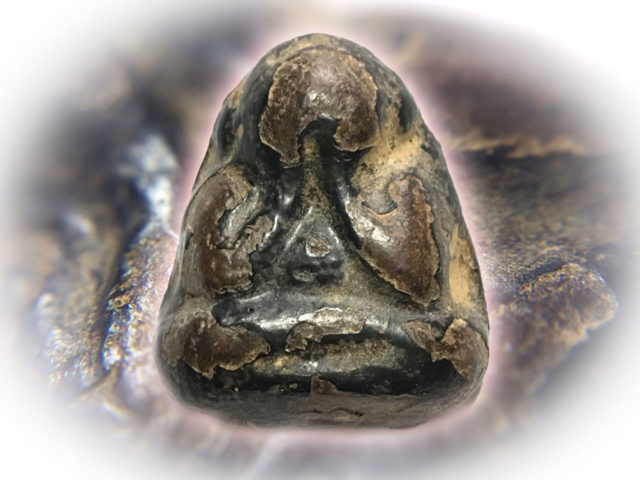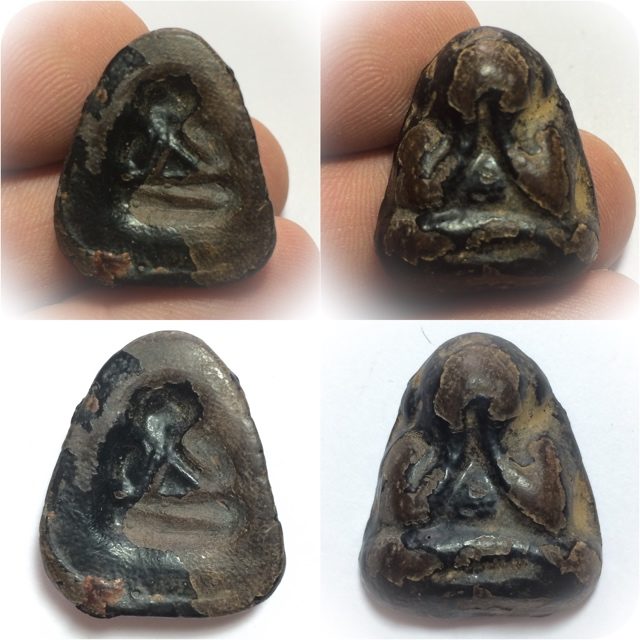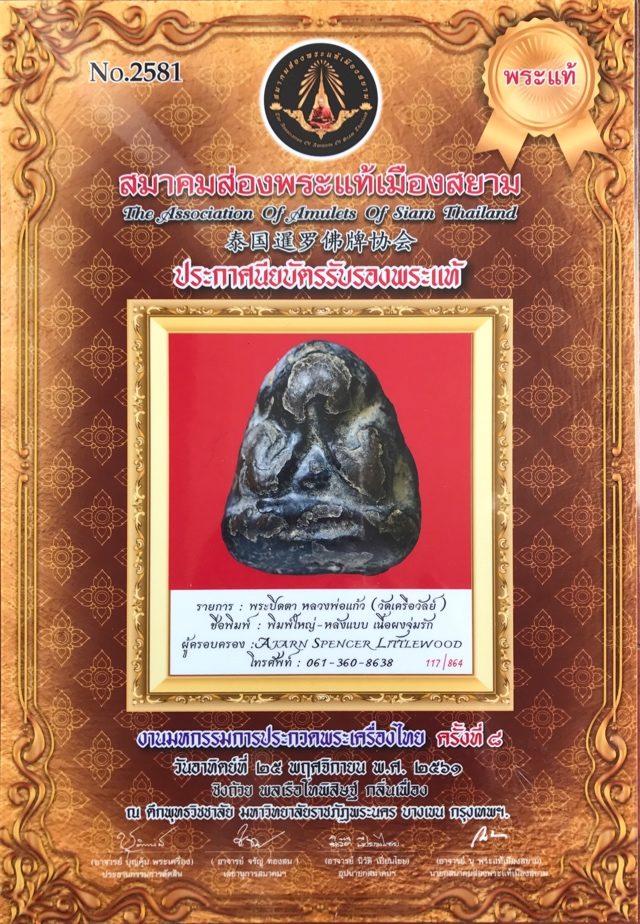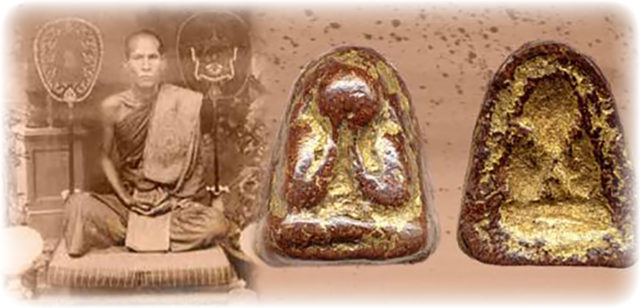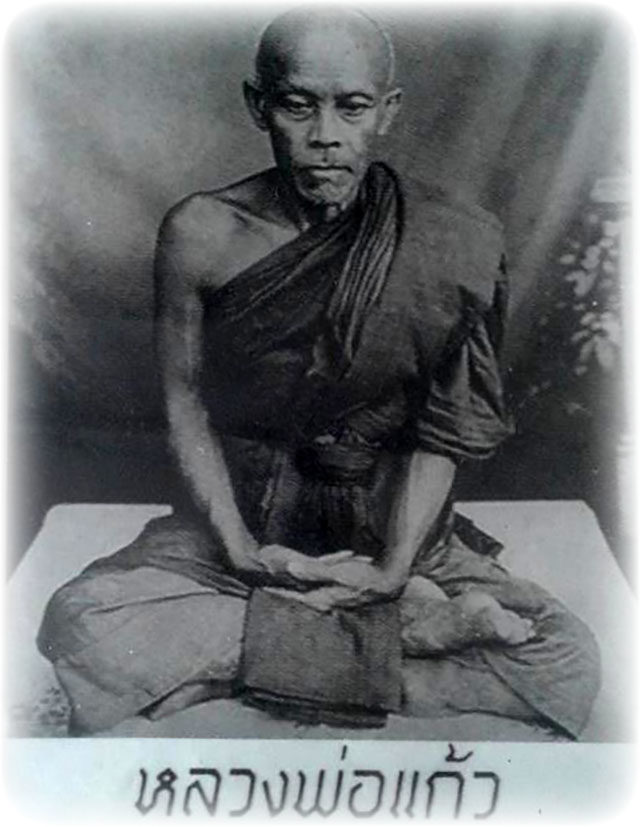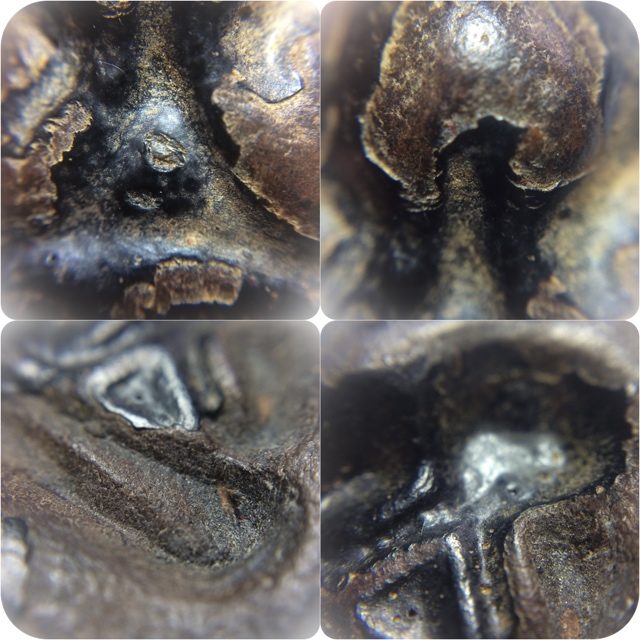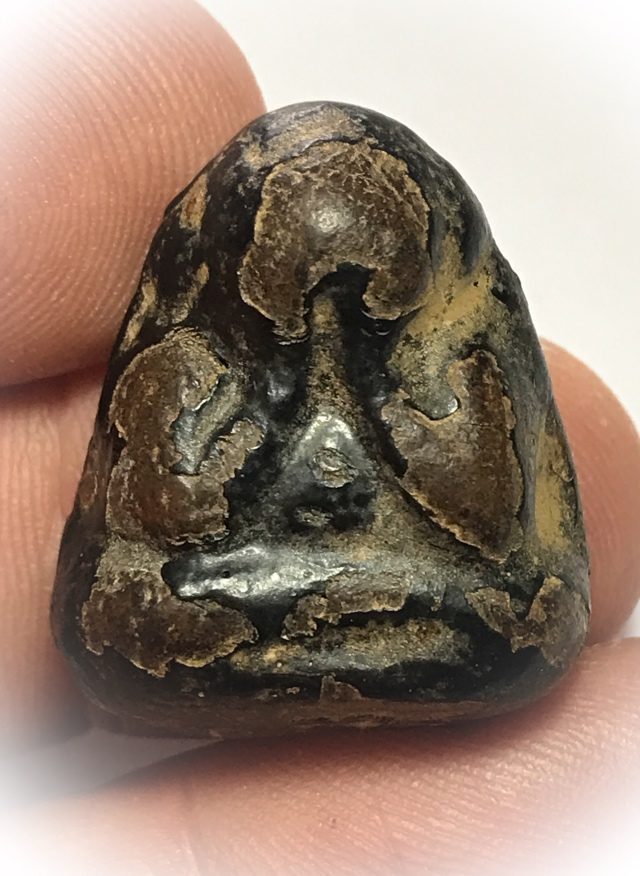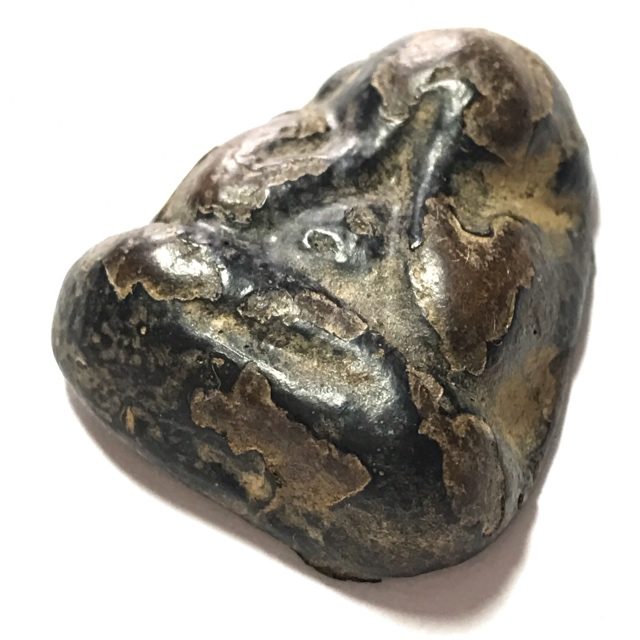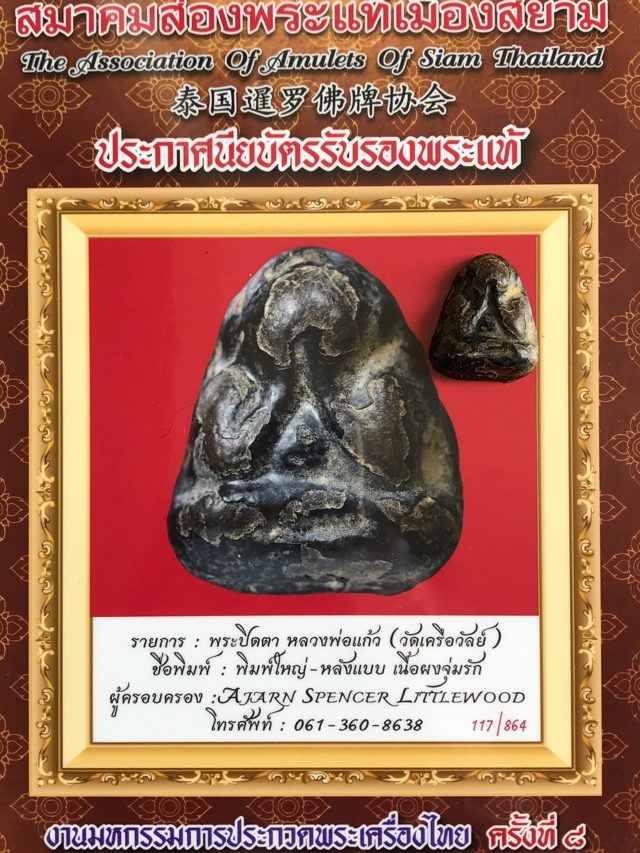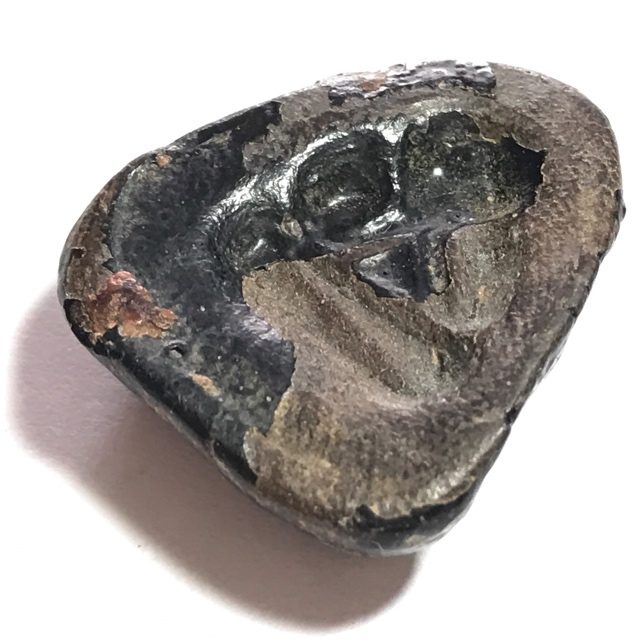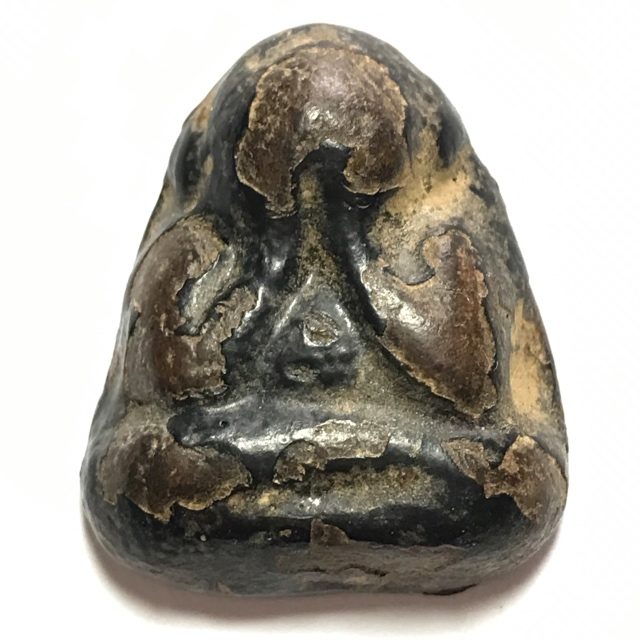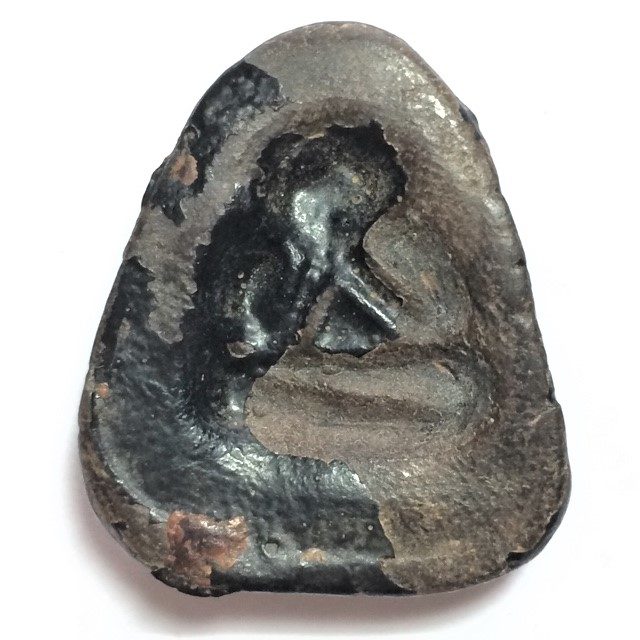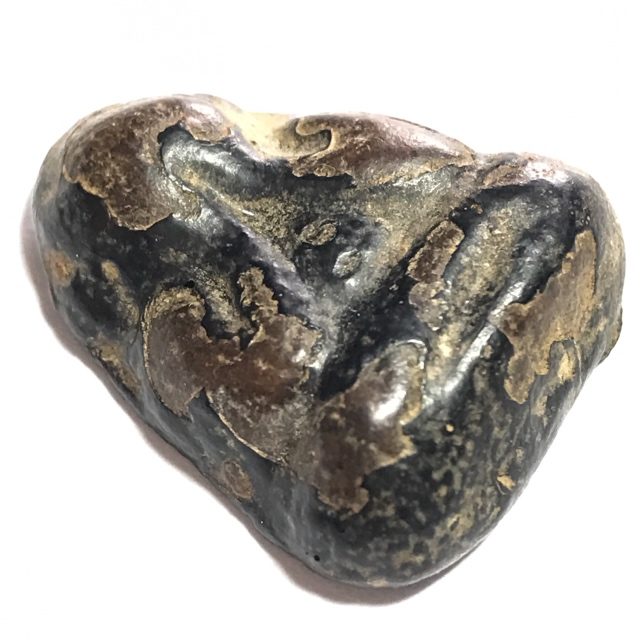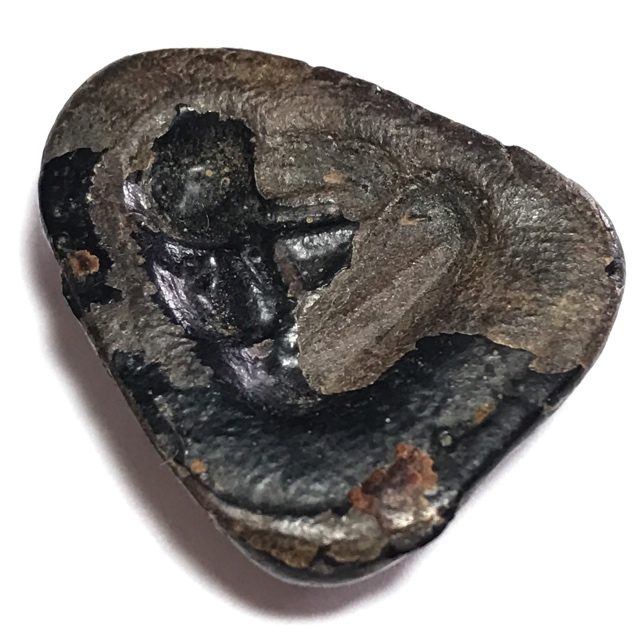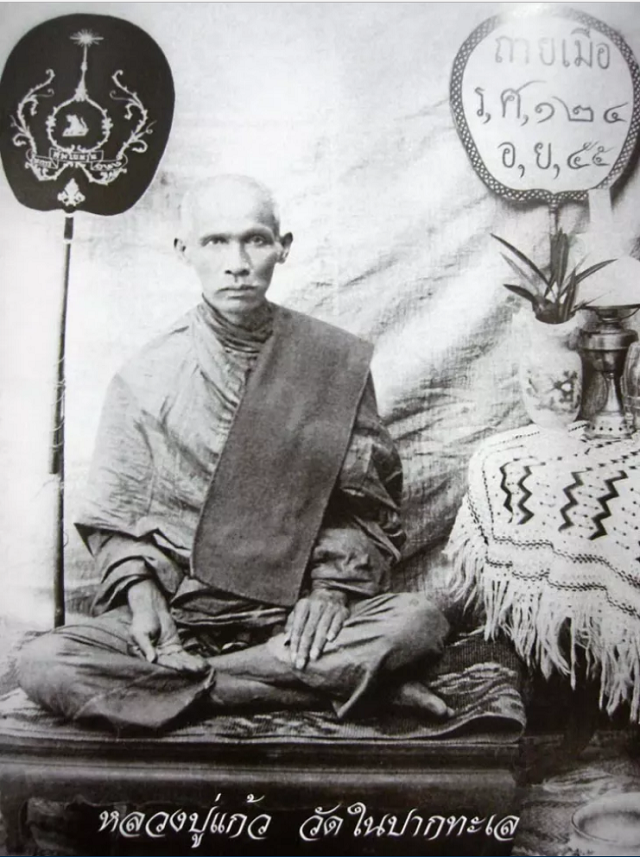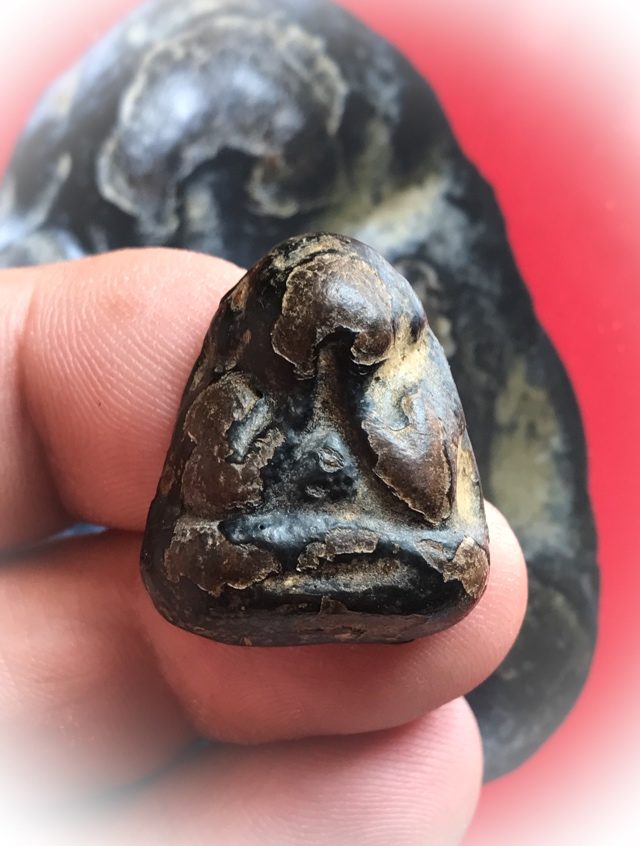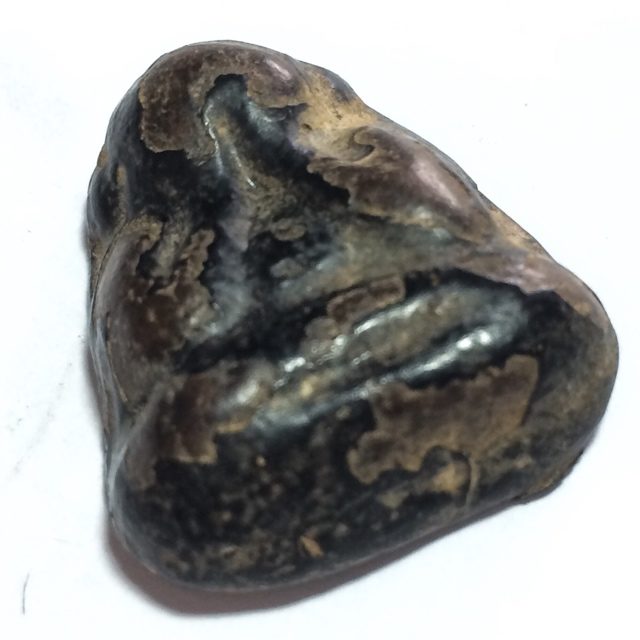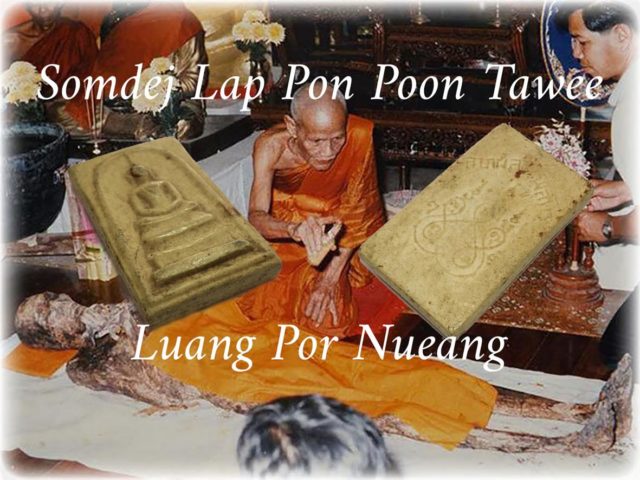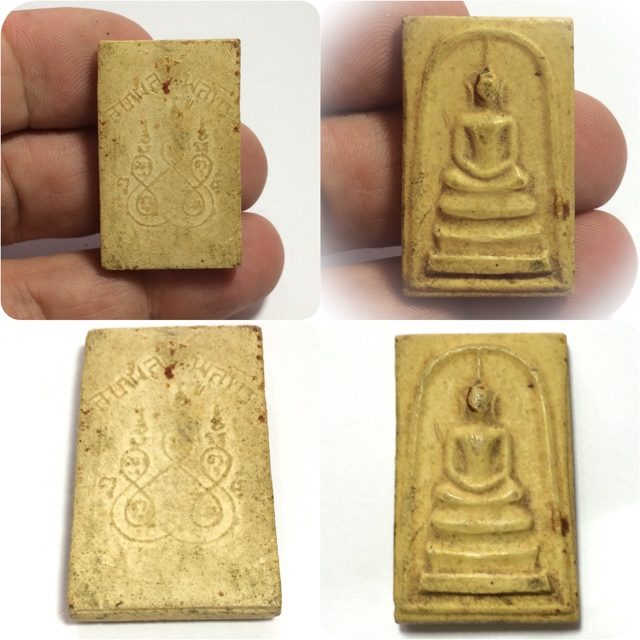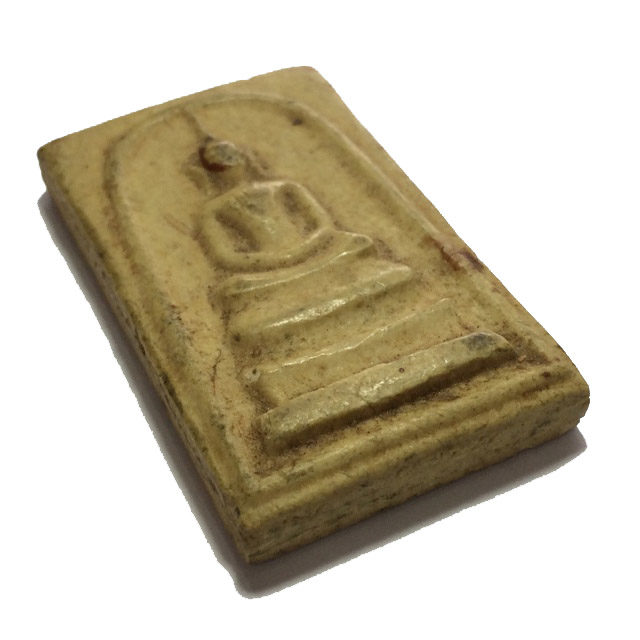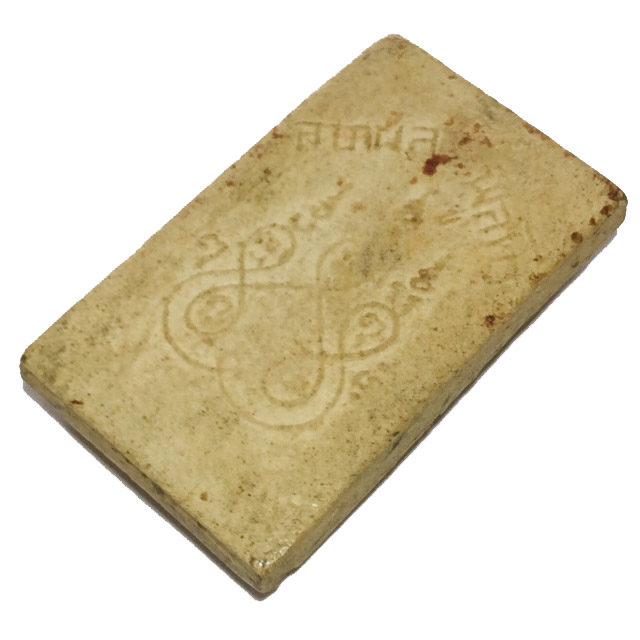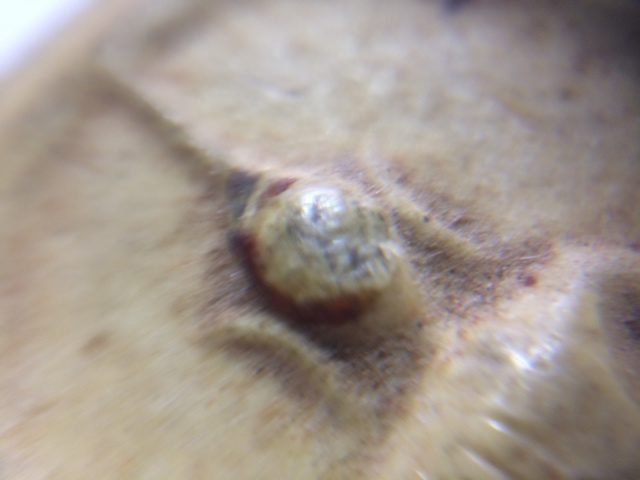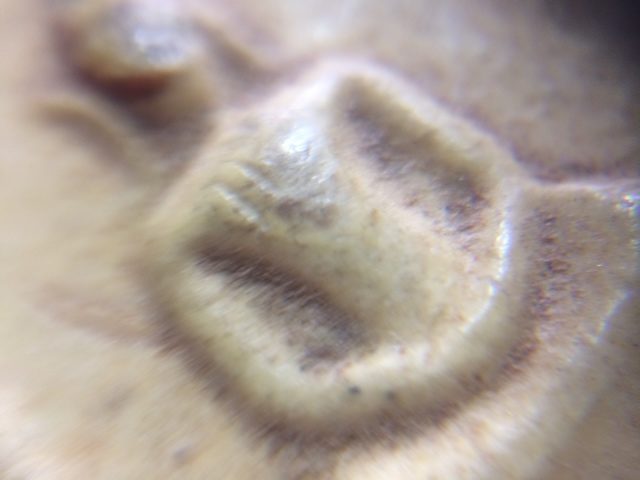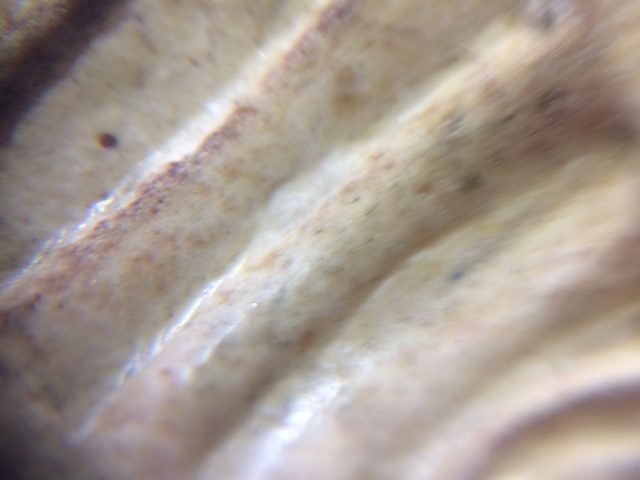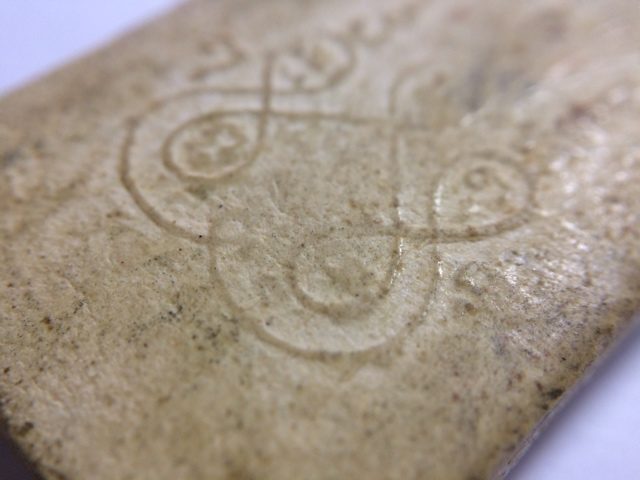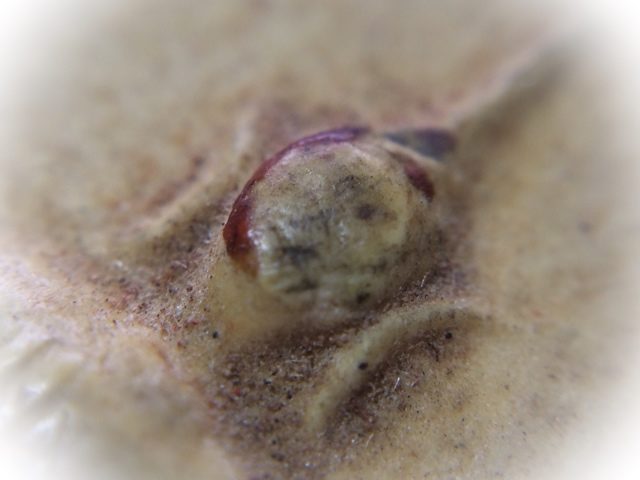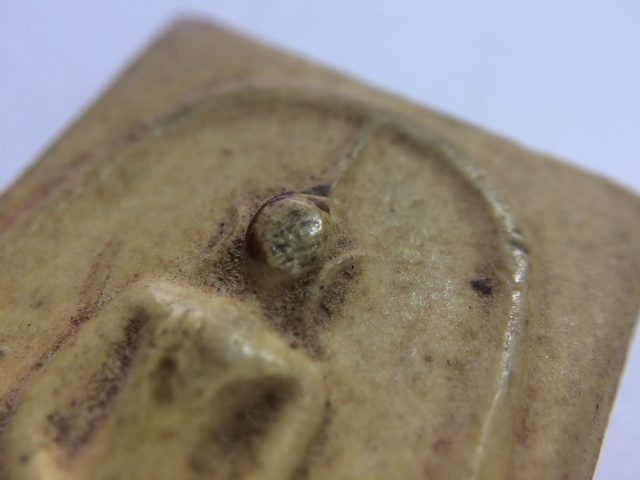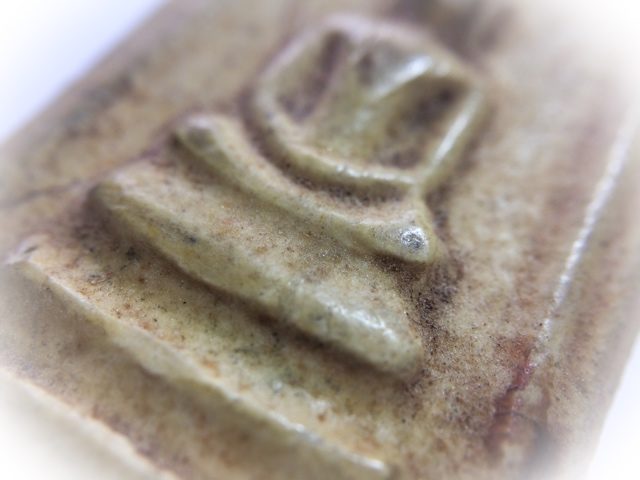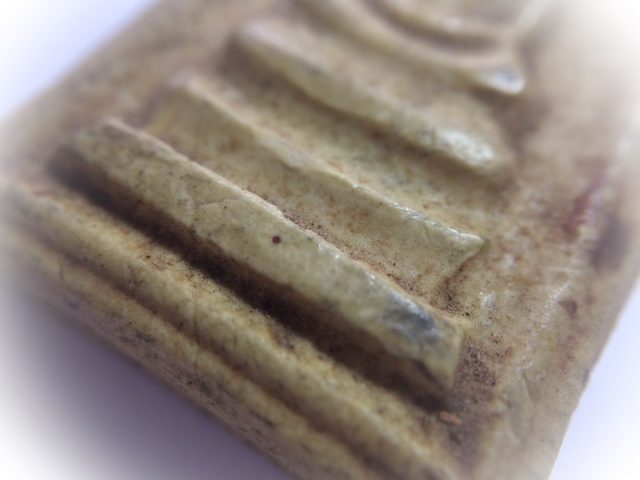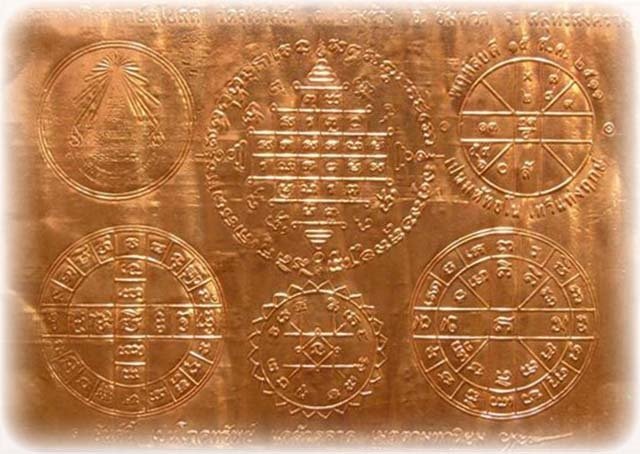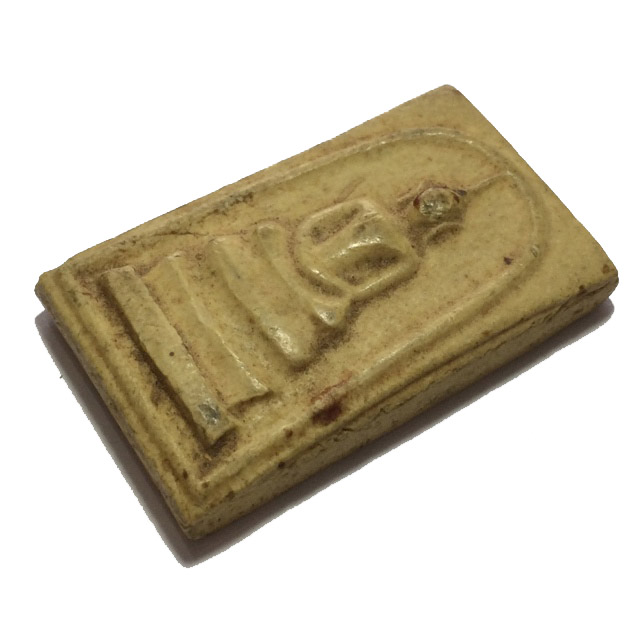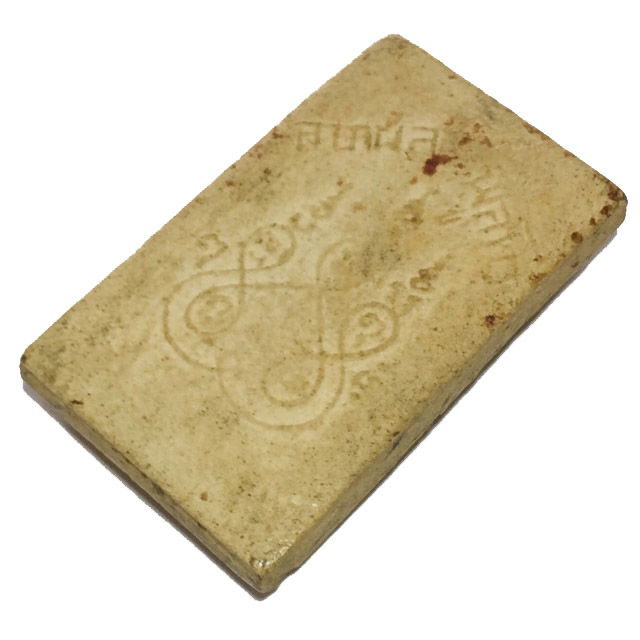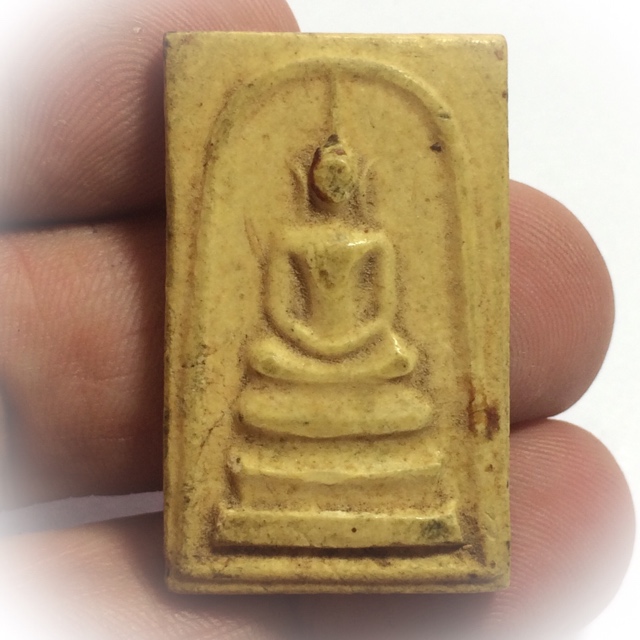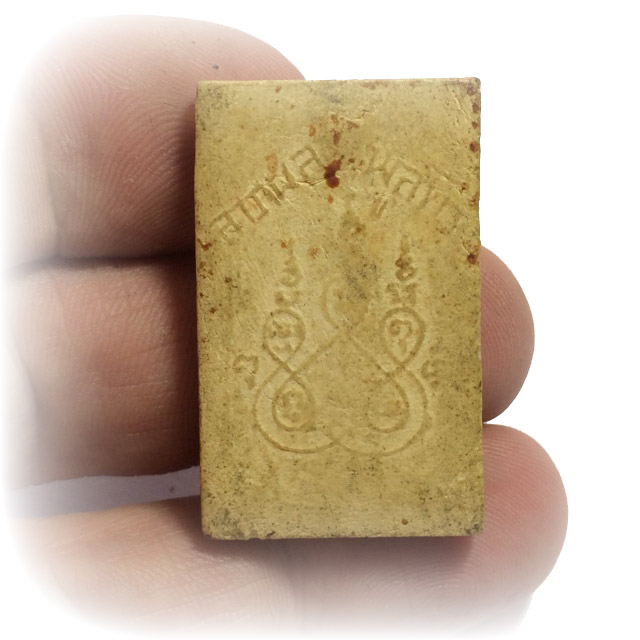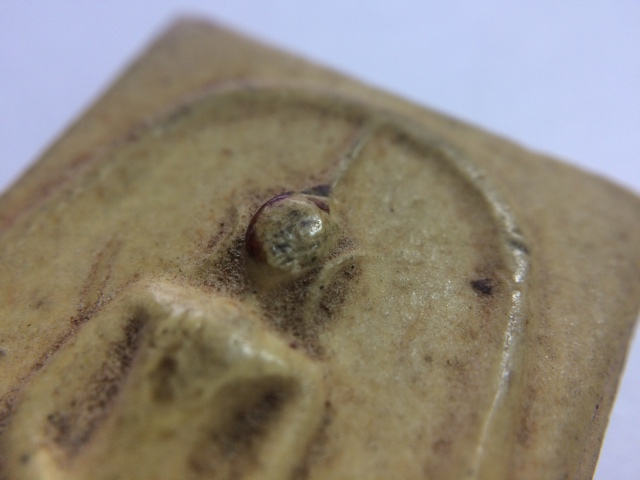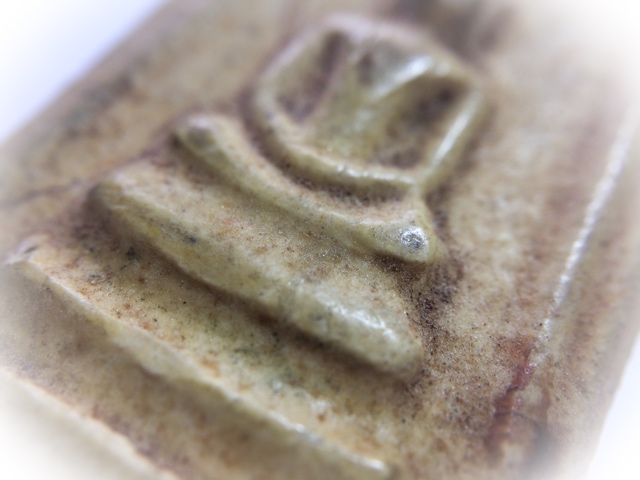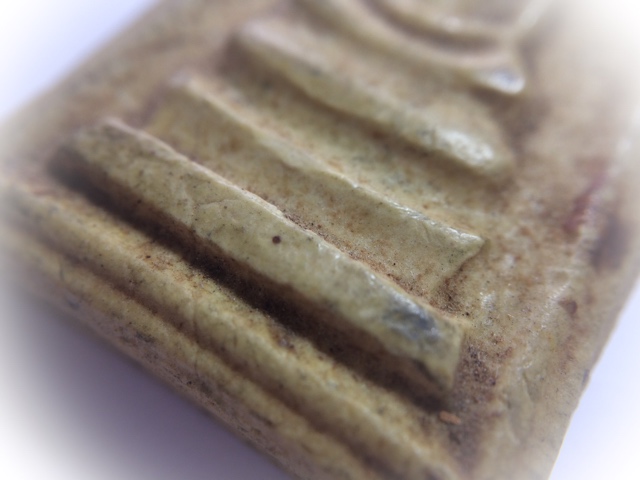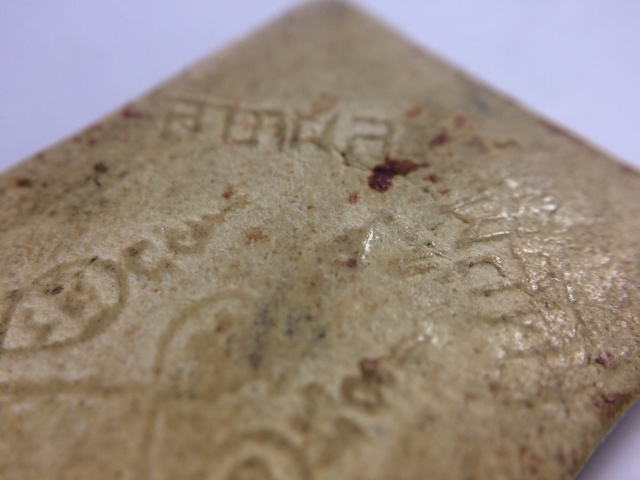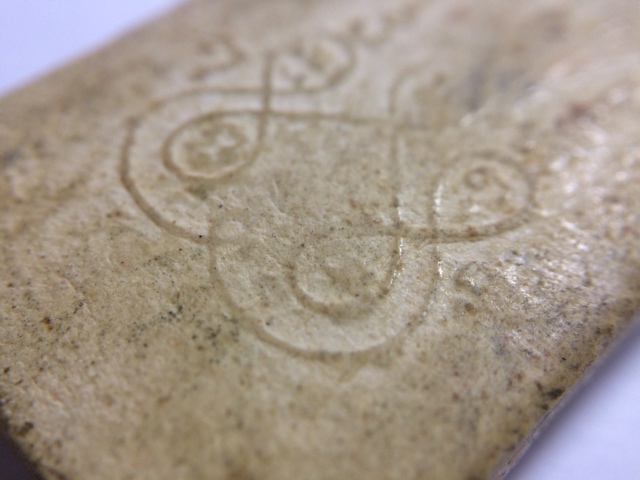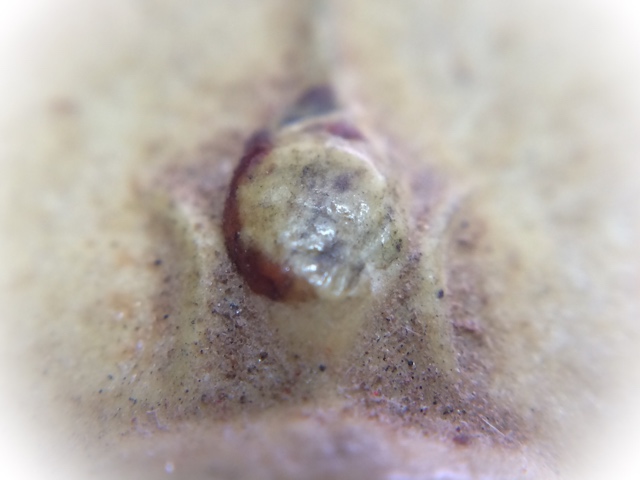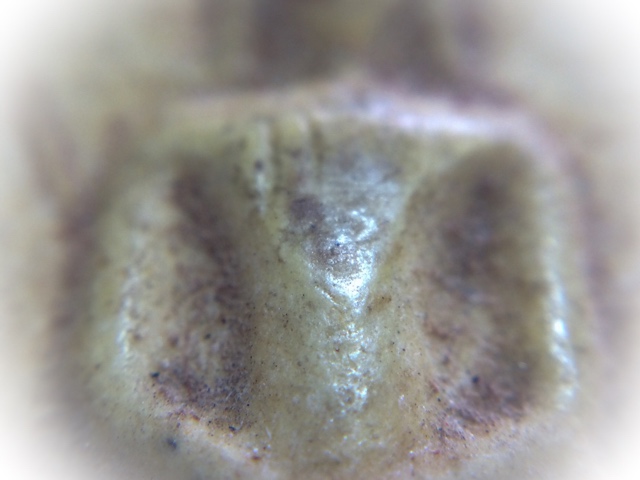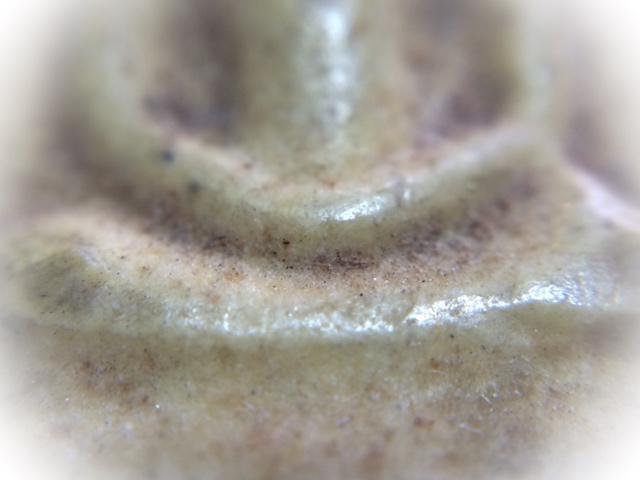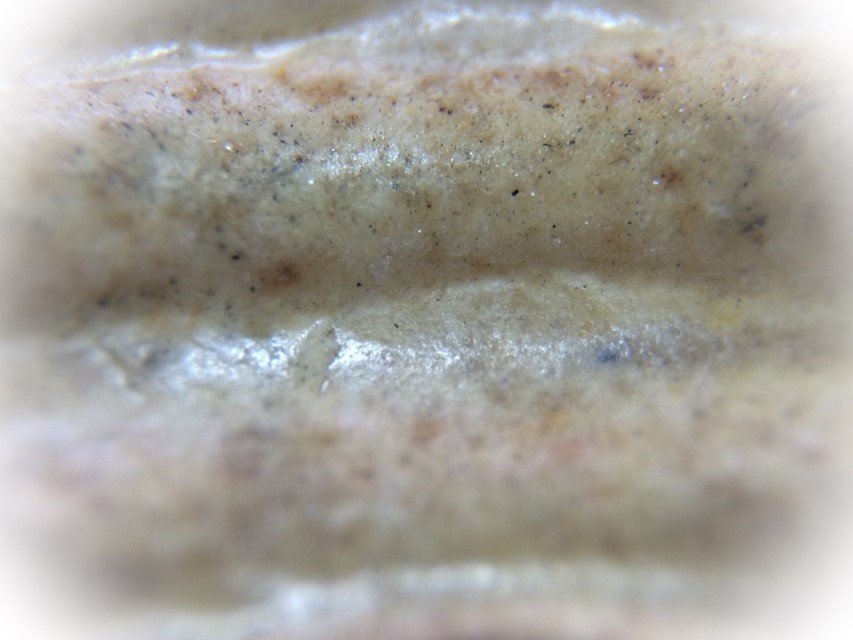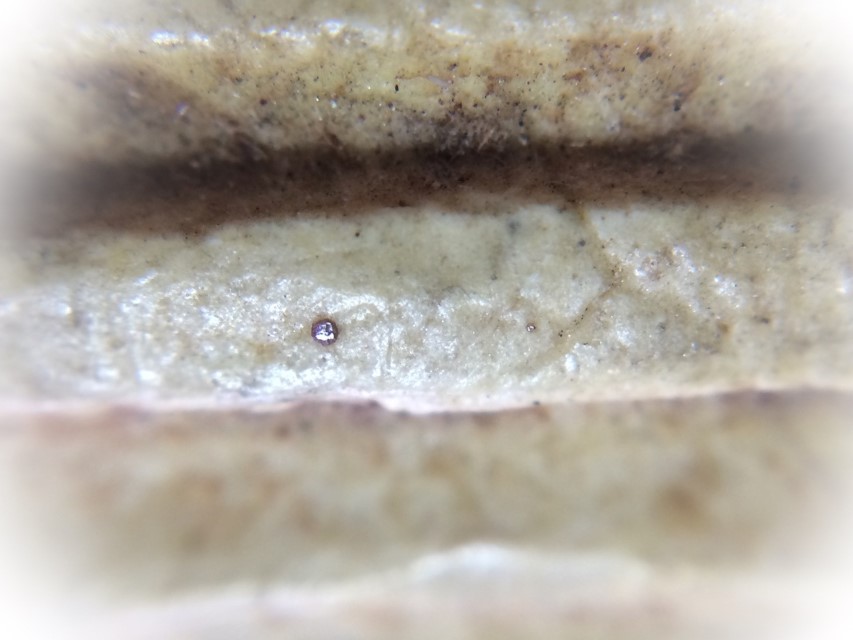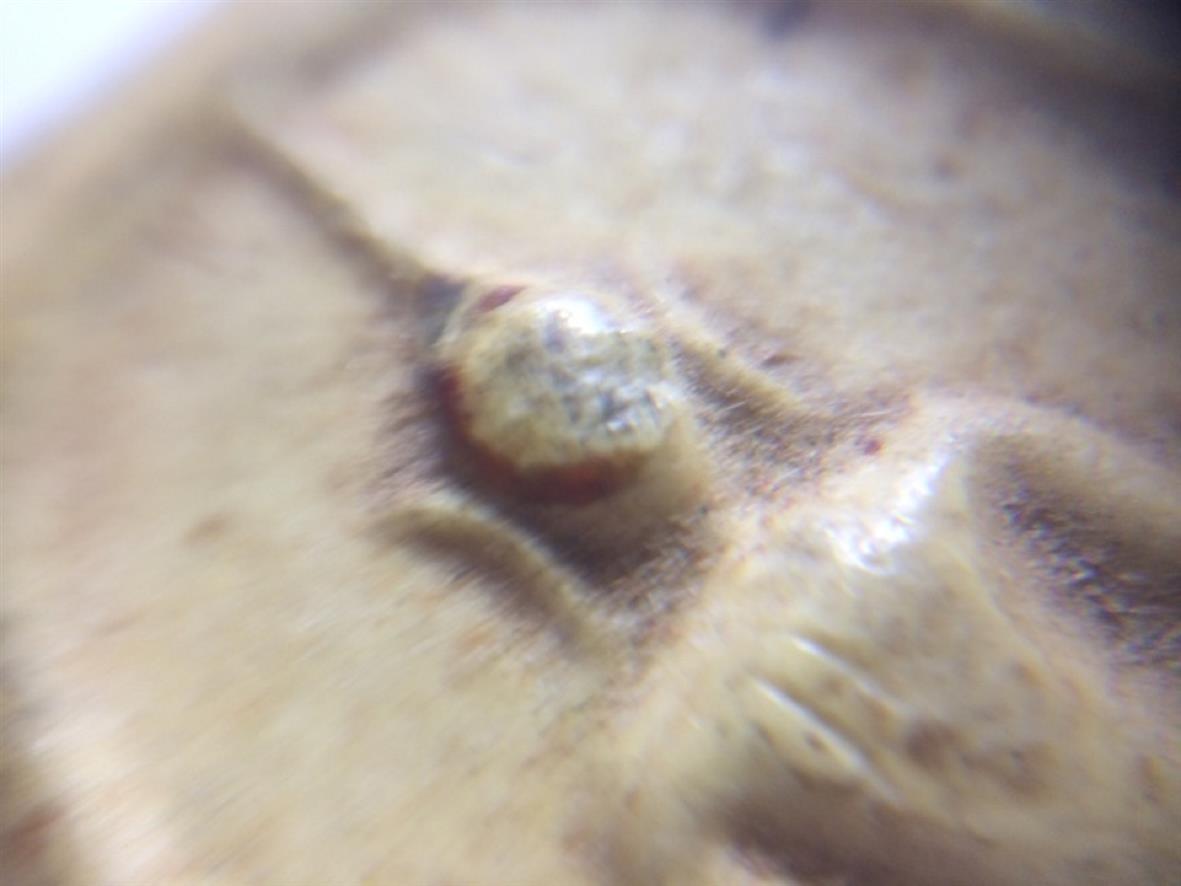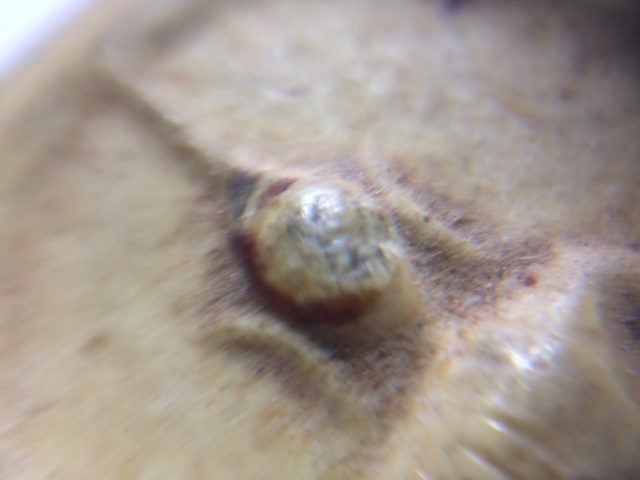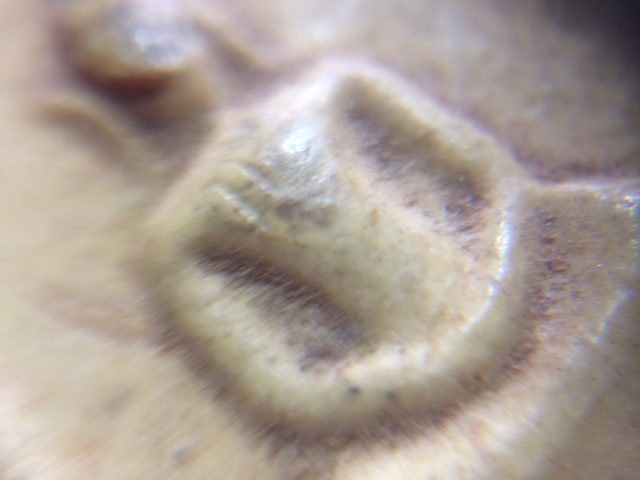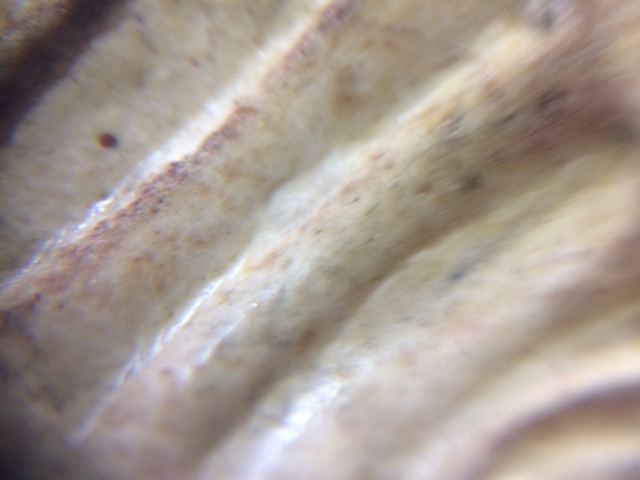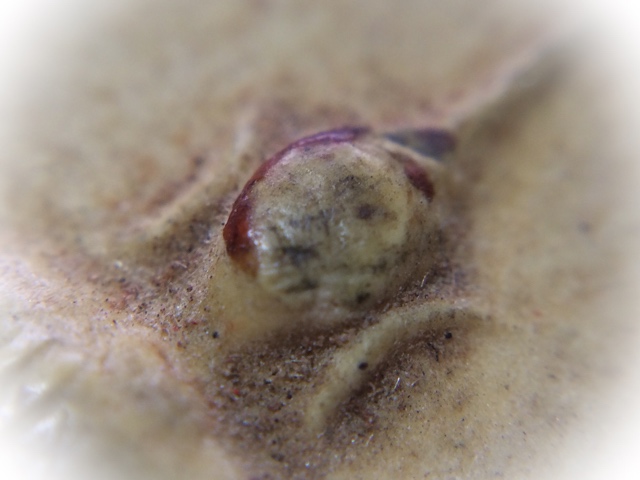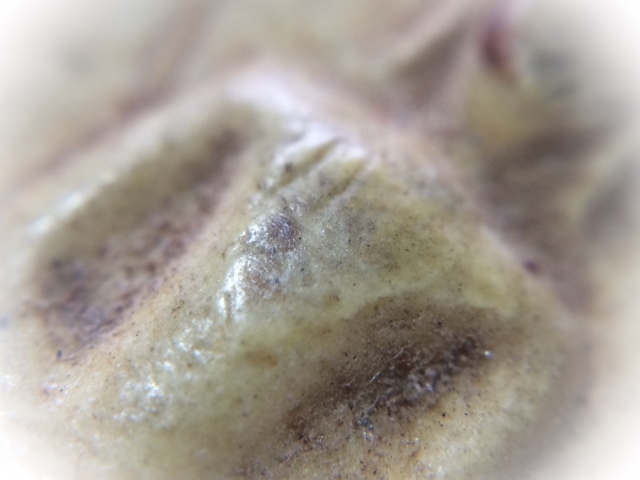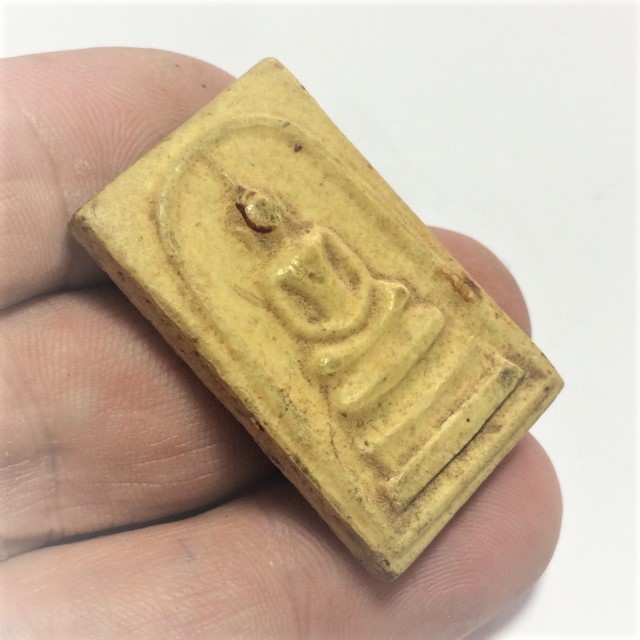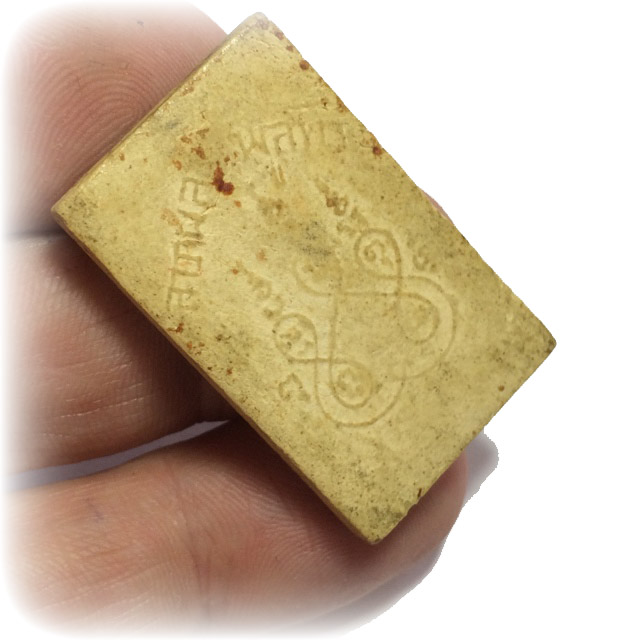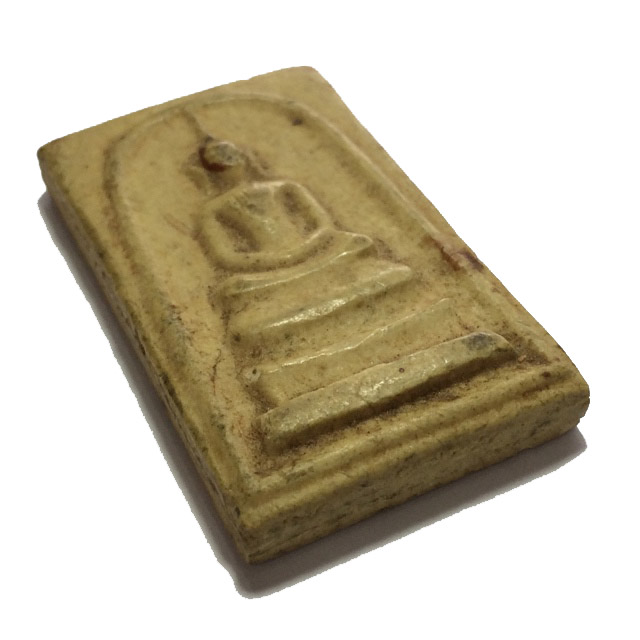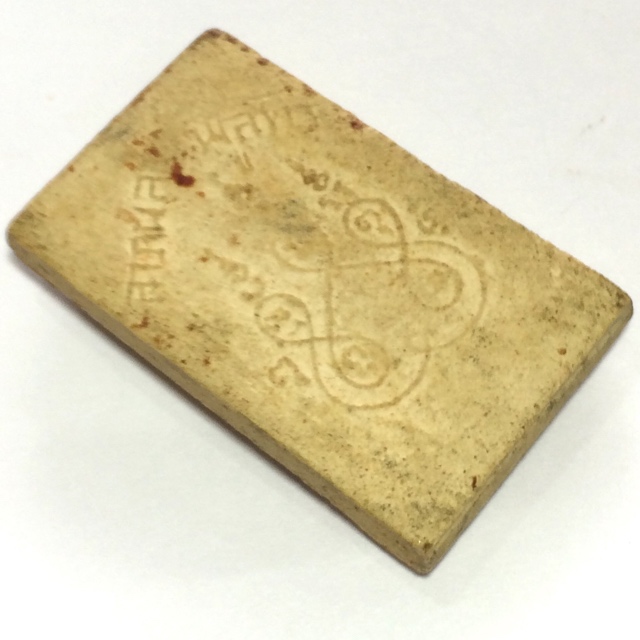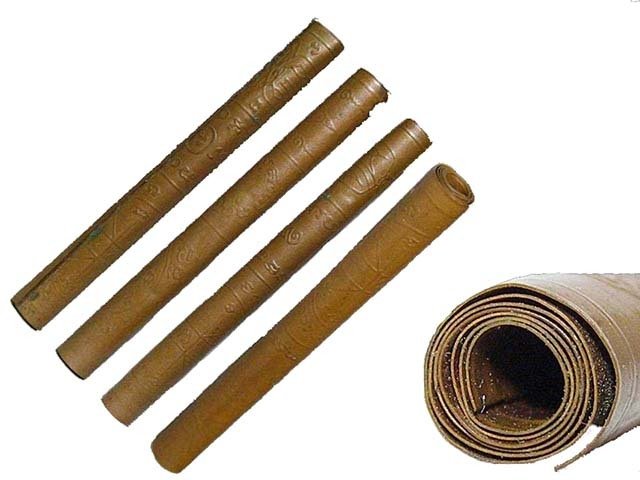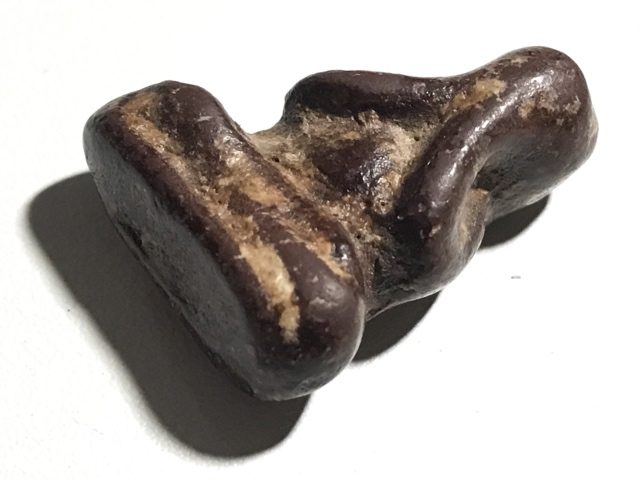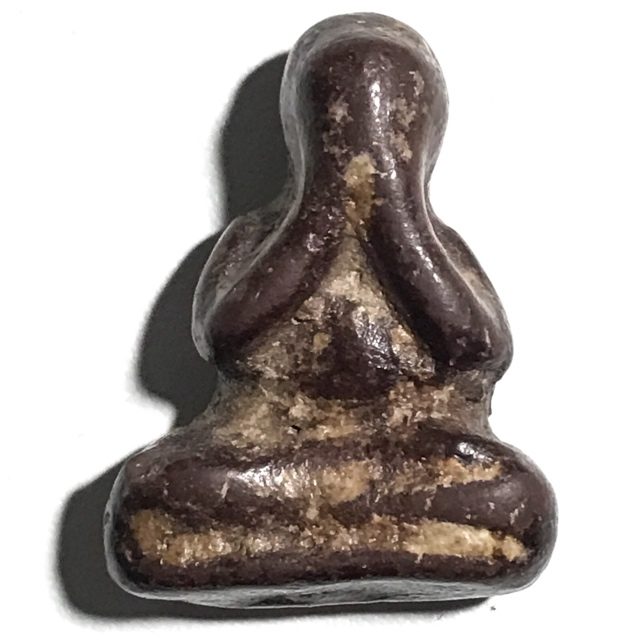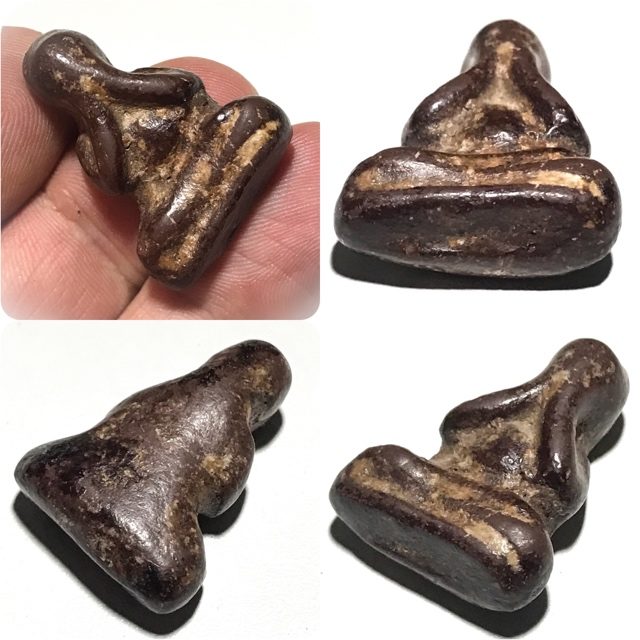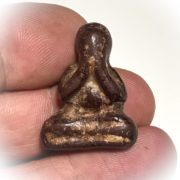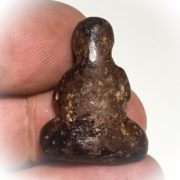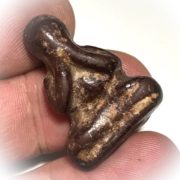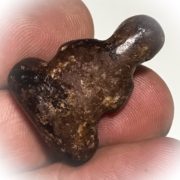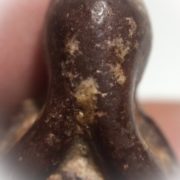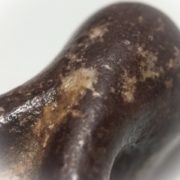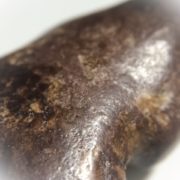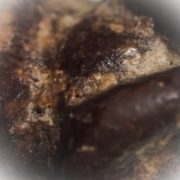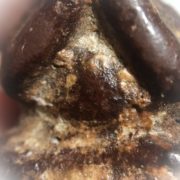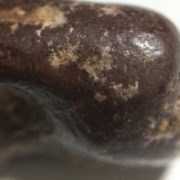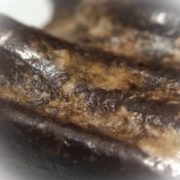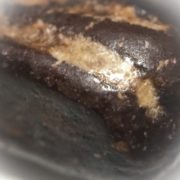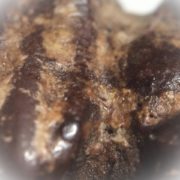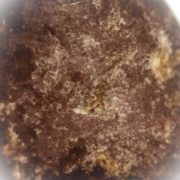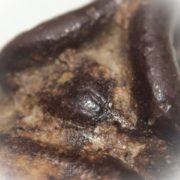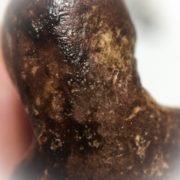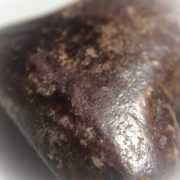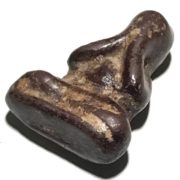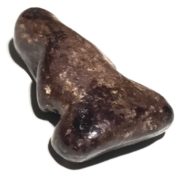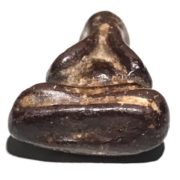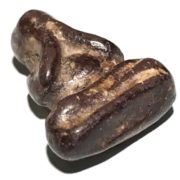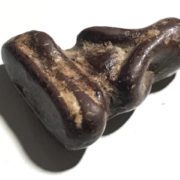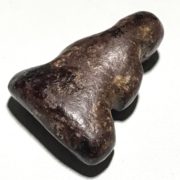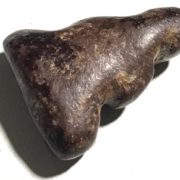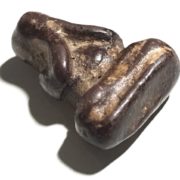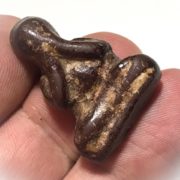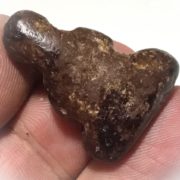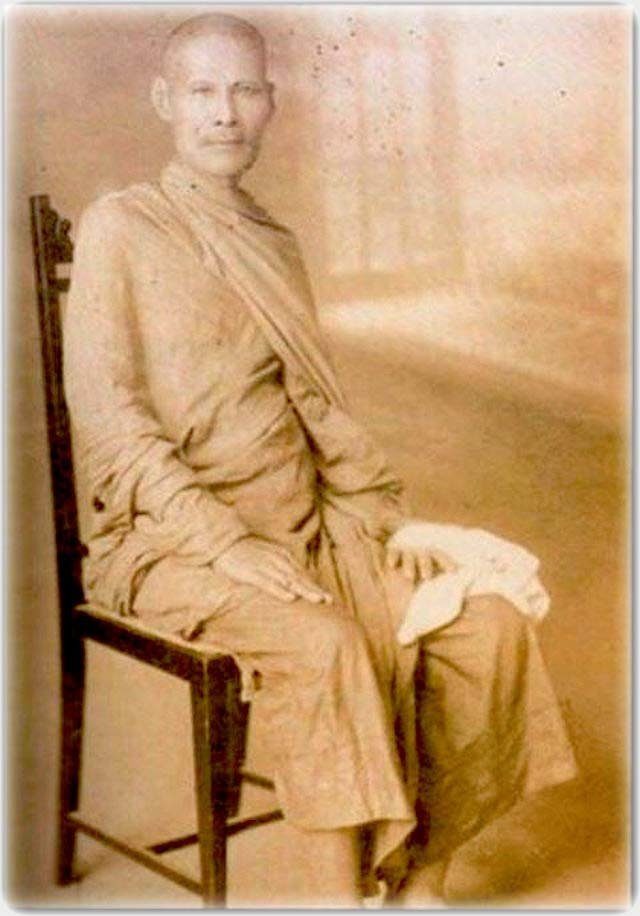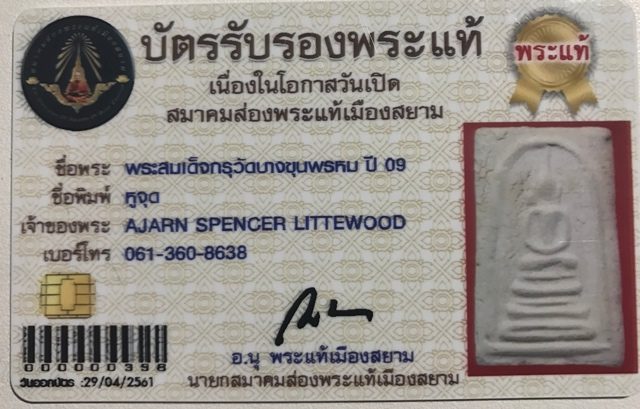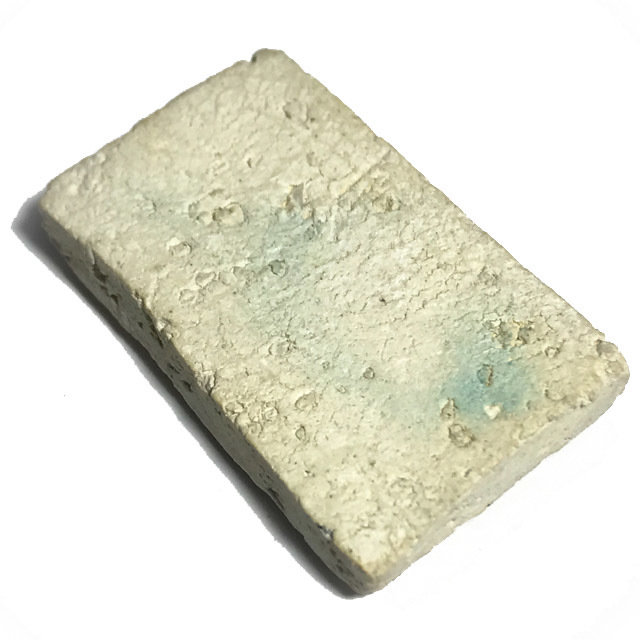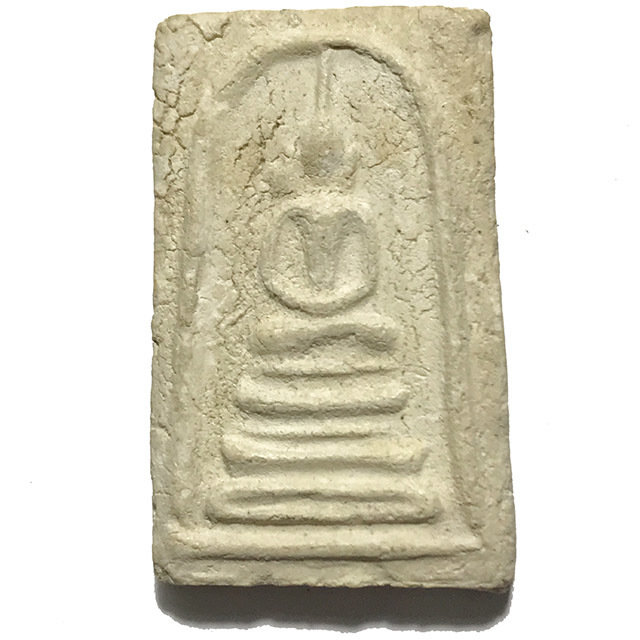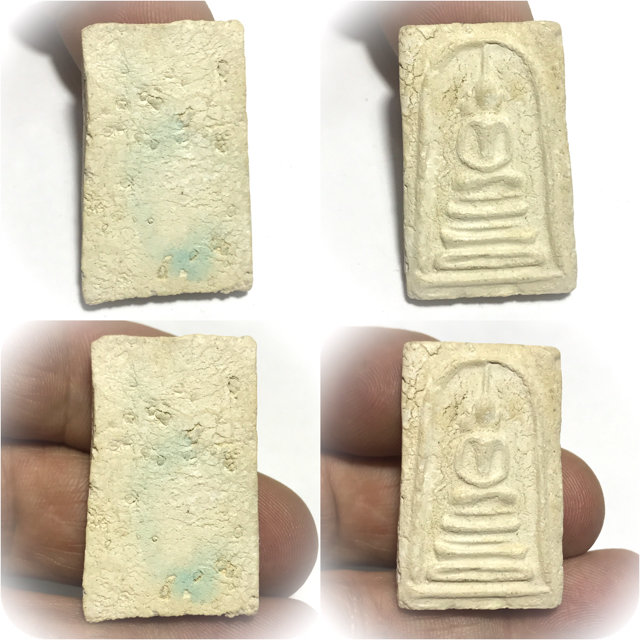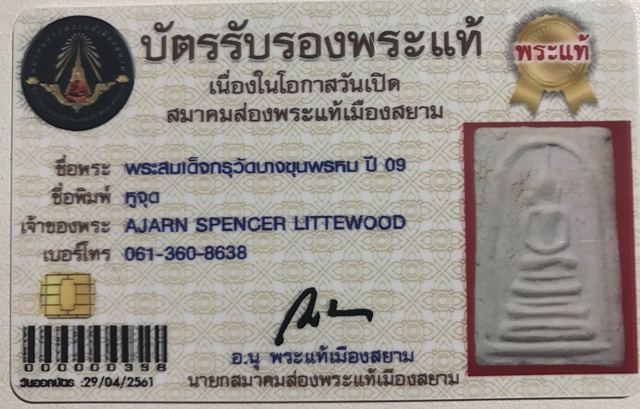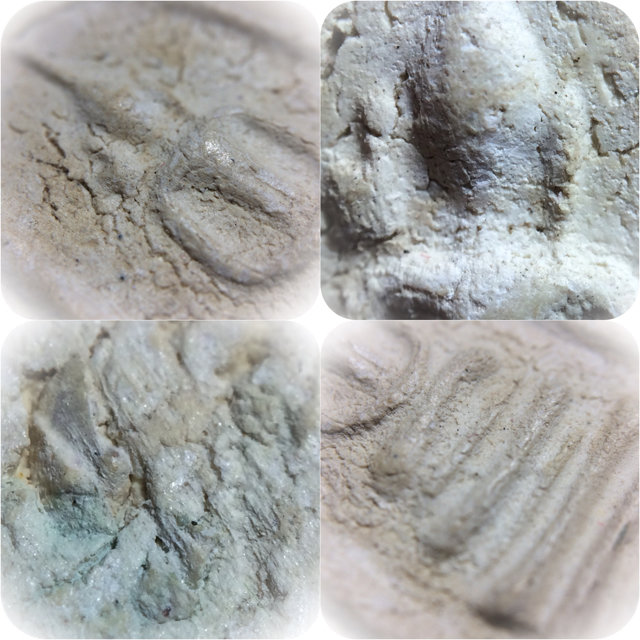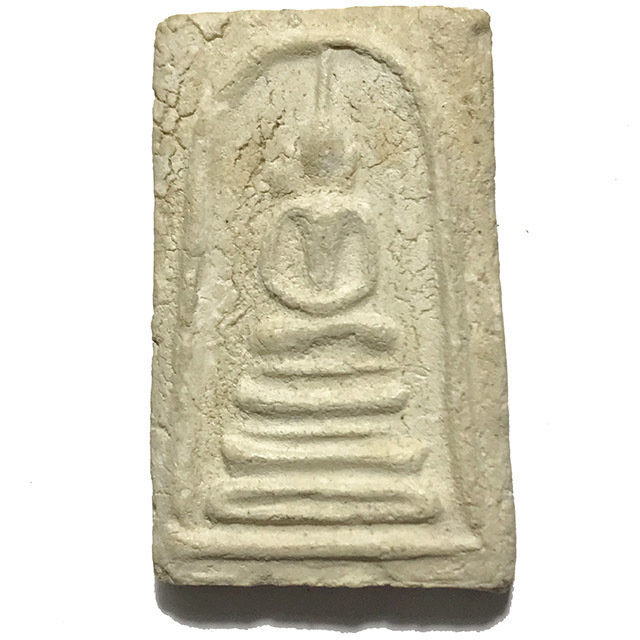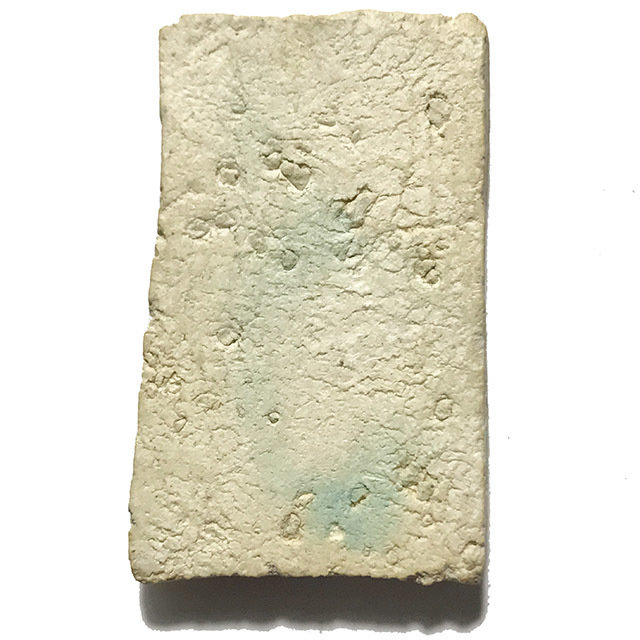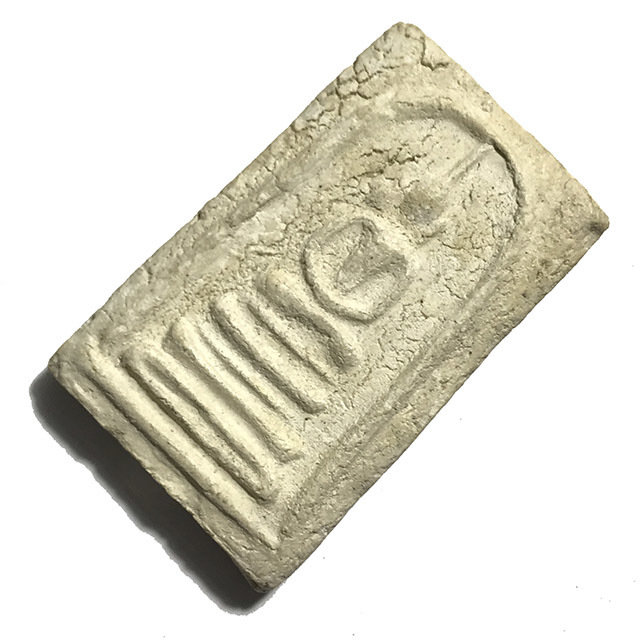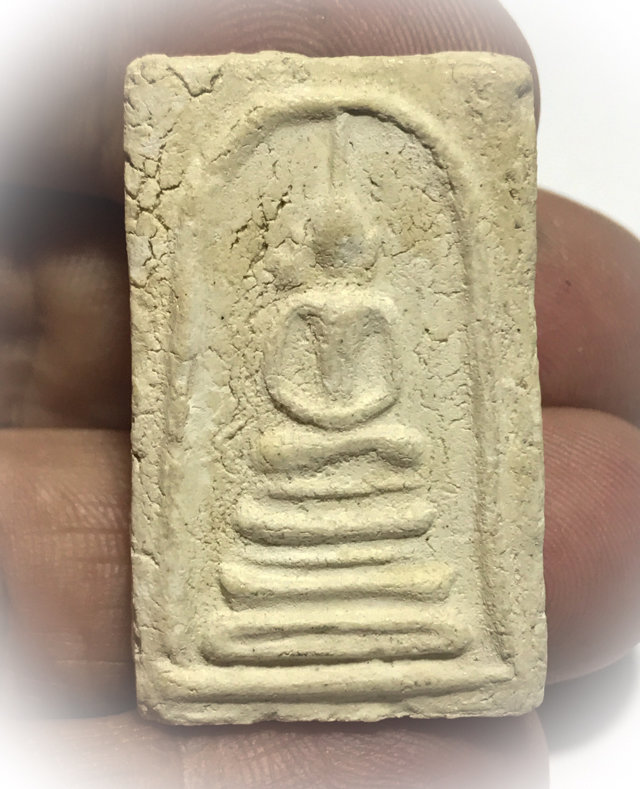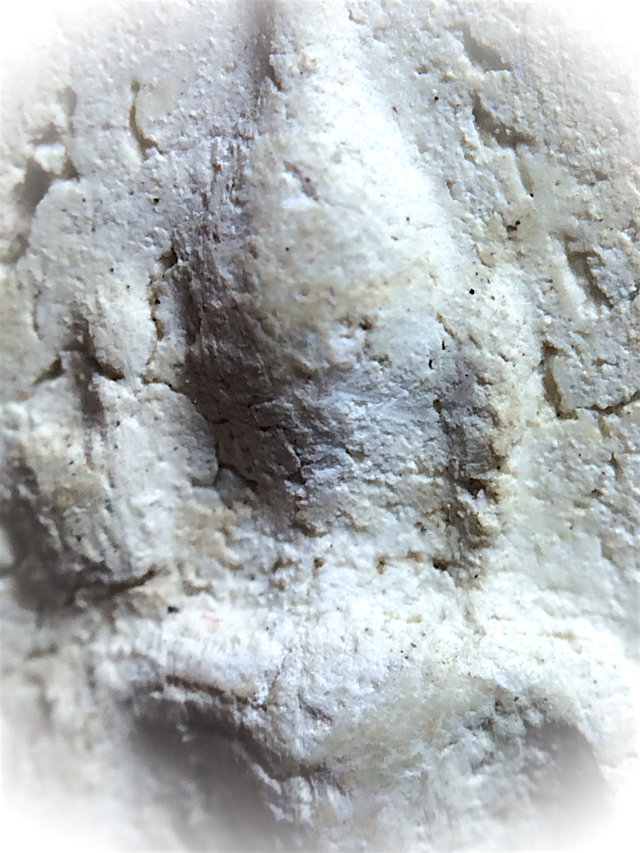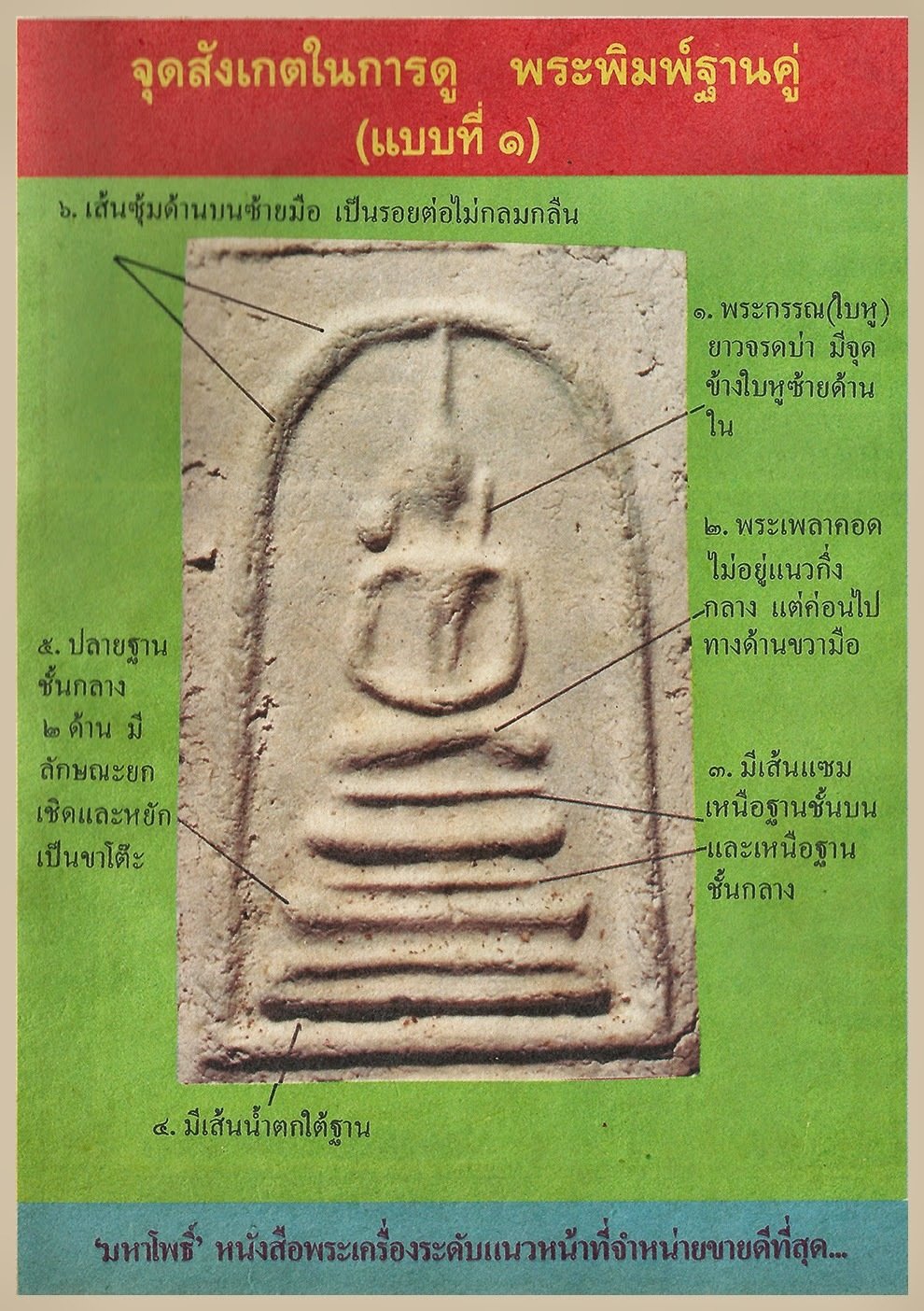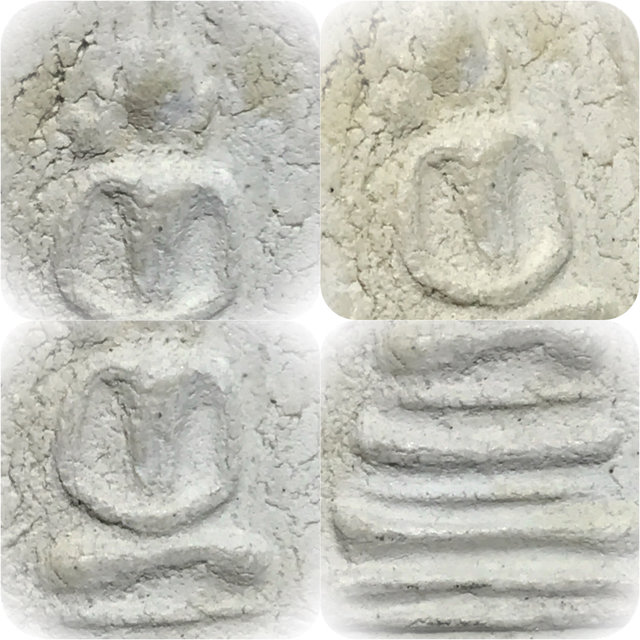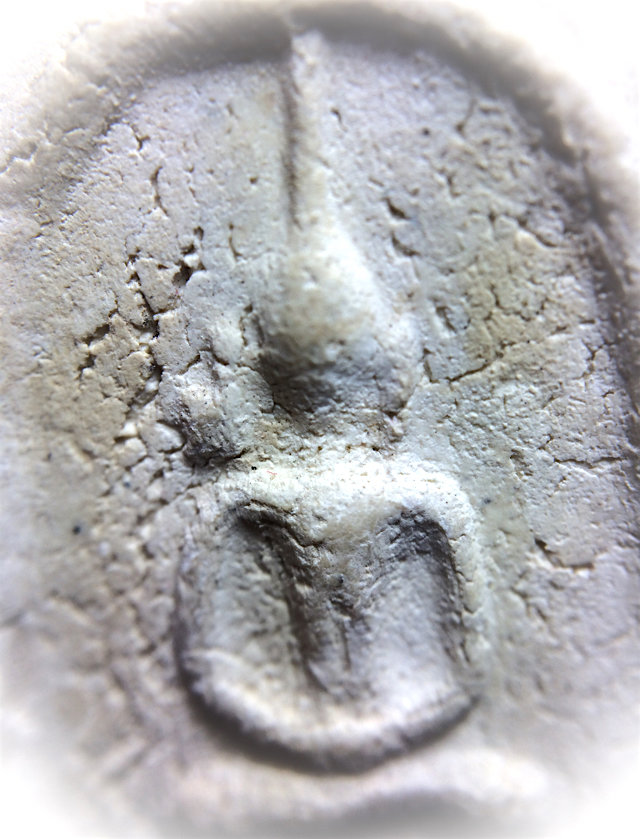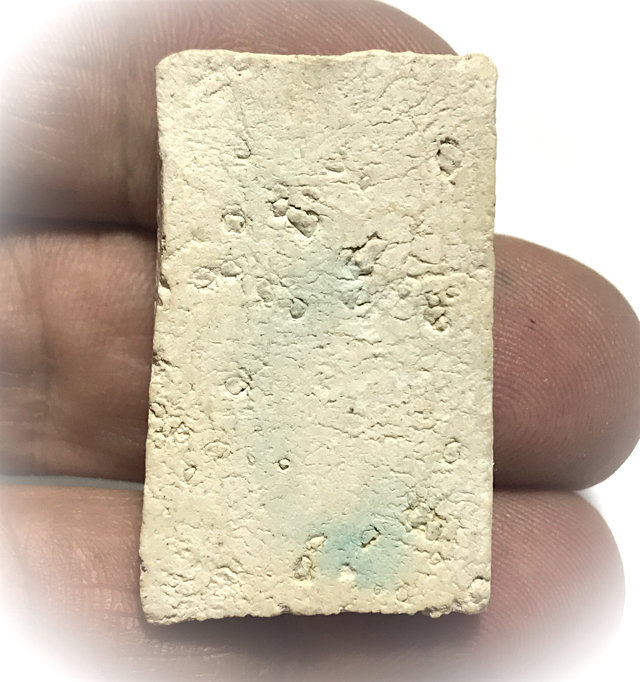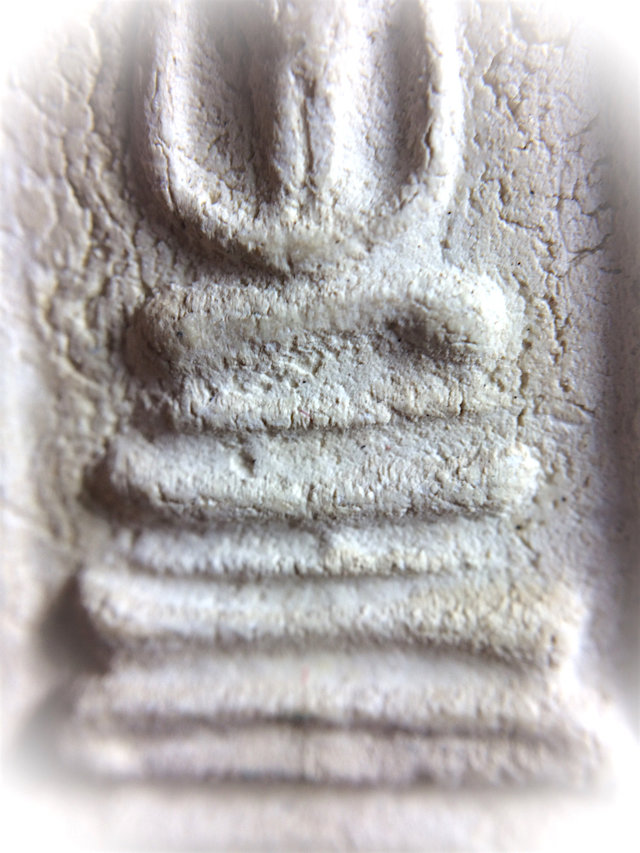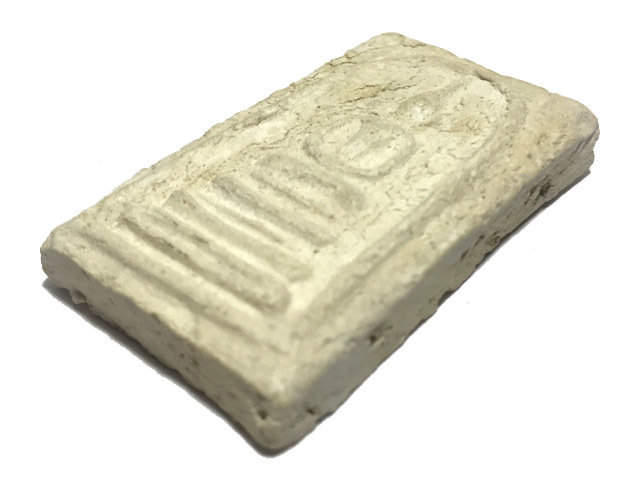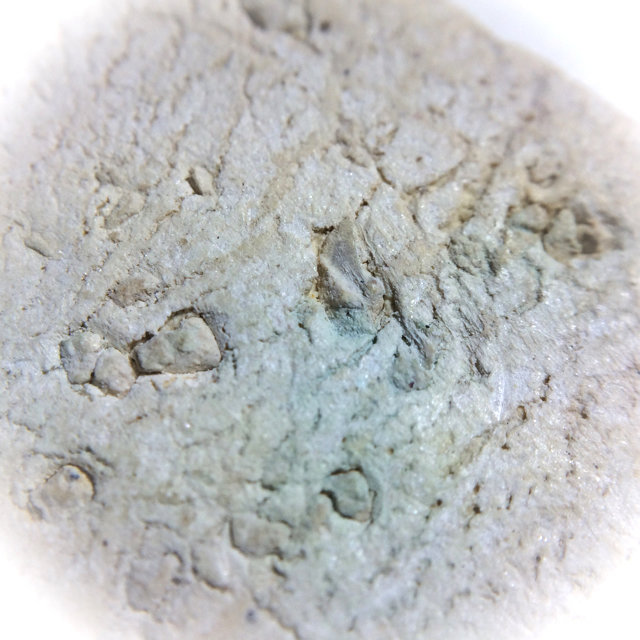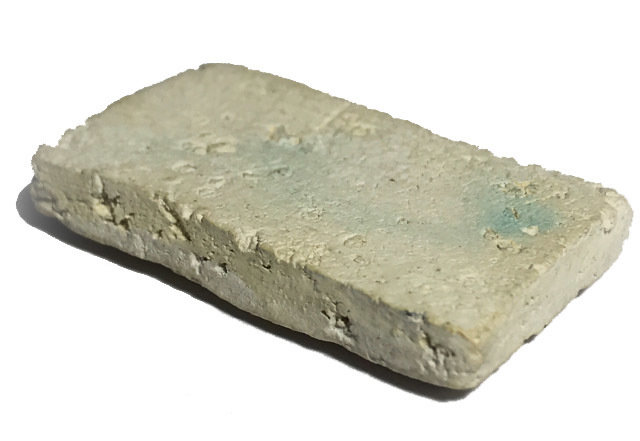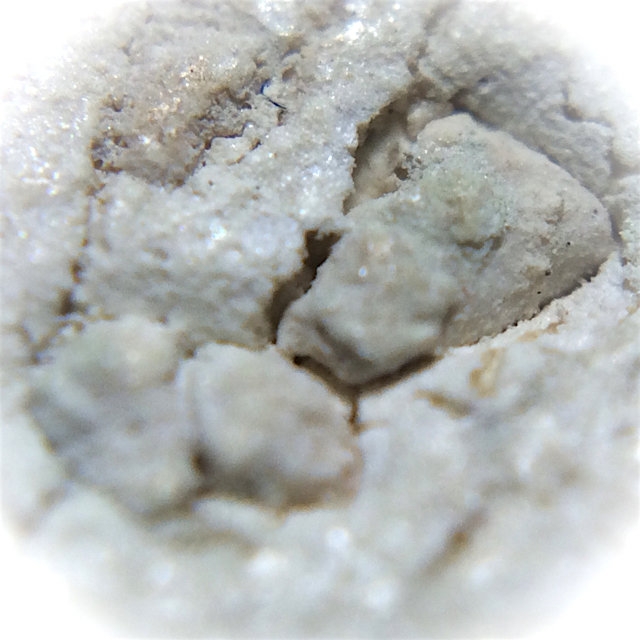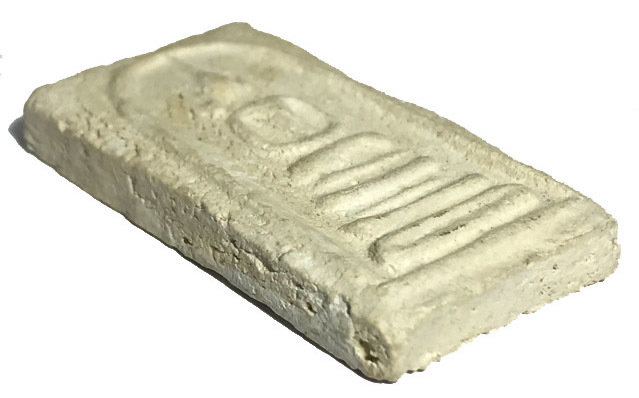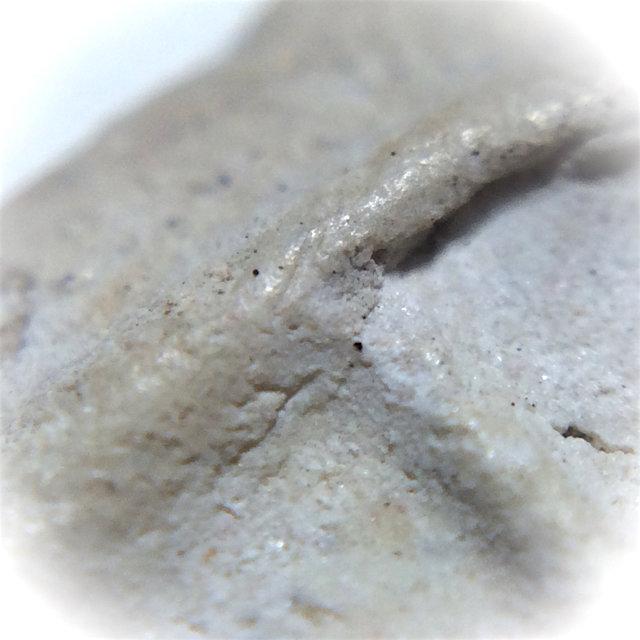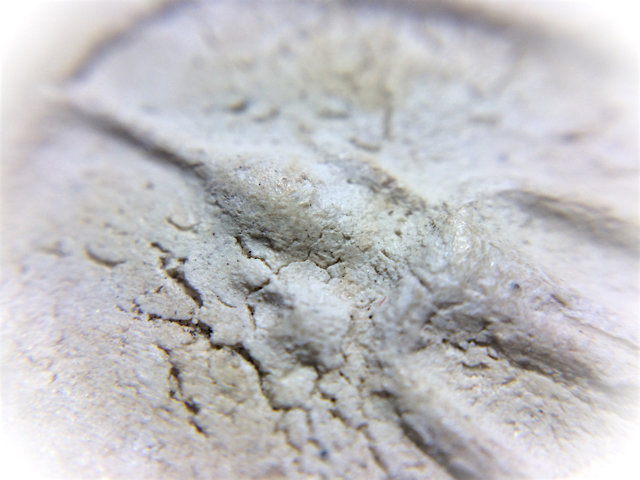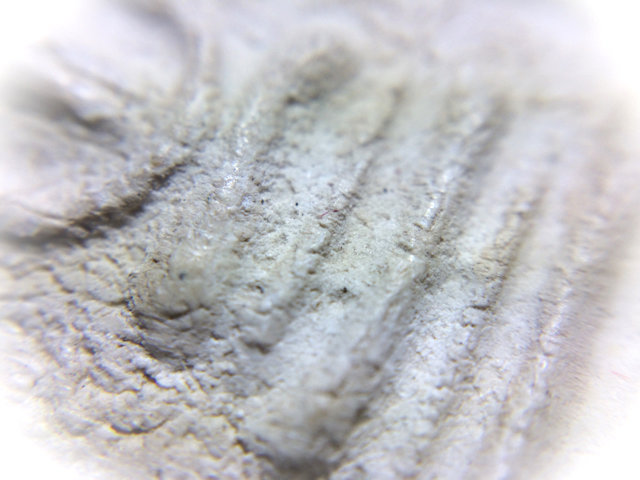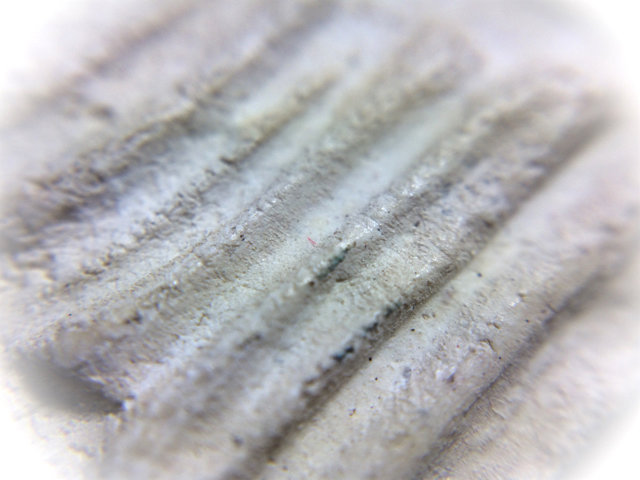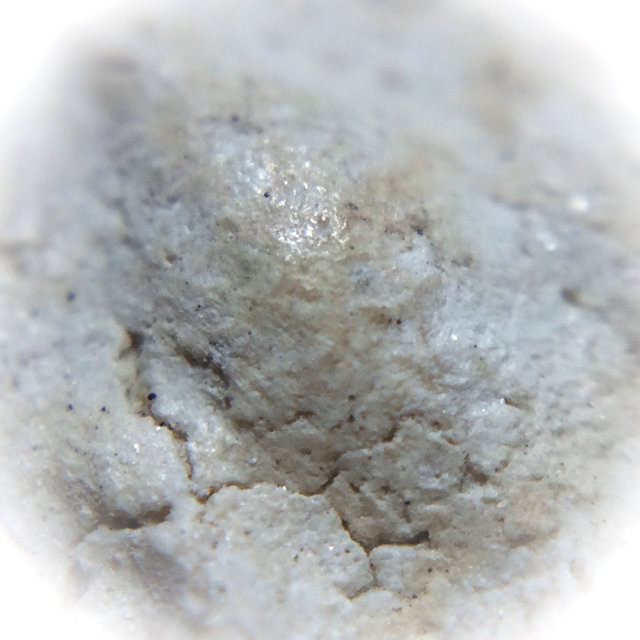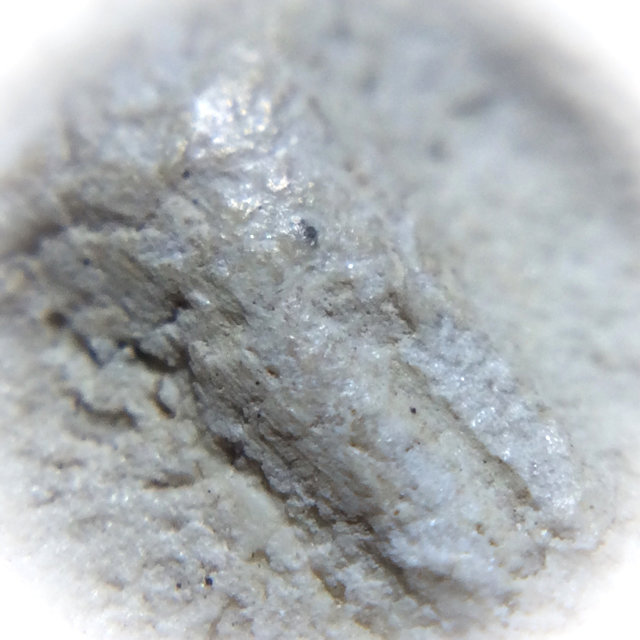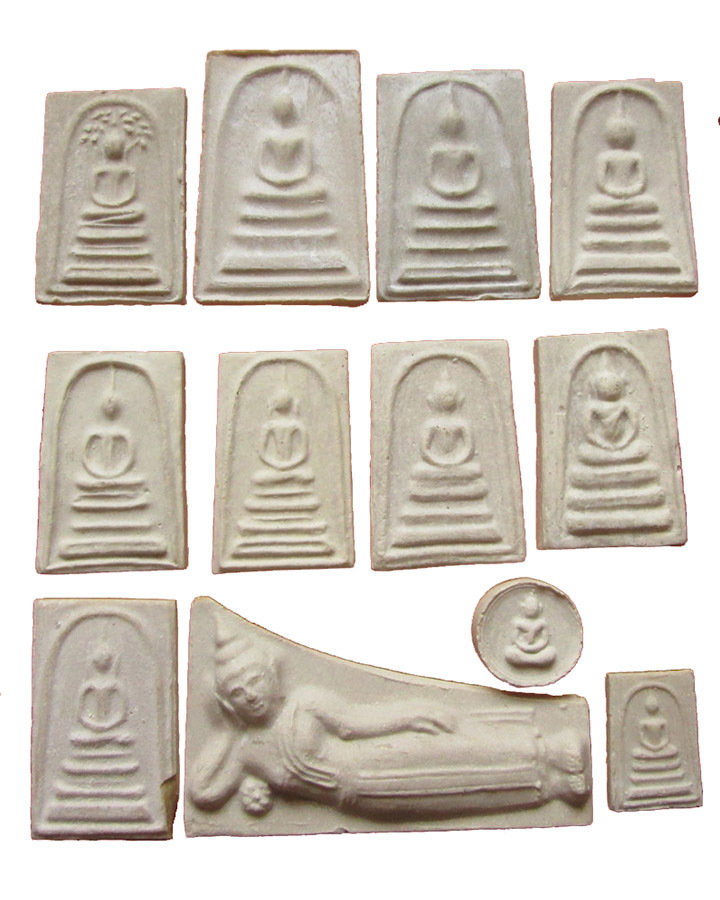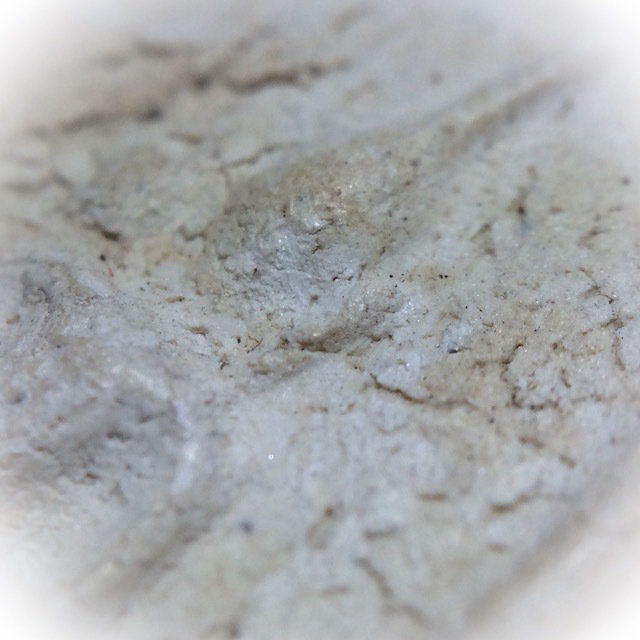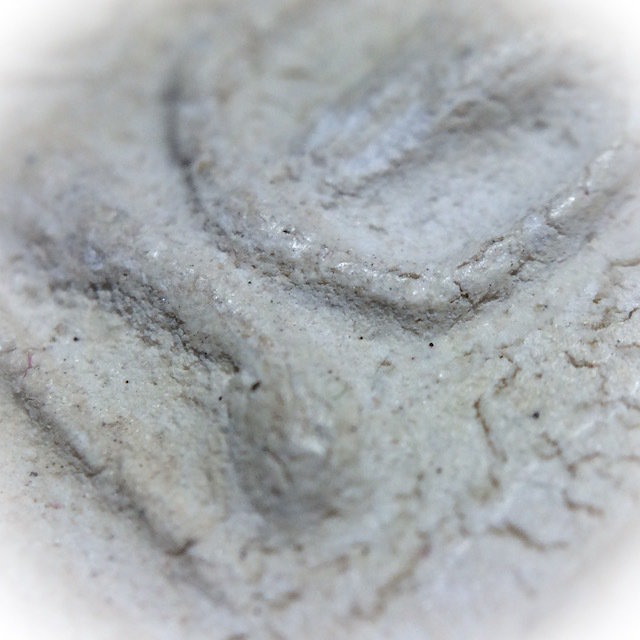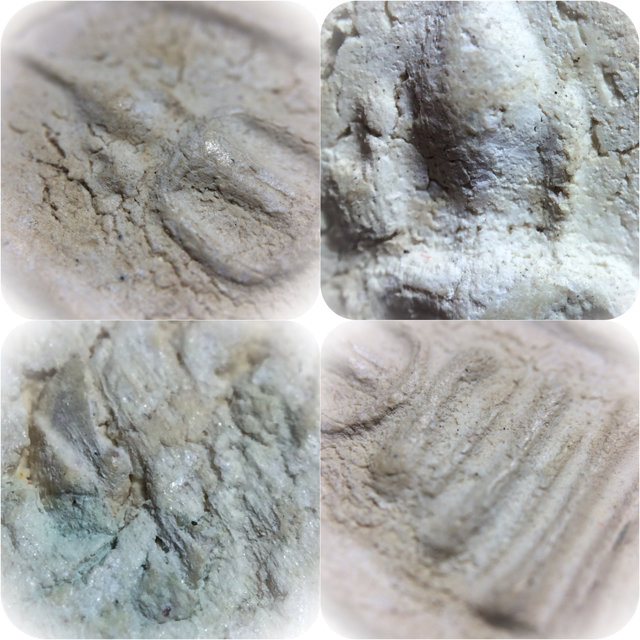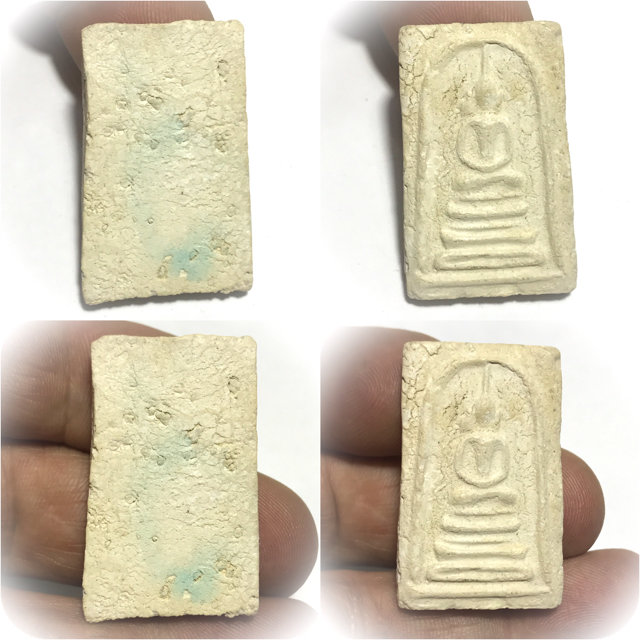A rare and highly sought-after Pim Niyom version of the Phra Nakprok Thep Nimit amulet of the Great Khao Or Laymaster, Ajahn Chum Chai Kiree, known as the ‘Pra-Kru’ burial chamber variant of the 2495-2407 release Phra Nakprok Thep Nimit edition, holds significance in the context of Thai Buddhist amulets. This edition was unveiled during the Miracle Blessing Ceremony, graced by the presence of hundreds of Lersi Hermit Masters from India, Thailand, and Southeast Asia, whom Ajahn Chum had invited to assist in the empowerment.
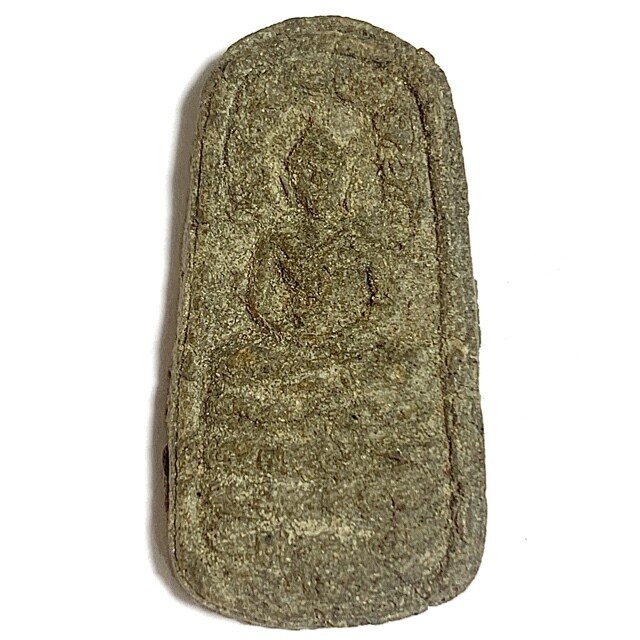
The ‘Long Kru’ 2511 BE release is a much harder and lighter-colored amulet, full of herbal powders, which looks more like clay than sacred powder. This fact is due to the drying of the atmosphere and changing humidity factors of the Kru chamber, which resulted in the amulets having a distinct appearance compared to the jet black ones which were not stored for more than 12 years in a closed chamber. There were two different Pim (models), one with a smooth rear surface, and this, rarer ‘Hlang Yant Ha’ (five Buddhas Yantra) on the rear face. The black 2496 BE Hlang Yant Ha model is the Pim Niyom of all models and now a much more expensive item to acquire than the smooth-backed model. The supply from the Kru Chamber finally was depleted in 2524 BE, as the very last amulets from the 2497 Indochina War edition were handed out.
Hundreds of Gaeji Ajahn Guru Monks were present to perform their Chants and Meditative Blessings upon the Amulets. The Long Kru versions of this amulet (placed in a ‘Kru’ chamber buried for a time before release) are the ‘Pim Niyom’ versions (preferred). This is for the fact that they were given further empowerment in the Chamber and charged with Buddha Magic, and their Classic Appearance and ease of authentication due to the ‘Kraap Kru’ mildew stains which only are found on the Pim Niyom versions of this series.
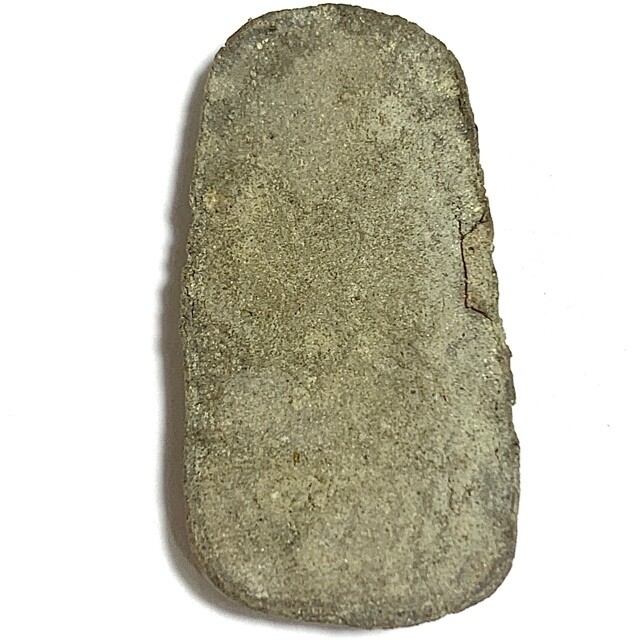
This amulet was one of a number of different amulets, oils, and Takrut charms plus some special ritual items such as magic Mai Kroo wands and Mitmor knives, which were involved in the famous ceremony of Maha Ud magic performed by Ajahn Chum with amazing displays of invincibility magical proof. This amulet has immense Kong Grapan power (bullet and knife proof). The famous maker of Jatukam, Khun Pantaraks Rachadej was also involved in this ceremony.
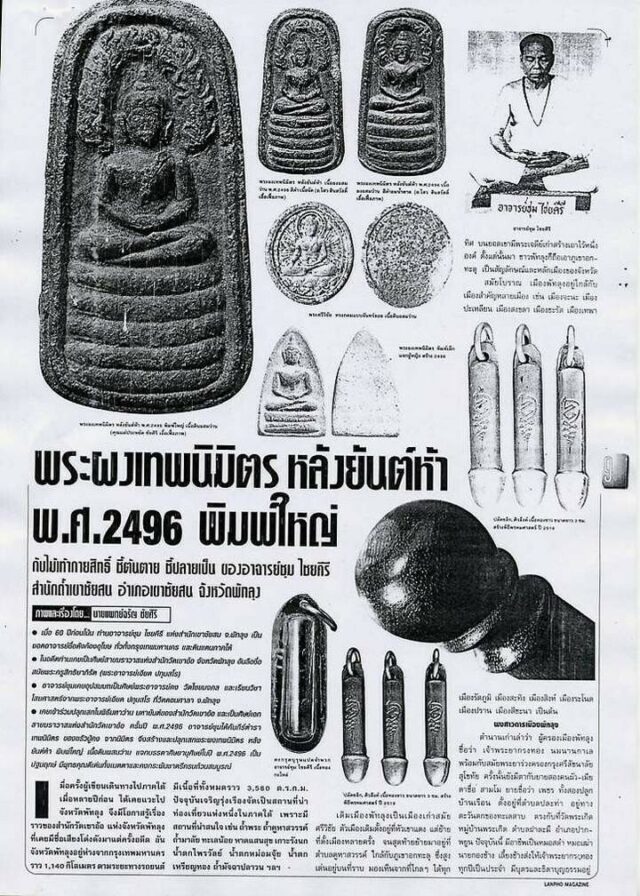
The reason that this amulet is called ‘Thep Nimit’ is that the word Nimit means ‘appear in a vision,’ and the Dtamra (legend) of Ajahn Chum’s ‘Thep Nimit’ amulets began with a vision in a dream, in which an ancient Monk appeared and foretold that those Humans who do not follow the Dhamma and have Moral Precepts will be engulfed in attacks by great weapons the world has never seen before, be invaded by pirates and thieves who are worse than wild animals, and attacked by ghosts and demons.
Ladies will also find this amulet a very good choice because of its petite size and slimness. The Phra Nakprok Thep Nimit was created and empowered in 2496 BE by Ajahn Chum Chai Kiree. It was empowered at Wat Banpot Nimit. The amulet is in the form of the Buddha with a seven-headed Naga canopy depicting the moment that the Naga King gave shelter from the rain to the Buddha as he sat in deep meditation in his attempt to enlighten. The amulet is detailed for its small size with the facial expression visible on the Nakprok Buddha.
The Muan Sarn used in the sacred powders in this amulet include flowers offered to the Buddha from all the Royal temples, as well as from a host of many of the most sacred public temples around Thailand, broken pieces of the Chedi Stupa and leaves from the Bodhi tree at Nakorn Sri Tammarat, a collection of the best sacred powders from a large number of the Greatest Ajahns, including Pong Wised from Ajahn Kong (the Ajahn of Khun Phaen himself), which was discovered when digging under the Chedi of Ban Sri Prajant in Supannburi. The amulets finally ran out and were completely depleted in the year 2524 BE, when the very last amulets were distributed after the final opening of the Kru chamber.
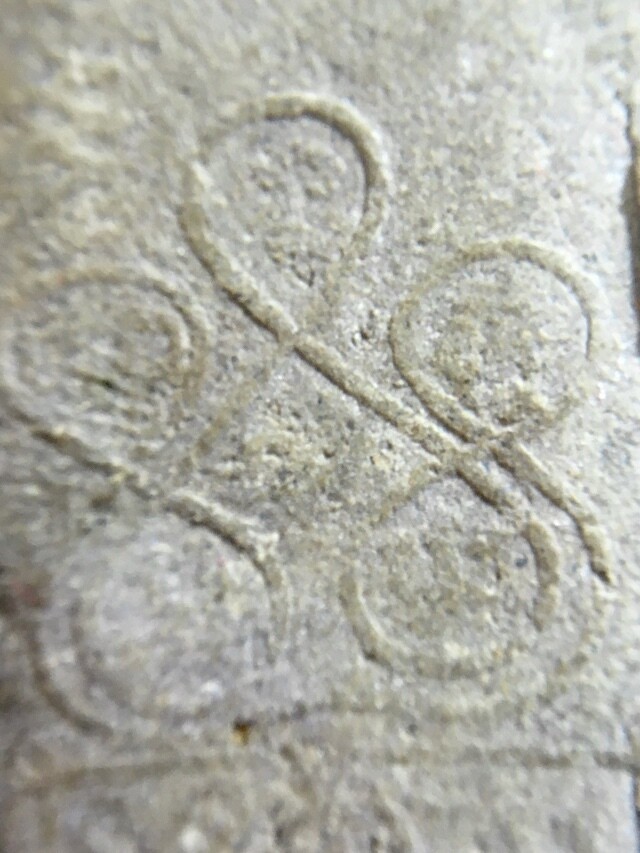
The ‘Yant Ha’ 5 Buddhas Yantra is slightly visible on the rear face, faded from years of storage, bearing the Kata ‘Na Mo Put Taa Ya’.
Ajahn Chum Gave a Traimas empowerment to the amulets. As usual in the empowerment of the Puttapisek final ceremony, the famous Khun Pantagij Rachadej was present to add his Incantations to the blessing. This amulet was given out to Devotees present in the Wai 2496 BE Wai Kroo Ceremony. A host of Famous Gaeji Ajahns of the Khao Or Lineage were present to assist with the blessings and Putta Pisek chanting. The remainder were placed inside a Kru Burial hiding chamber, and later retrieved, to be released at the 2511 BE Miracle ceremony, now so famous as one of the most important ceremonies in the History of Thai Buddhism and in Thai Occultism.
If we look at the History of the world since 2496 BE, when this amulet was made, we will see that many of these predictions made in Ajahn Chum’s dream can be seen to have come true. In order to keep safe from these dangers, the Old Monk said that Ajahn Chum should take flowers which Monks had offered to ask forgiveness to each other before the rainy seasons, and flowers which had been offered to the Buddha by Monks during their ceremonies and Prayers in the Shrinerooms.
He should gather this from 108 Sacred temples and mix with pieces of powdered bricks from the Relic Stupa of Nakorn Sri Tammarat. In addition, the Monk in the vision said he should take powders from the great Bodhi tree, and powders from various important Samnak (temples where magic is practiced), and the sacred powders of Ajahn Kong (who was the Guru of Khun Phaen). These powders should be made into a Buddha amulet and given three months of empowerment.
Tests should be made on the amulets for their power, and also those who received them and wear them must make an official oath to the Buddha Dhamma and Sangha to leave sinful and immoral activity forever and to practice Metta and offerings to the Sangha. If those who wear the amulet can keep these rules, they will be completely safe and protected from the predicted evils.
In the year 2470 BE, Luang Phu Kong (Wat Kae, Supannburi) entered the body of a Civil servant in Pattalung, South Thailand, and spoke through him, revealing the Dtamra of making a kind of Pra Khun Phaen to Ajahn Chum Chai Kiree. This Khun Phaen was called ‘Pra Pong Taep Nimit.’ During the Puttapisek and further three-month empowerment, Luang Phu Kong visited and entered the consciousness of Ajahn Chum the whole time to assist in the empowerment.
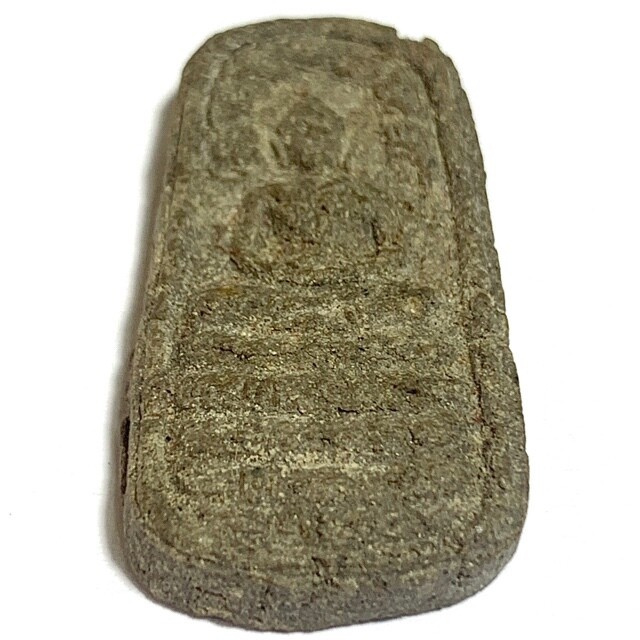
Luang Por Kong was abbot of Wat Kae, in Supannburi (Wat Tan) who lived during the time that Ayutthaya was the Royal Seat and was the first Ajahn of Khun Phaen himself. The Luang Por Kong of Ancient Fame created the Pra Khun Phaen Ruean Gaew and gave it to Khun Phaen himself for protection and blessings. The amulets were made in 2496 BE and distributed at intervals from then on, up to 2524 BE
Not only this, but Ajahn Kong’s spirit also demanded that Ajahn Chum remove some Pra Yord Khun Pon, Pra Khun Phaen, and the bones of Luang Phu Kong himself from the inner chamber below the Chedi at Wat Tan (Wat Kae) in Supannburi (which had been there since the times of the Ayutthaya Kingdom). Ajahn Chum went to ask for permission to dig there from the Ministry of Fine Arts and Culture. As soon as the Devotees heard of this, they asked Ajahn Chum to make Pra Khun Phaen and Pra Taep Nimit amulets. Ajahn Chum thought carefully about it and thought that if he did make them, then he would have funds to build an Uposatha shrine room at Wat Ban Suan in Pattalung and dedicate it and the merits received to Luang Por Kong, as well as to distribute amulets to soldiers and other members of the military and police force who were defending the country from danger.
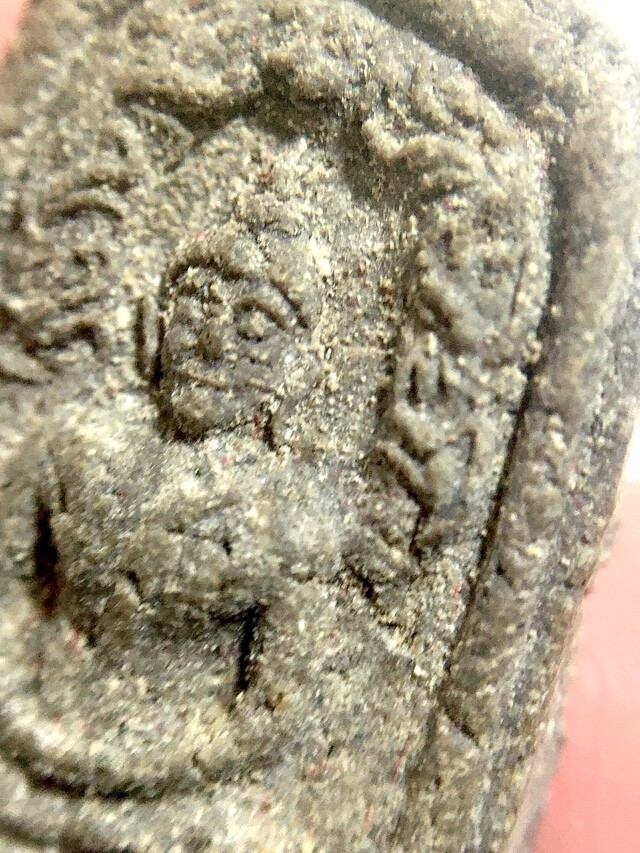
Bucha Method (How to Worship).
Chant Namo Tassa 3 times first (as must be done before chanting to any amulets), then pray hard and declare that you take refuge in the Buddha, Dhamma, and Sangha, then gaze at the Buddha on the face of the amulet for a moment before breathing in and saying inwardly ‘Bud’ and breathing out and saying ‘Dho’ (or Put-To, depending on your pronunciation). Keep doing this until your mind is still and clear. Once you have attained the stillness of meditation, then begin to chant the following; I Sawaa Su Su Sawaa I – A Sang Wi Su Lo Bu Sa Pu Pa (3 times) If you have any bothersome influences or events occurring or questions you need answering, then light incense and call the devas that take care of the Buddhas to come, while thinking of Luang Phu Kong and Pra Khun Phaen. Then place your hands together with the amulet between them, and begin to chant the following; Na Ma Pa Ta Neu Meu Peu Teu – Keep chanting it until the Deva of the amulet enters your mind, after which you will be able to pose questions in your heart without words.
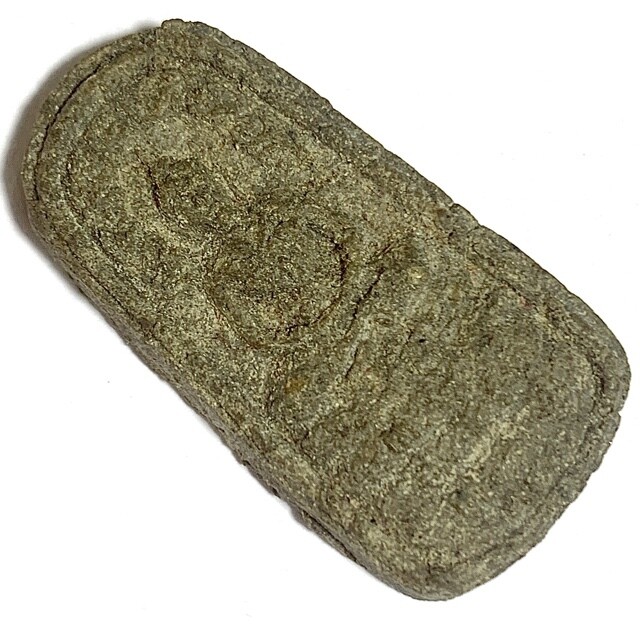
Ajahn Chum made the following statement about the Pra Pong Taep Nimit before handing them out; “This amulet I guarantee to truly protect from dangerous weapons of all kinds, including protecting from, and preventing thieves and pirates, and wild dangerous animals. The amulet is heavily leaning towards Metta Mahaniyom and Maha Sanaeh power. Both Men or Women or Children can use it”. “It is forbidden to take the amulet and test its power for fun, which would be disrespectful and endanger you of using up the miracle power it holds to protect you in the true moment of dire need. If you do not believe in the amulet, you should not come forward to receive one, for it will bring you bad luck”.
Tests using guns and sharp knives were performed, to test the magic on the throngs of Devotees present. Ajahn Chum is in my opinion the greatest and most powerful lay master of all living history of Thai Saiyasart. This amulet is a rare old amulet of undoubtable magical power to protect against knives, bullets, and the like. This example is in extremely fine condition, and a very beautiful example indeed. Extremely rare. The amulet is made from over 500 kinds of sacred powders which were collected by Ajahn Chum and Luang Por Kong (Wat Ban Suan) over 40 Years. Because the Thai Government had issued papers calling for the army to gather and recruit, to go into War in the Indochina war in 2497 BE
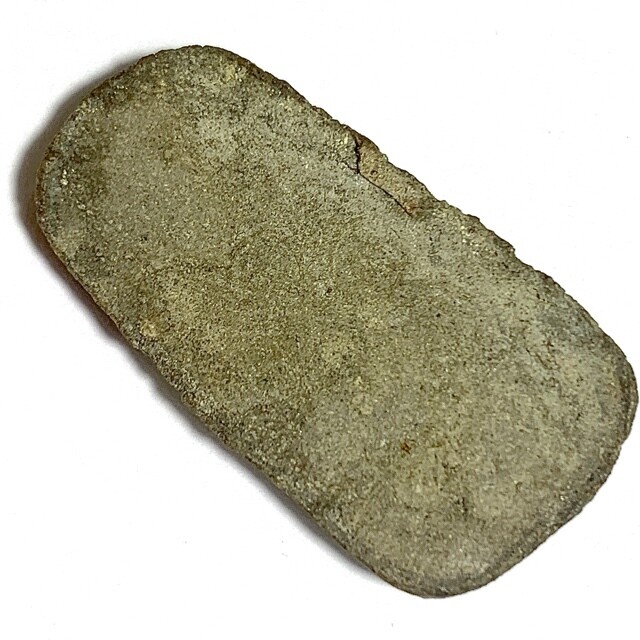
Ajahn Chum always used his famous magical oil to smear on the heads of the Devotees before performing Kong Grapan Magic, which you can also see him doing in some parts of the below video recording, taken at the Puttapisek blessing of his amulets in 2511. A certain amount of the 2496 and 2497 Taep Nimit amulets were immediately distributed to the Military, and in the Wai Kroo Ceremonies of 2496/2497, but some of them were kept in Kru chamber until 2511 BE, and empowered constantly until then, and handed out during the Puttapisek
Note; Nakprok Buddha is the official Buddha of those born on a Saturday, and is thus especially powerful (even more so) for those people.
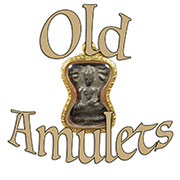
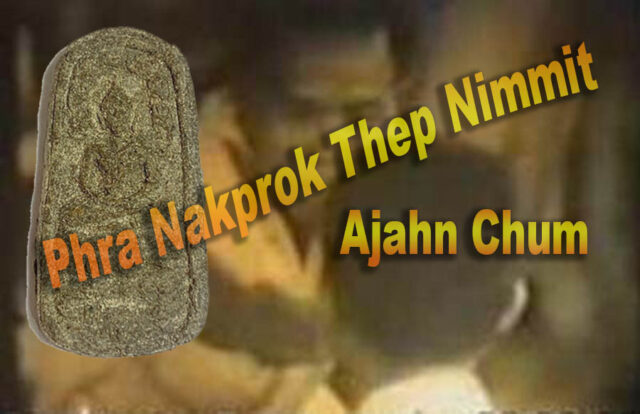
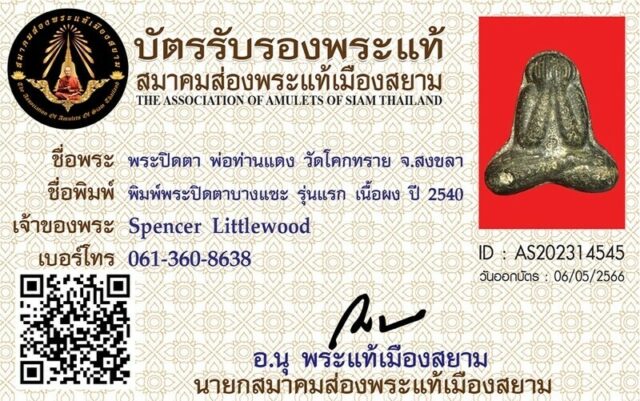

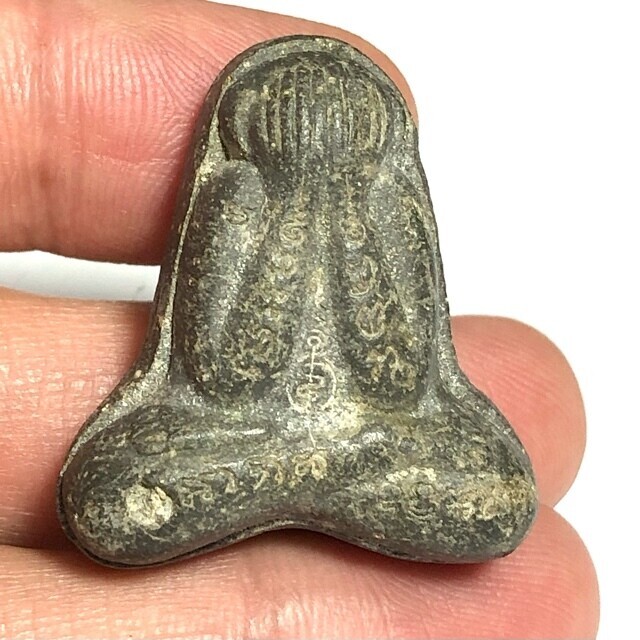
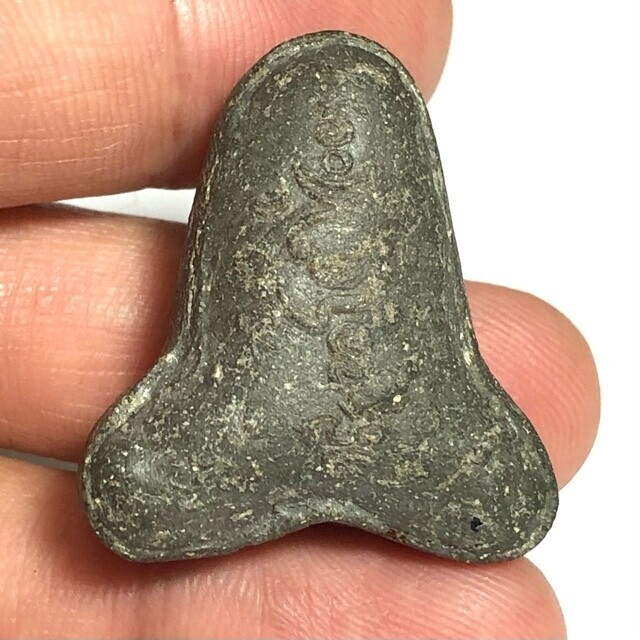


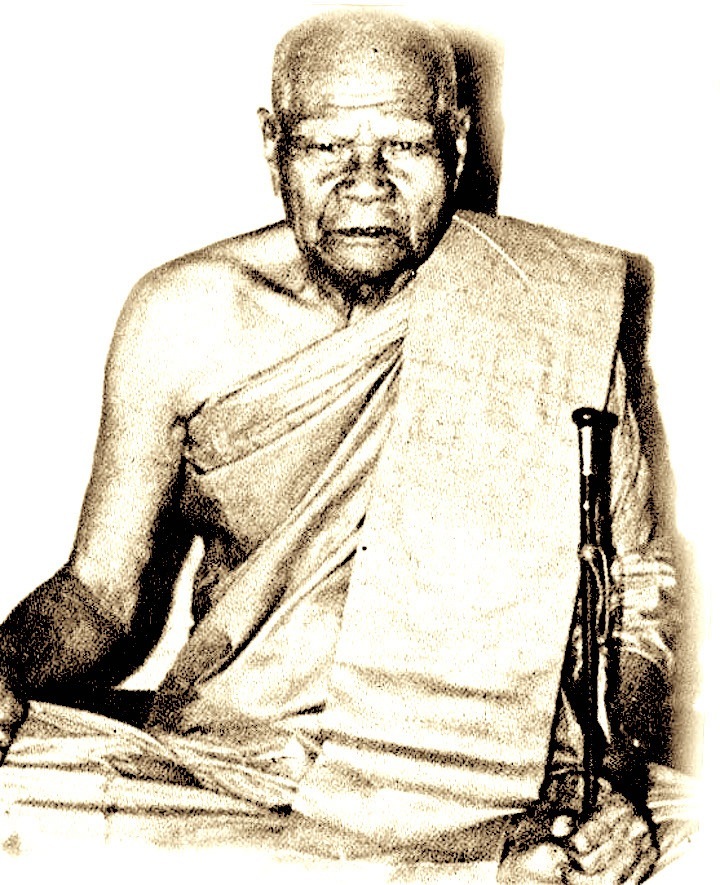

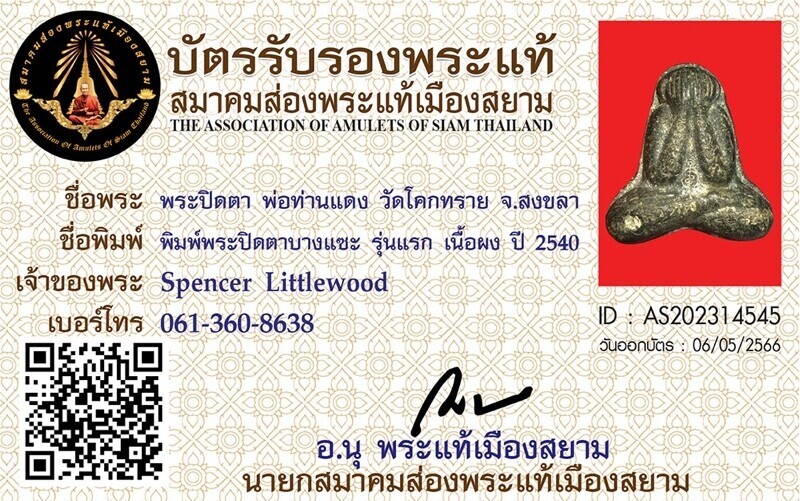
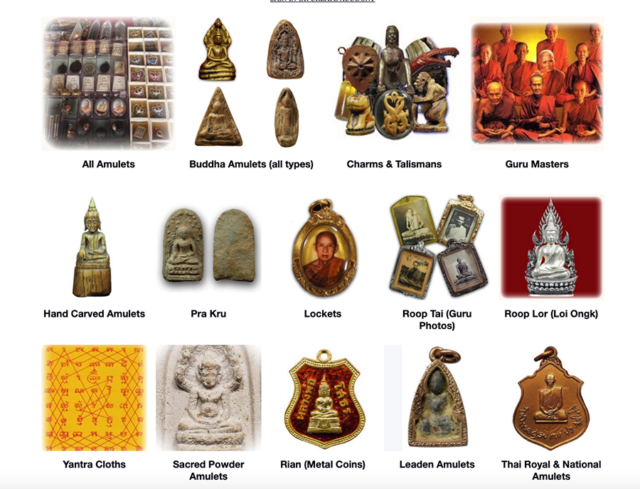
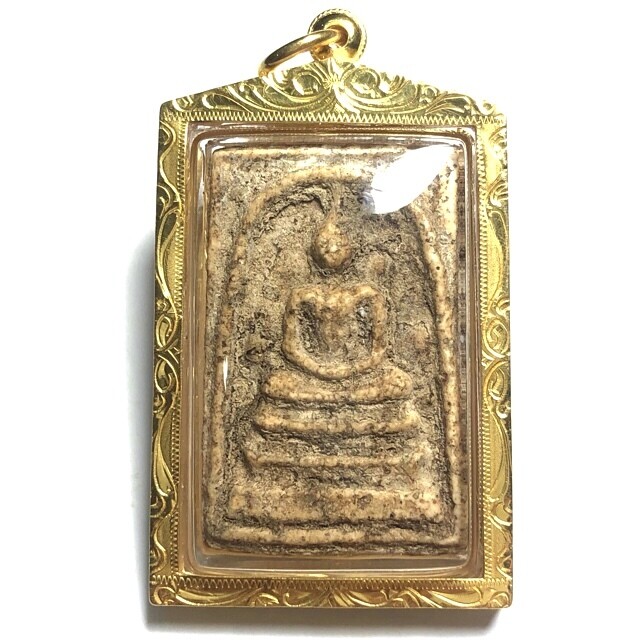
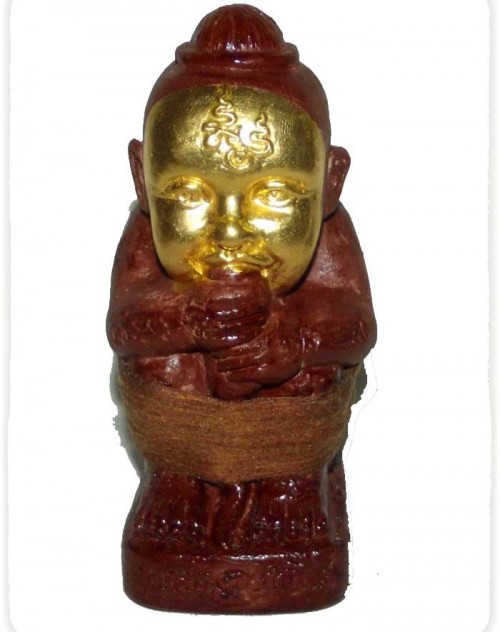
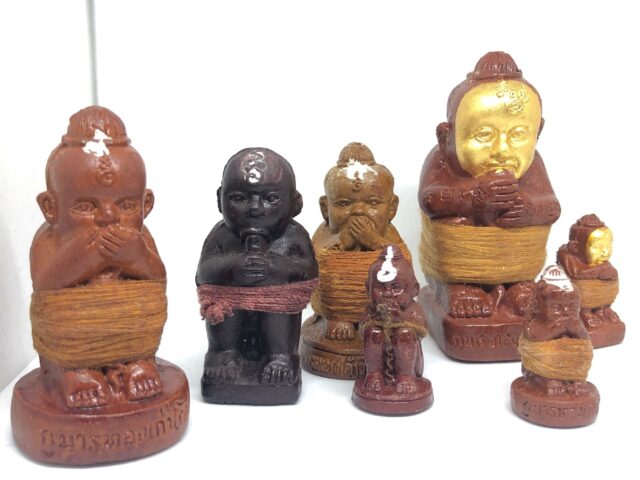
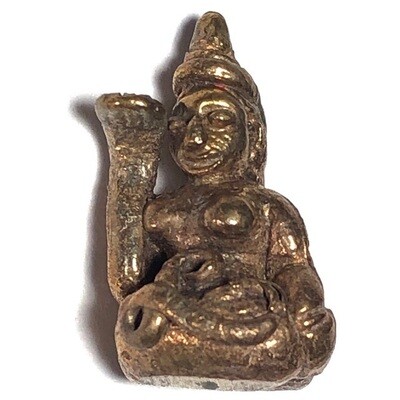
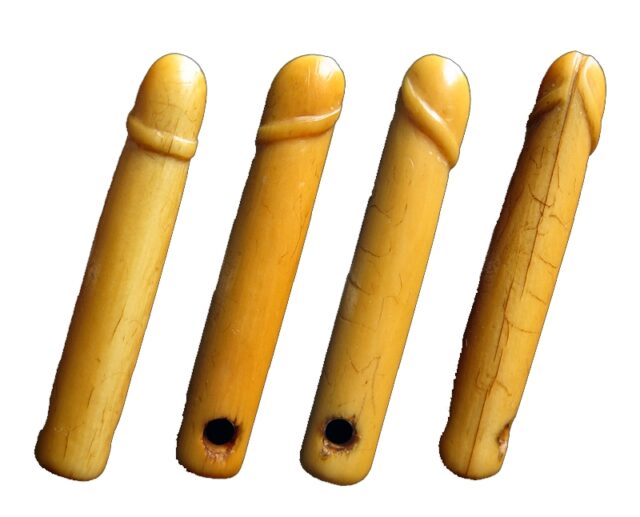
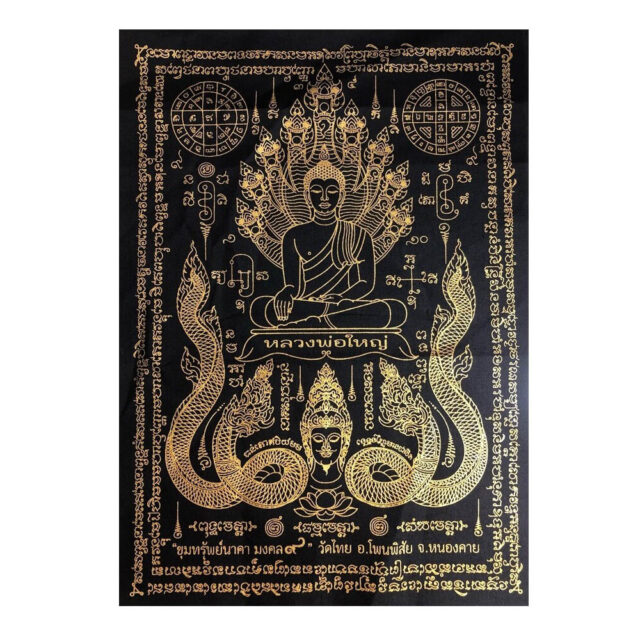
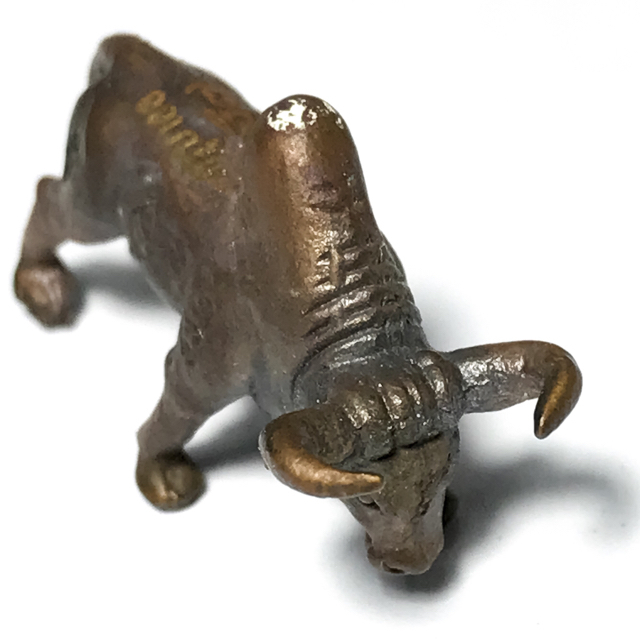
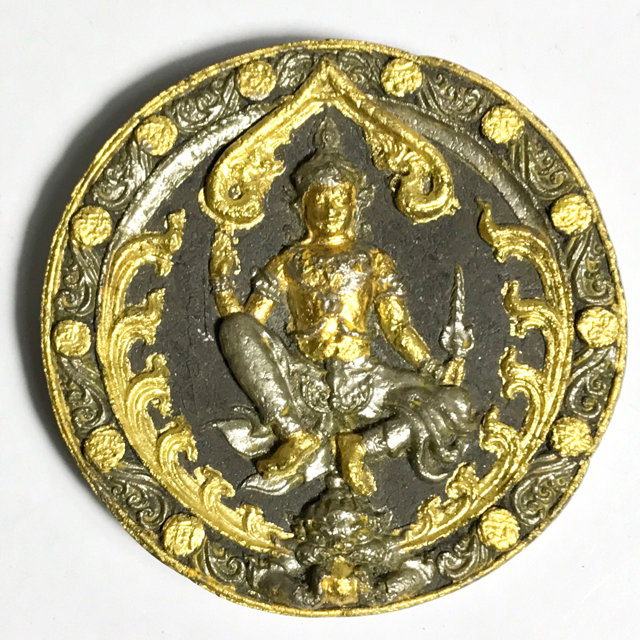
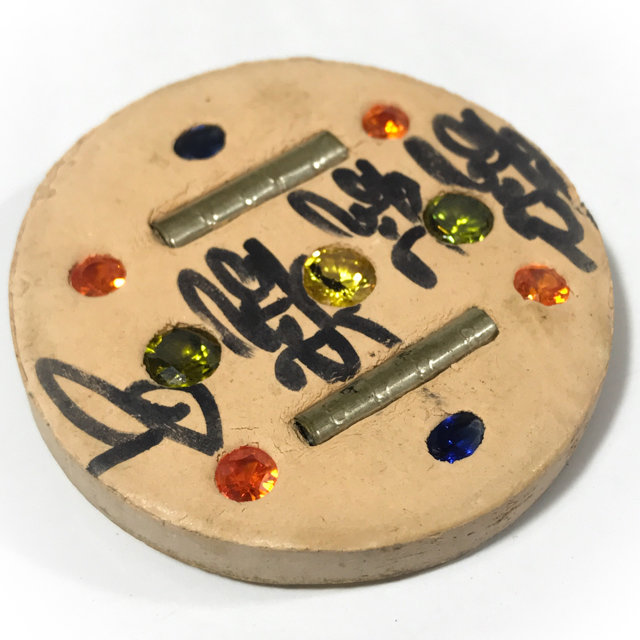
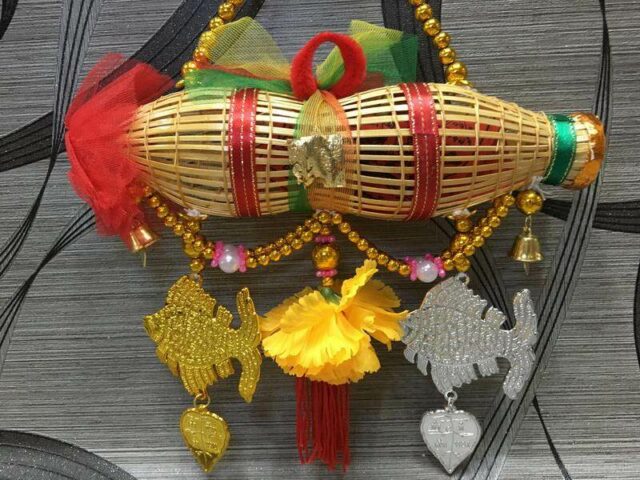
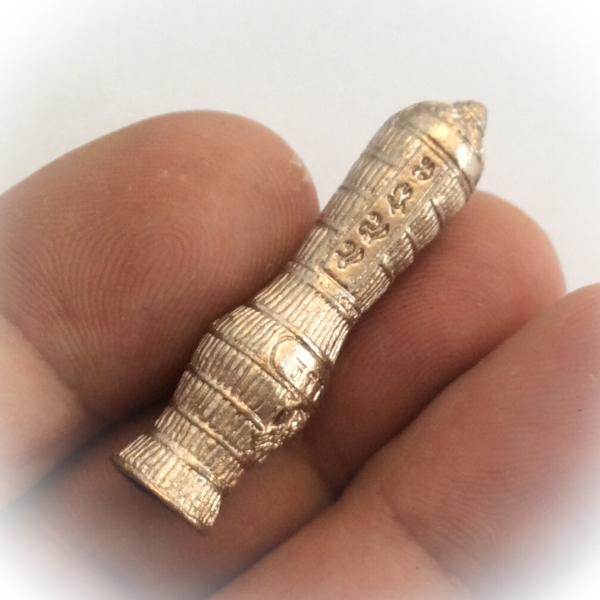
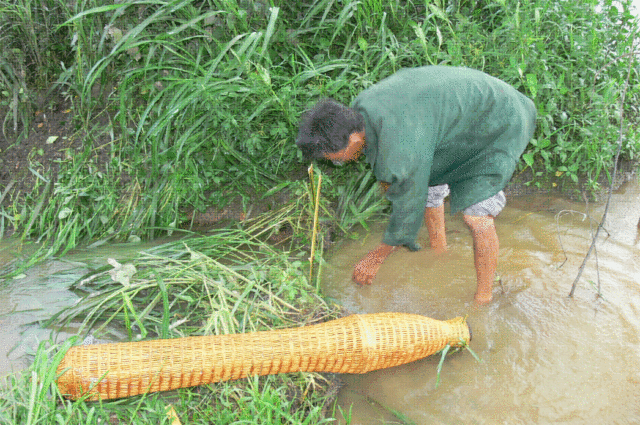
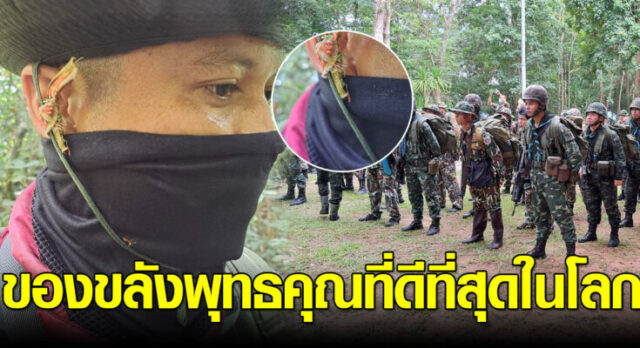
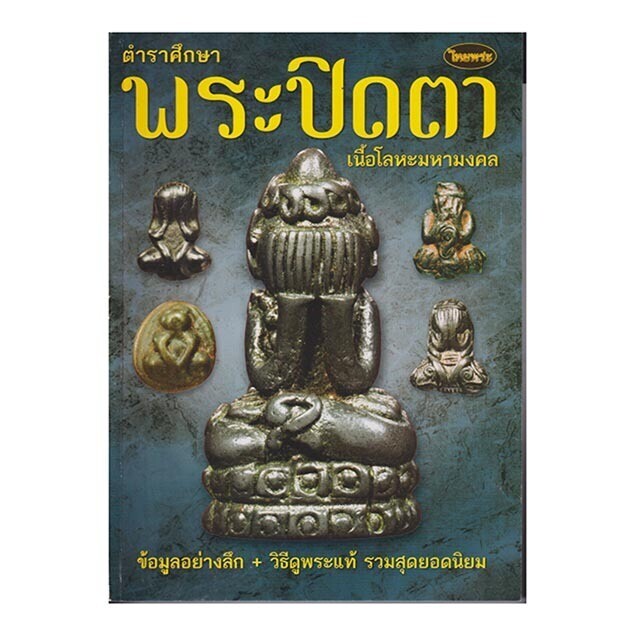


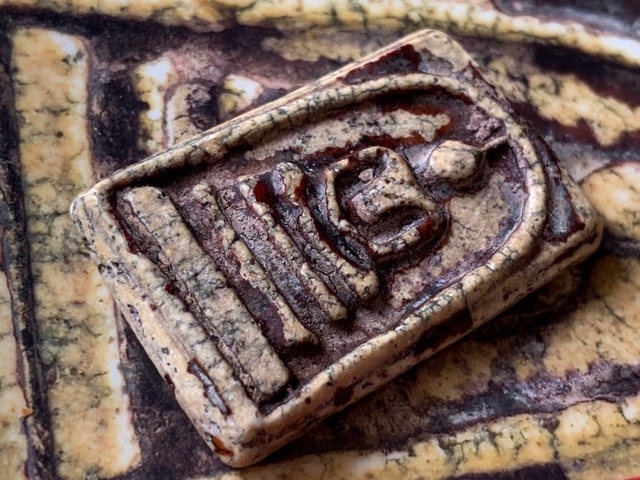
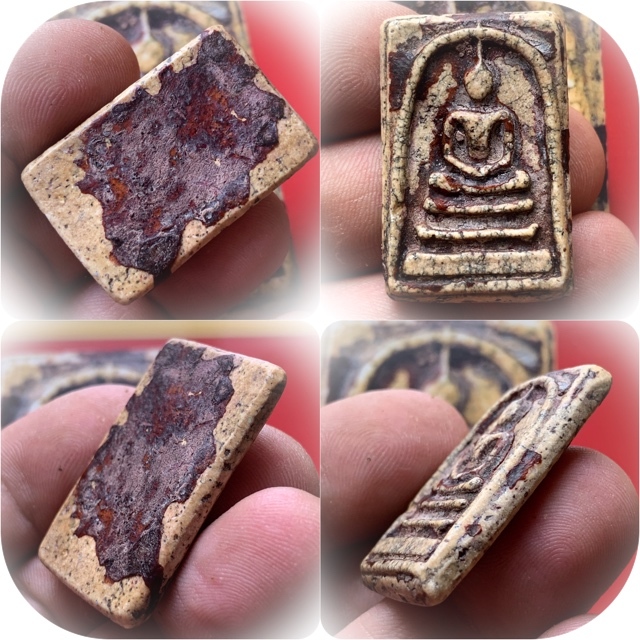
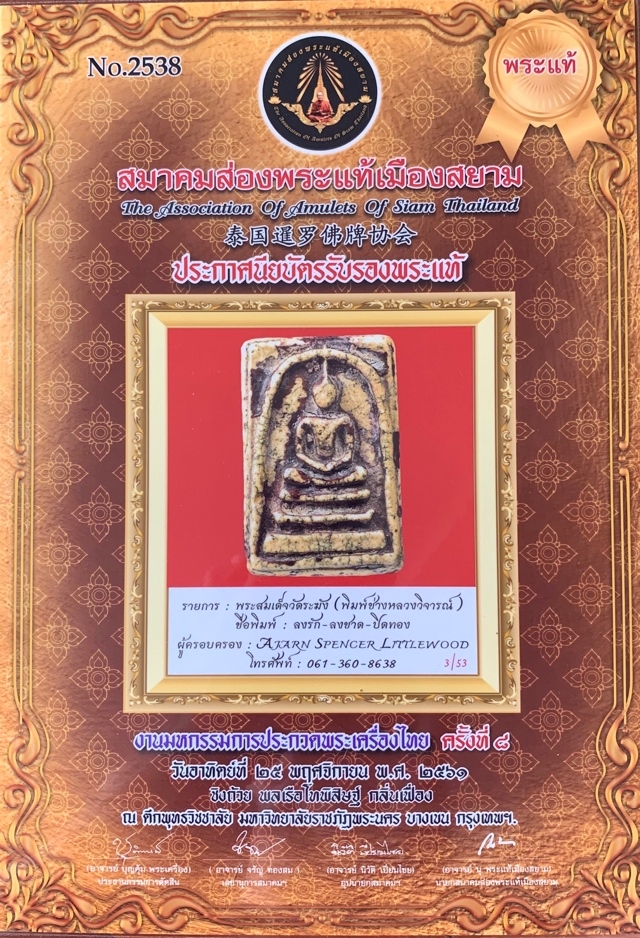
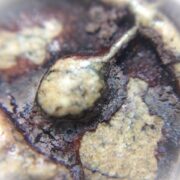
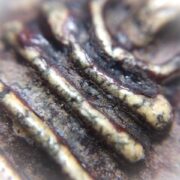
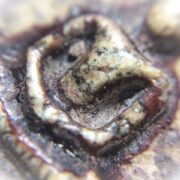
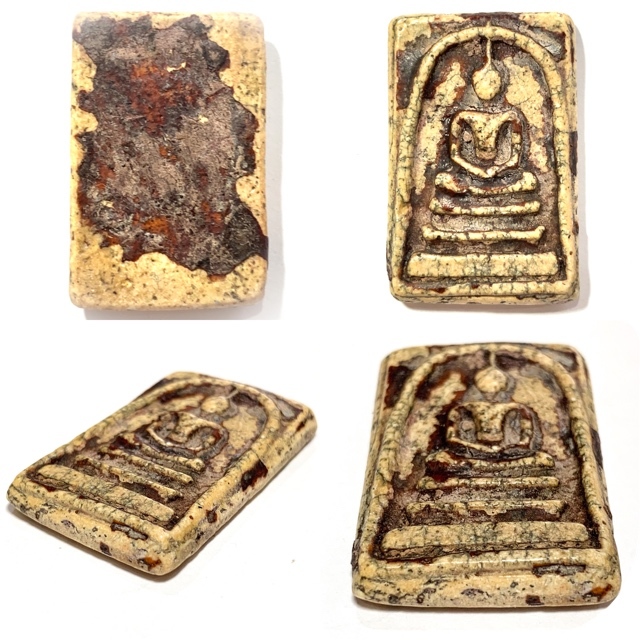
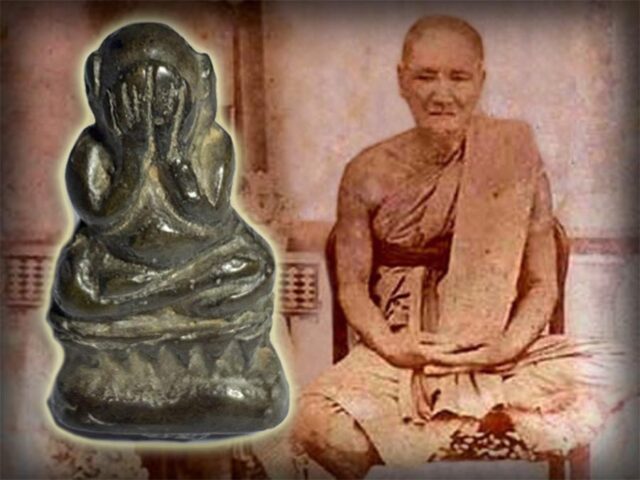
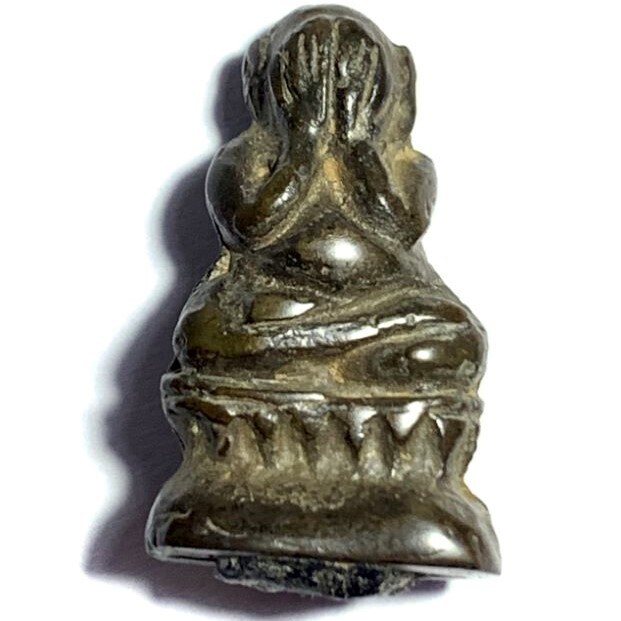
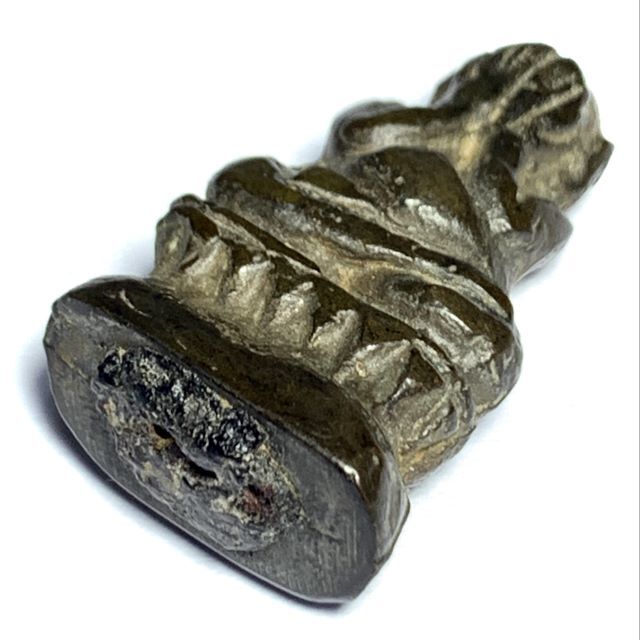
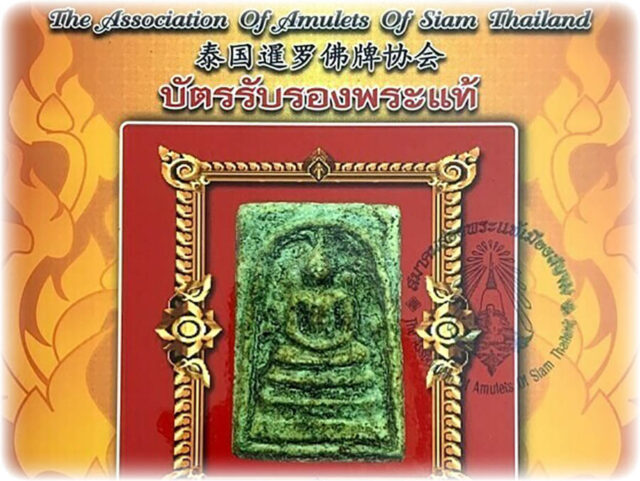
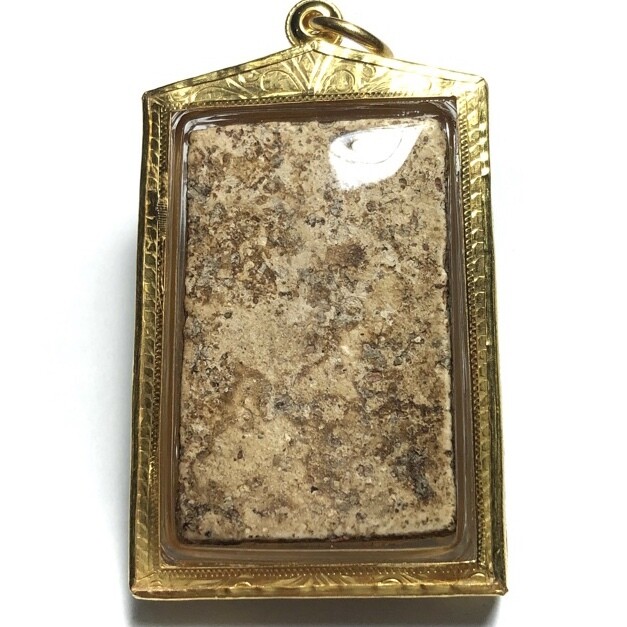
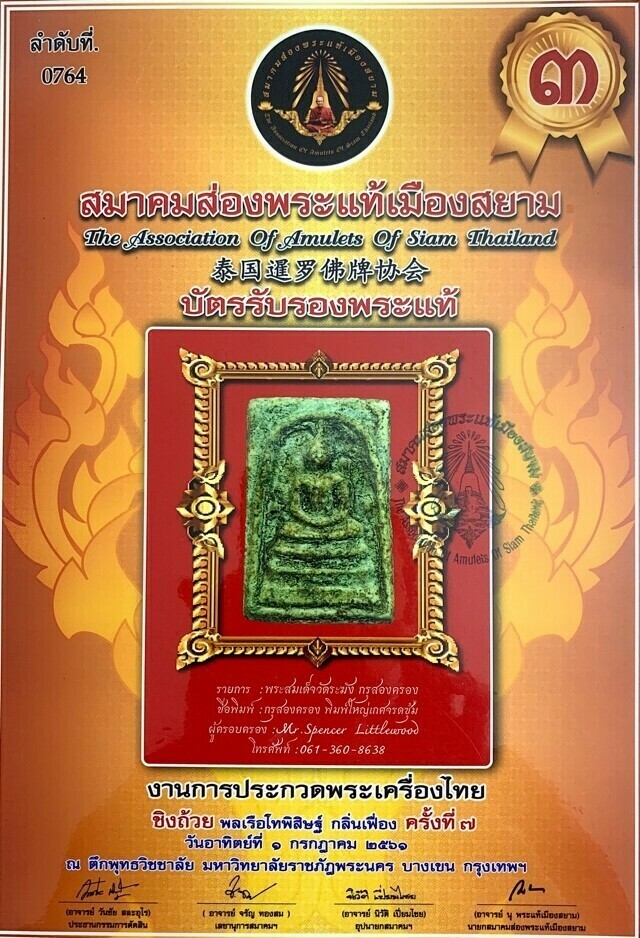
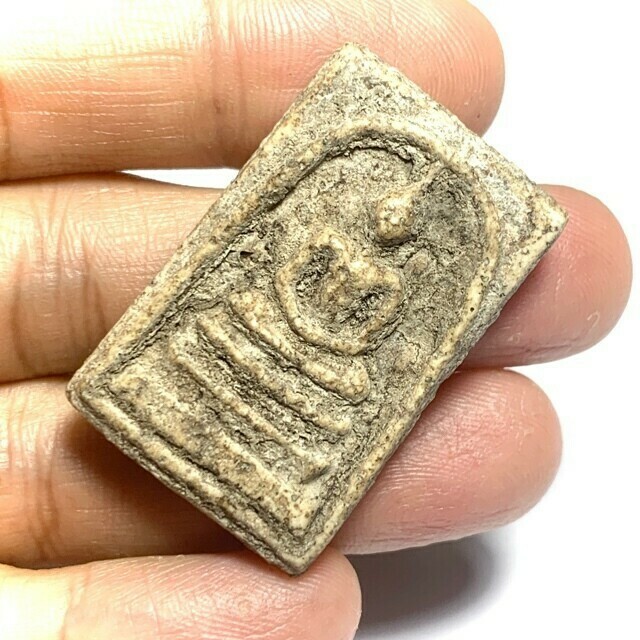
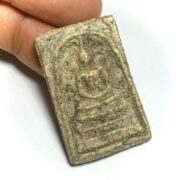
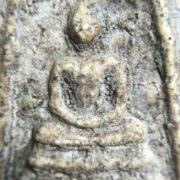
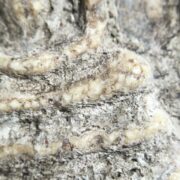
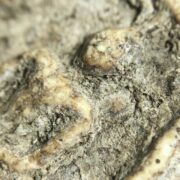
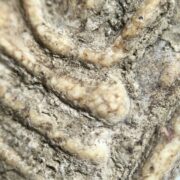
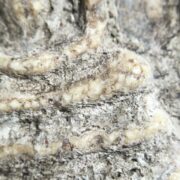
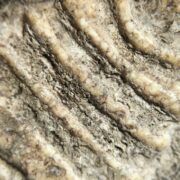
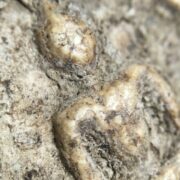
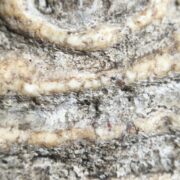
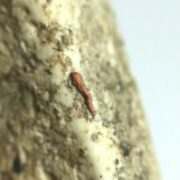
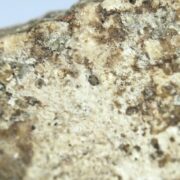
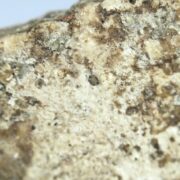
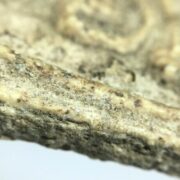
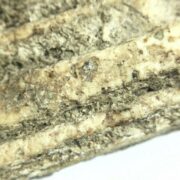
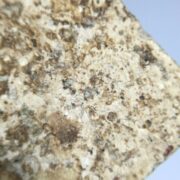
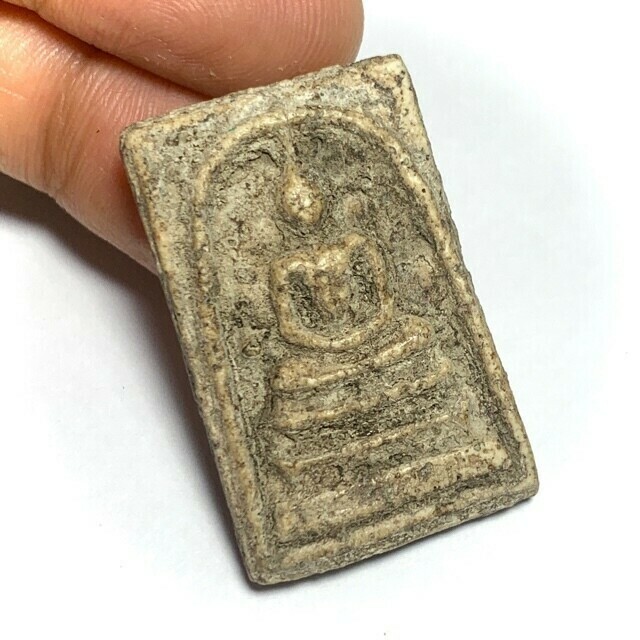
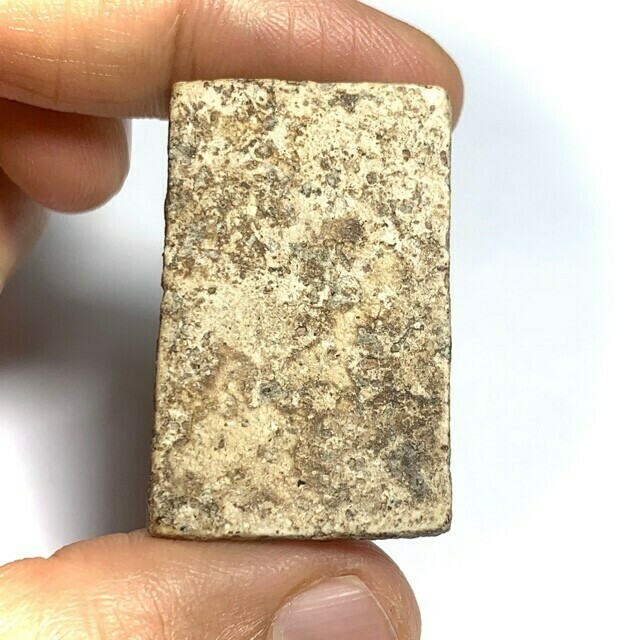
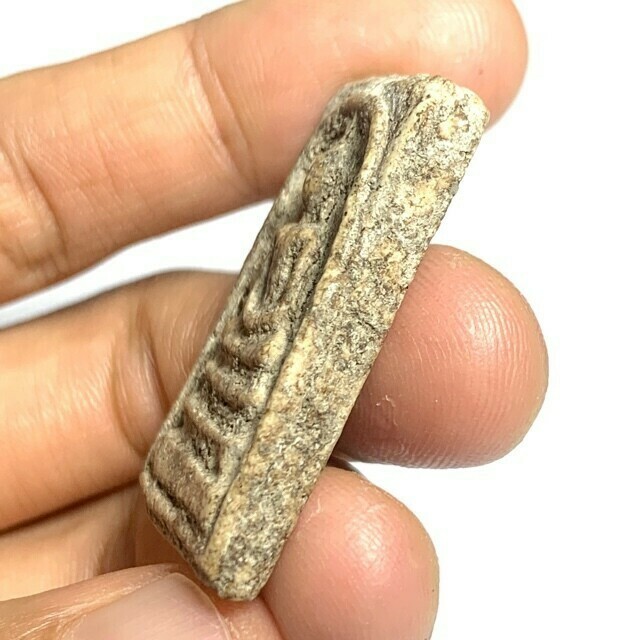
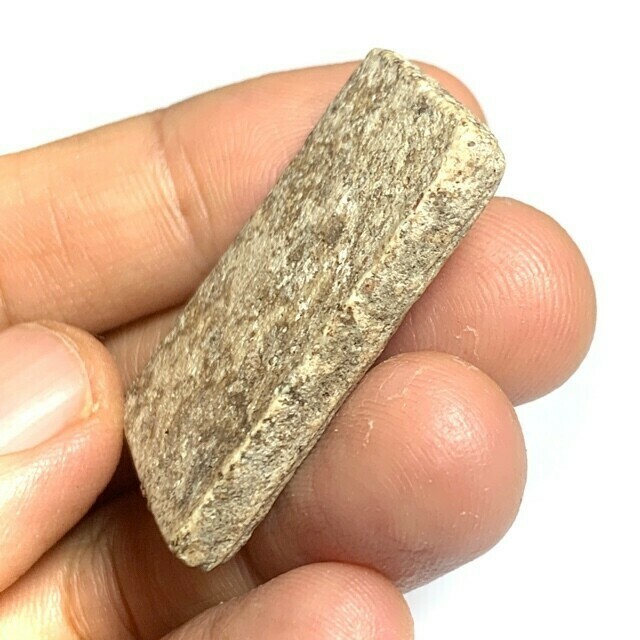
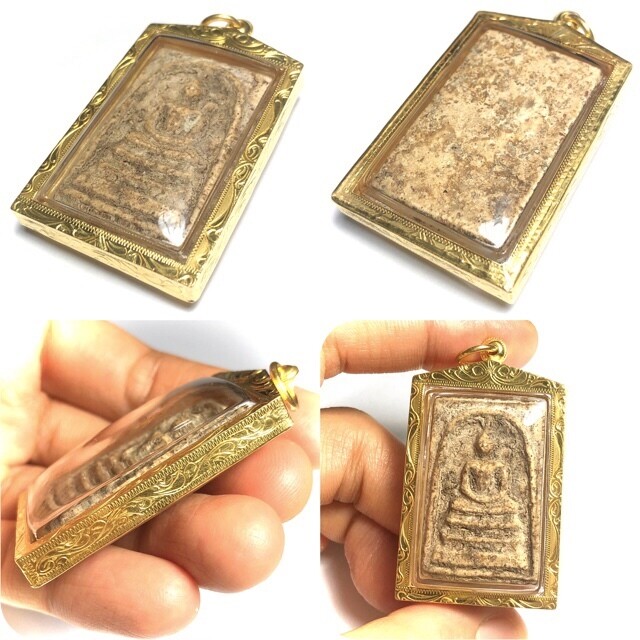
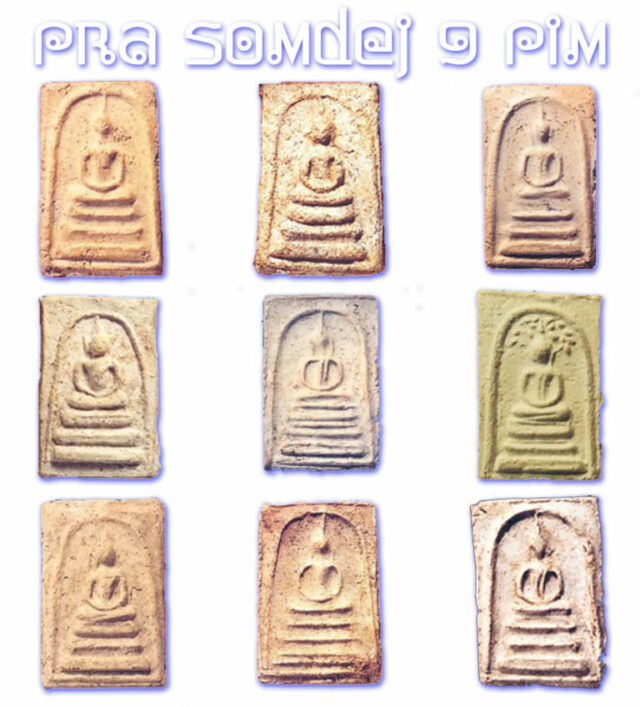
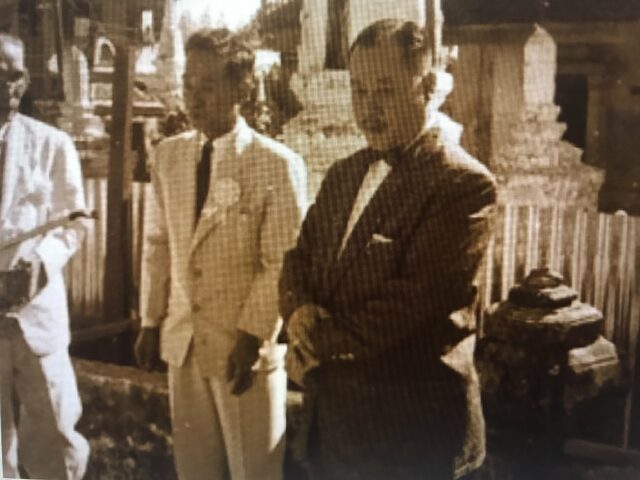
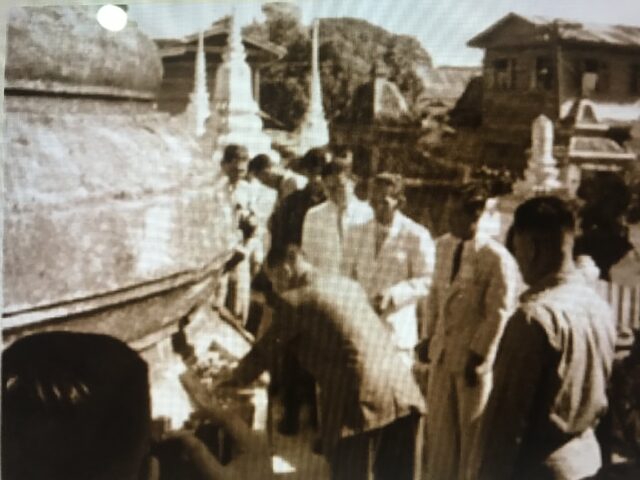
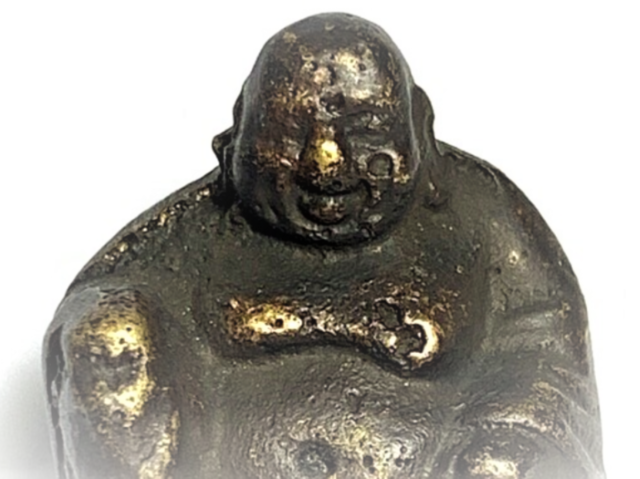
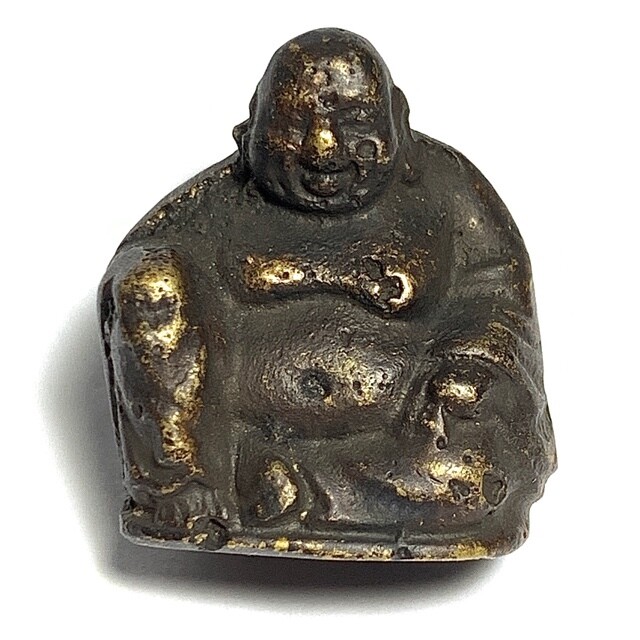
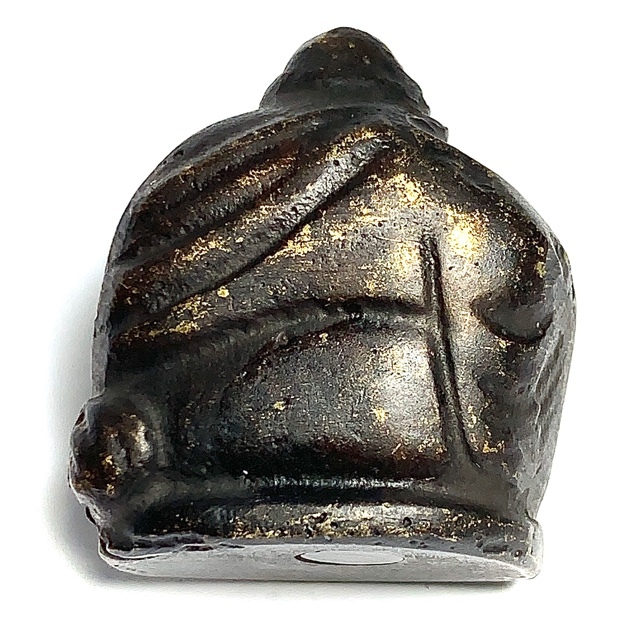
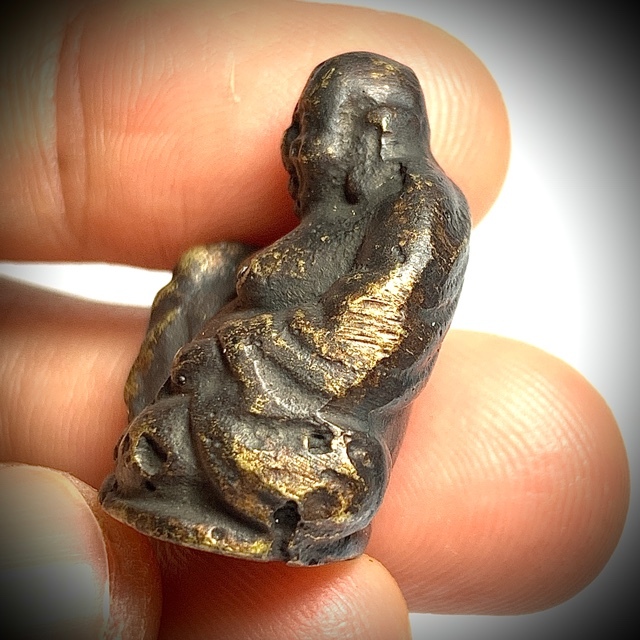

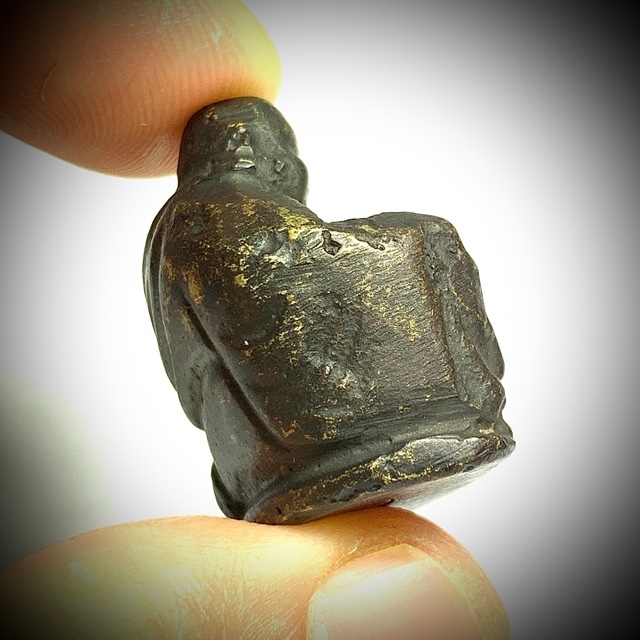

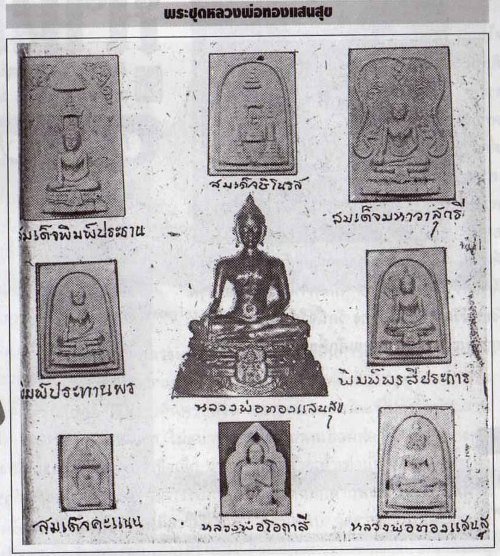
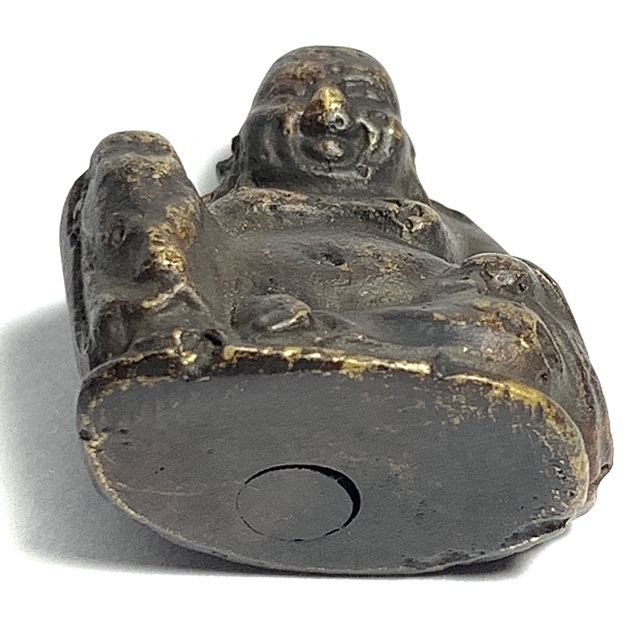
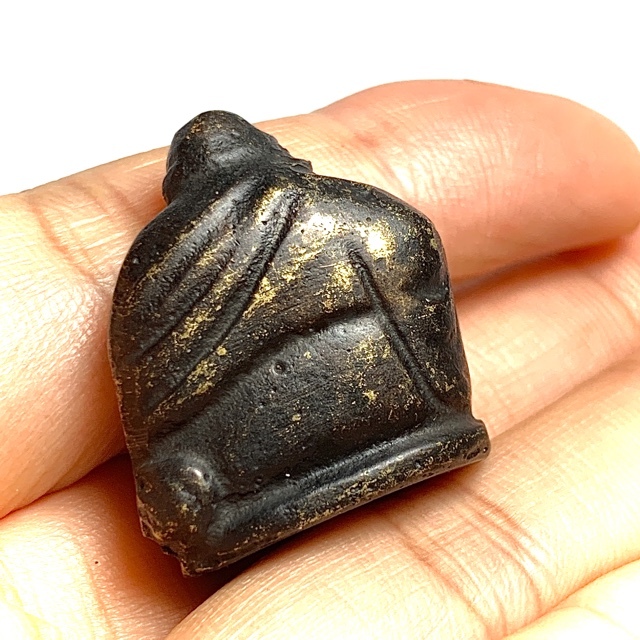
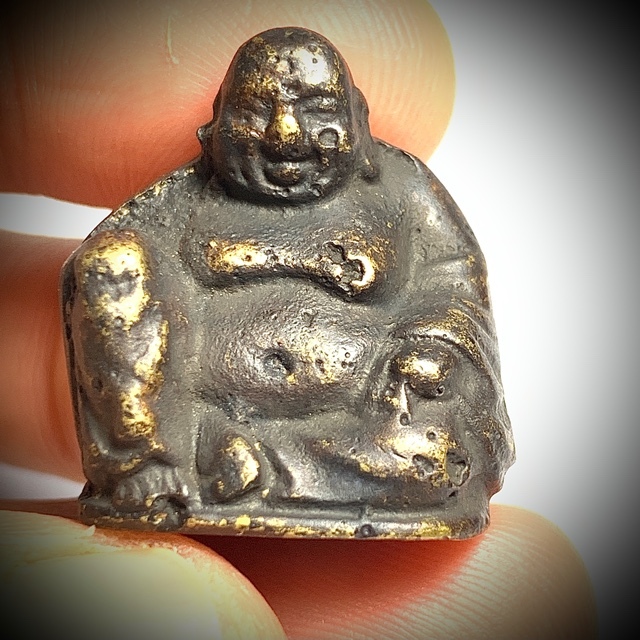
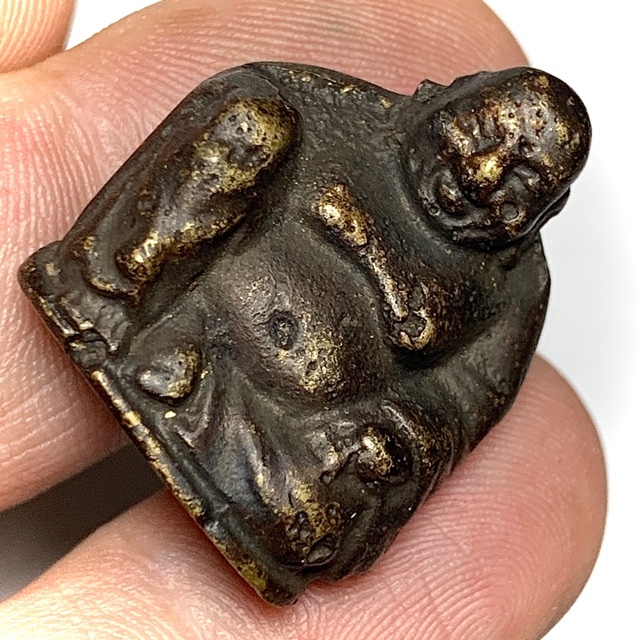
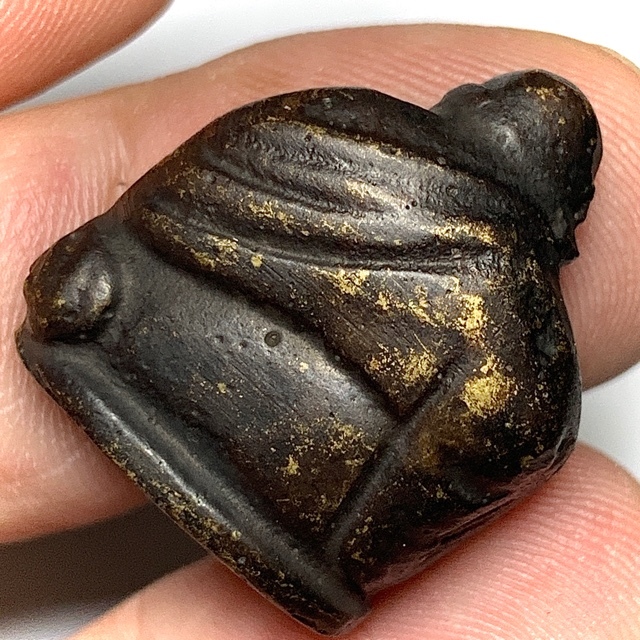
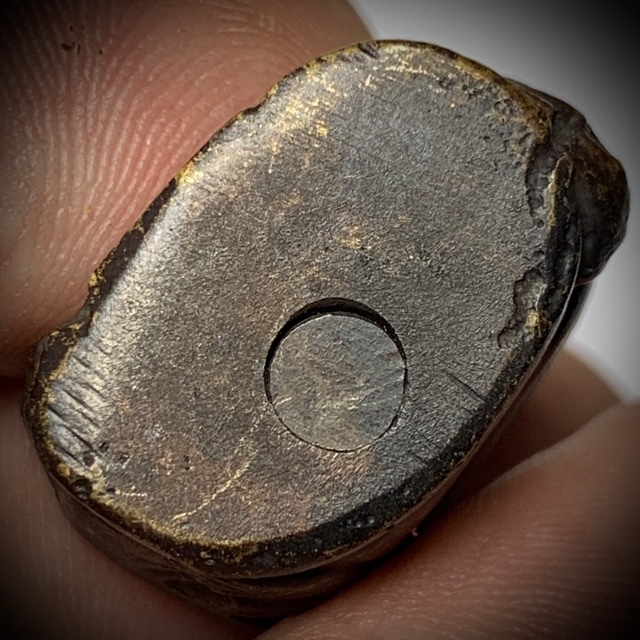

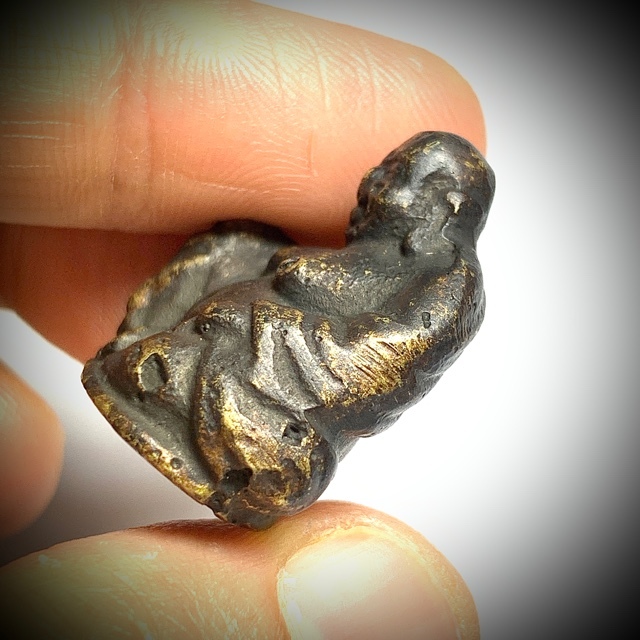
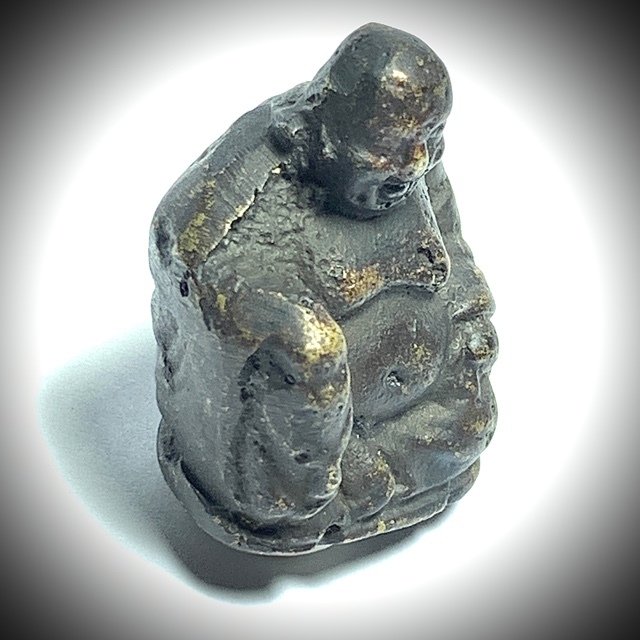
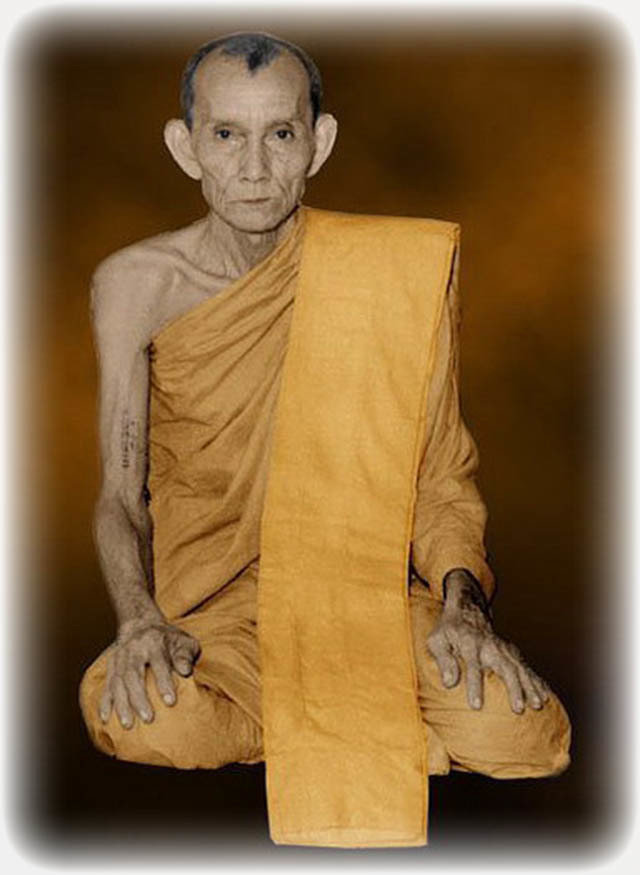
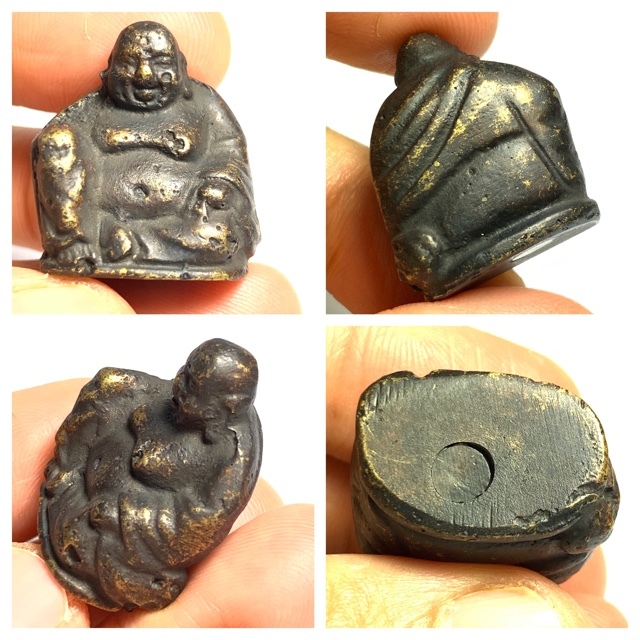
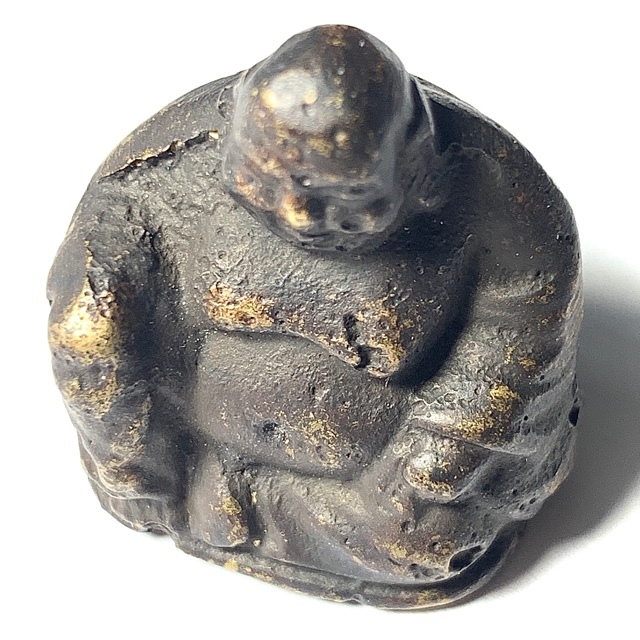
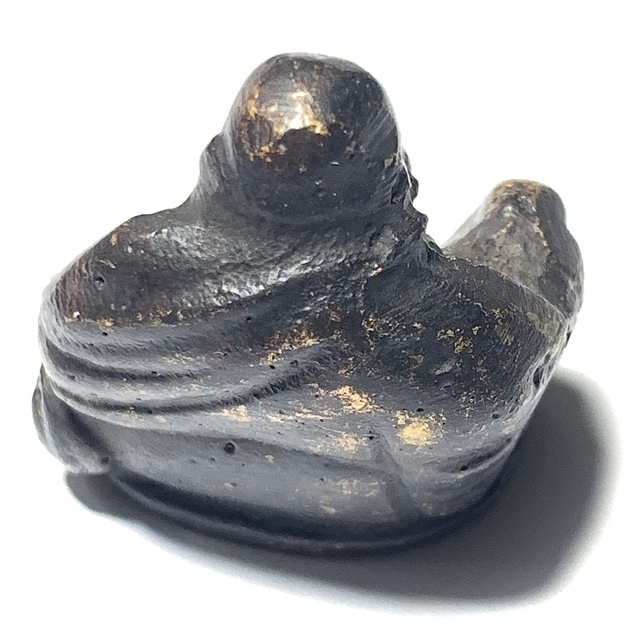 This ritual involved the Adept knowledge of the ‘Reuks Mongkol’ Buddhist Auspicious alignments, the ‘Reuks Jone’ (Gangster Alignments), Inauspicious Alignments, and the ‘Reuks Bun Paya Marn’ Demonic Influential Alignments. This means that it did not matter who wore his amulets, Good people would wear them, Gangsters would wear them, anybody could wear them without loss of magical effect.
This ritual involved the Adept knowledge of the ‘Reuks Mongkol’ Buddhist Auspicious alignments, the ‘Reuks Jone’ (Gangster Alignments), Inauspicious Alignments, and the ‘Reuks Bun Paya Marn’ Demonic Influential Alignments. This means that it did not matter who wore his amulets, Good people would wear them, Gangsters would wear them, anybody could wear them without loss of magical effect.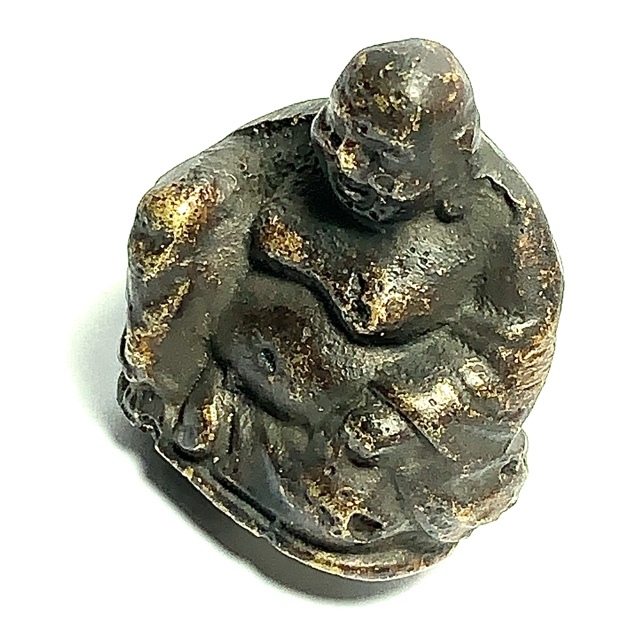

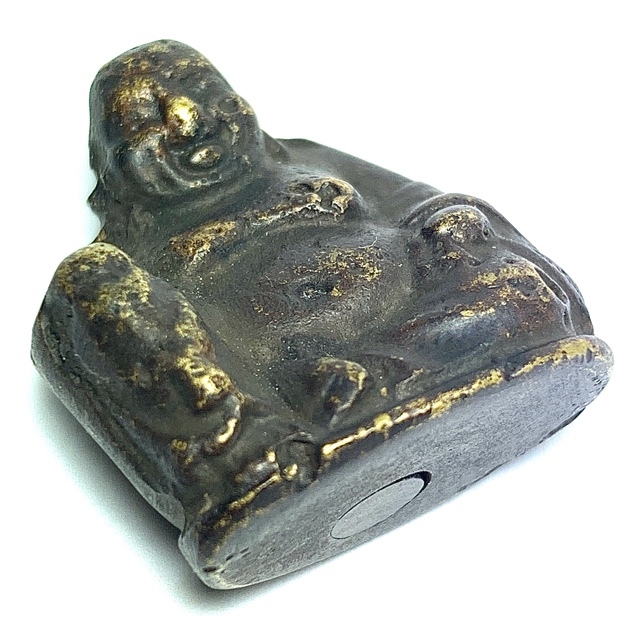
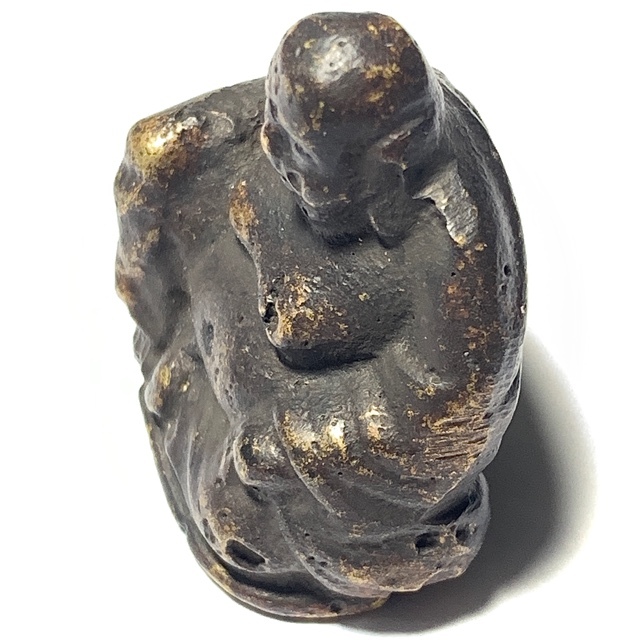

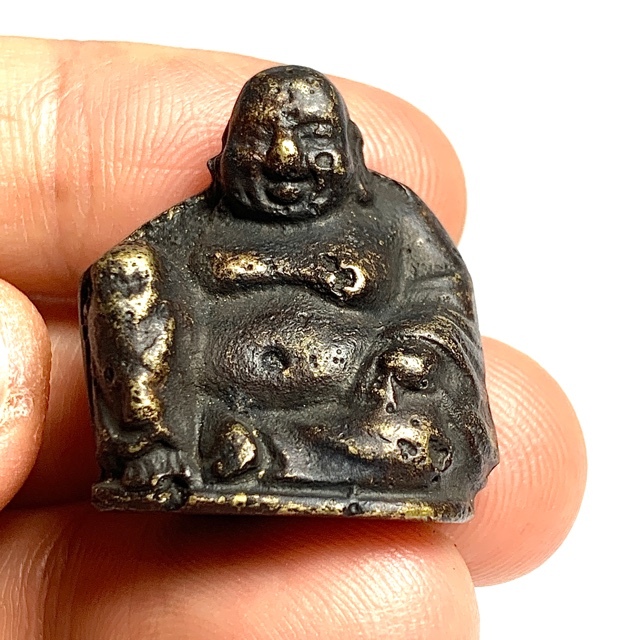

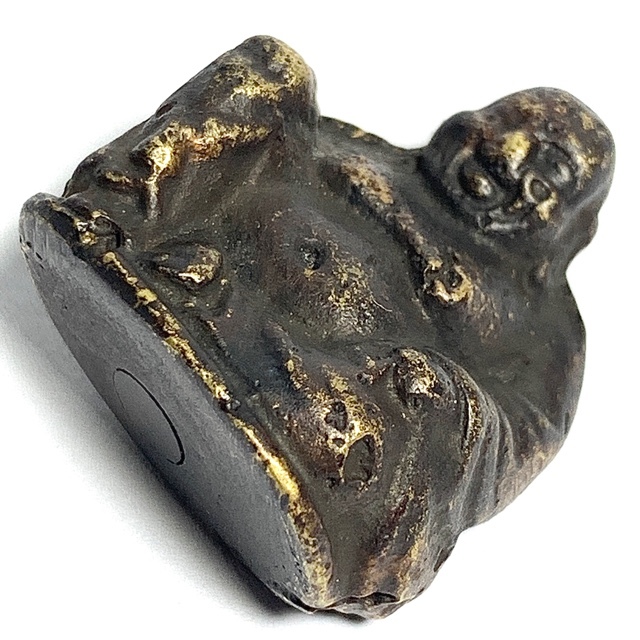
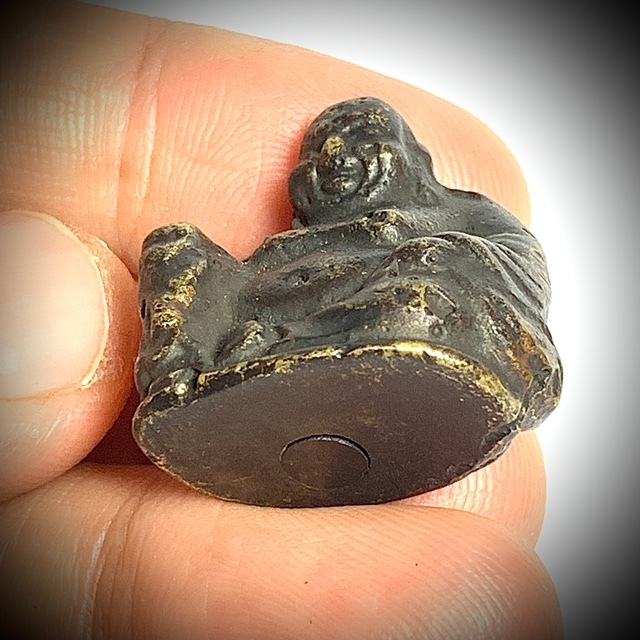
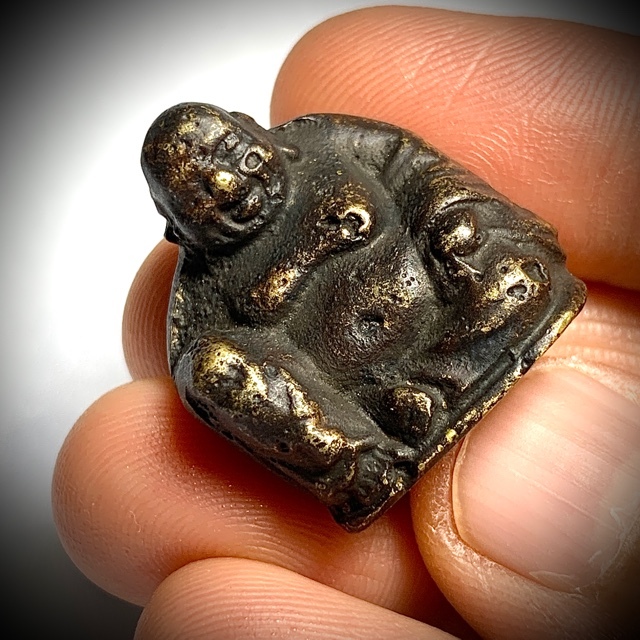 Trai Soranakom
Trai Soranakom